EXCLUSIVELY FOR RAIL INDUSTRY LEADERS



May 2023

















Giuseppe Marino Green transformation is the destination Network Rail and LNER
Emergency response training
Mike Roberts Teamwork makes the dream work
Terina Keene Reflecting on her time as CEO of the Railway Children


VERNON EVERITT
Greater Manchester’s trailblazing new transport devolution deal
Discover potential. Drive performance.



With over 30 years’ experience working in the rail industry, specialising in the safety sector, the OPC provides practical, reliable ways of improving performance and assessing ability.



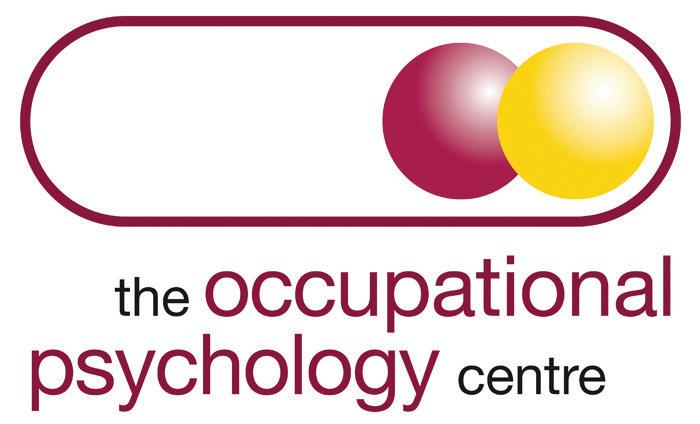











Investment and infrastructure










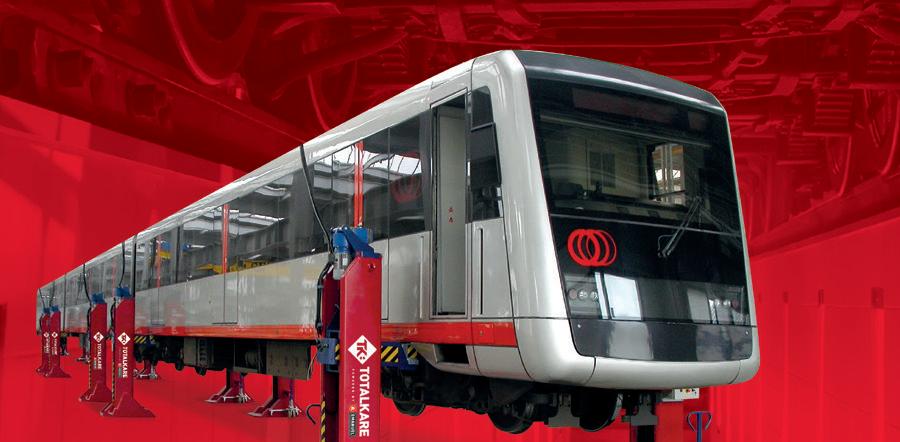







Avery warm welcome to the latest instalment of Rail Director. What a month it has been, it feels like April went by in a flash. I can’t believe it has already been a year of Transport for London operating the Elizabeth line. It is incredible to read that more than 140 million customer journeys have taken place so far, with around 600,000 journeys now being made each weekday. This highlights the importance of the railways and also why we need to keep banging that drum for investment into its infrastructure.
This month has been all go for the team at Rail Business Daily. Even I managed a trip out of the office to visit two former railway carriages at York’s Rail Operating Centre, which are being used to practise emergency response training on a wide range of scenarios. It was a fascinating visit and a facility that will only improve responsive management and collaboration.
This month also saw the return of the UK’s leading rail industry exhibition Railtex. I was unable to attend this year due to holidaying on the Pembrokeshire coast in Wales, but from the feedback of colleagues that went, it was a thoroughly enjoyable event with some great conversations and networking. Events like Railtex are vital in sharing the latest technologies and exchanging knowledge and views, and for us at Rail Business Daily it is a great platform to meet clients and showcase the services we offer.
Turning my attention to this month’s Rail Director and as always I’d like to thank everyone who has contributed, from those who have taken time out of their busy diaries to share their stories, products and services; those who advertise in the magazine, and to you the readers. Without all three Rail Director wouldn’t be the success it continues to be.
I speak a lot about collaboration and May’s cover feature highlights the importance of an integrated public transport ticketing system. Greater Manchester’s transport commissioner Vernon Everitt has been there and done it with Transport for London, and is helping to deliver a similar style network in Manchester. I am excited to follow the journey of the Bee Network, which aims to integrate bus, Metrolink, rail and cycle hire with improved services, simpler fares and integrated. This has to be the way forward in attracting more people to use public transport.
It was also nice to catch up with Scott Parnell’s head of rail Sharon Meek about the innovative materials on some of the largest rail projects in the UK. She is definitely leading the way in driving change, which can only be a good thing for both projects and the environment.
I hope you enjoy the latest edition of the magazine. Please don’t hesitate to engage with us on our journey to continue in being a force for good in the rail industry, as well as being better for business – creating a strong and vibrant community that connects people and organisations. We will always be an advocate for positive change in the rail industry and continue supporting innovation and new technology. As always, get in touch if we can help you to achieve greater success in the future.
All the best,








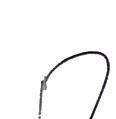
subscribe and encourage your colleagues and team members to do the same. It’s free and it’s easy: www.railbusinessdaily.com. This is the very best way to keep abreast of what is happening on Britain’s railways. There is a digital copy of Rail Director on our website.




















Events like Railtex are vital in sharing the latest technologies and exchanging knowledge and views
magazine
Business Daily Group
companies,
hugely popular railbusinessdaily.com. We deliver more than 70 stories a week to +70,000 rail
daily
RELIABLE SYNCHRONISED MOBILE LIFTING JACKS SERVICING TRAINING LIFTING Lifting and inspection equipment you can rely on for all maintenance of rail vehicles. With over 40 years’ experience of high quality, heavy duty vehicle lifting, Totalkare combines world class products with industry leading support to facilitate effective maintenance and repair. LIFTING JACKS & BOGIE LIFTS BOGIE LIFTS COMPLIANT WITH DIFFERENT RAIL GAUGE SYSTEMS 6,000 - 14,000KG HYDRAULIC LIFT PLATFORM equipment you can rely HEAVY DUTY INTRODUCTION 3 May 2023
Rail Director
is part of the
of
which includes the
industry professionals who now subscribe to our 7am
newsletter. Please
Danny Longhorn Editor
6 Creating a buzz with Greater Manchester’s trailblazing new transport devolution deal
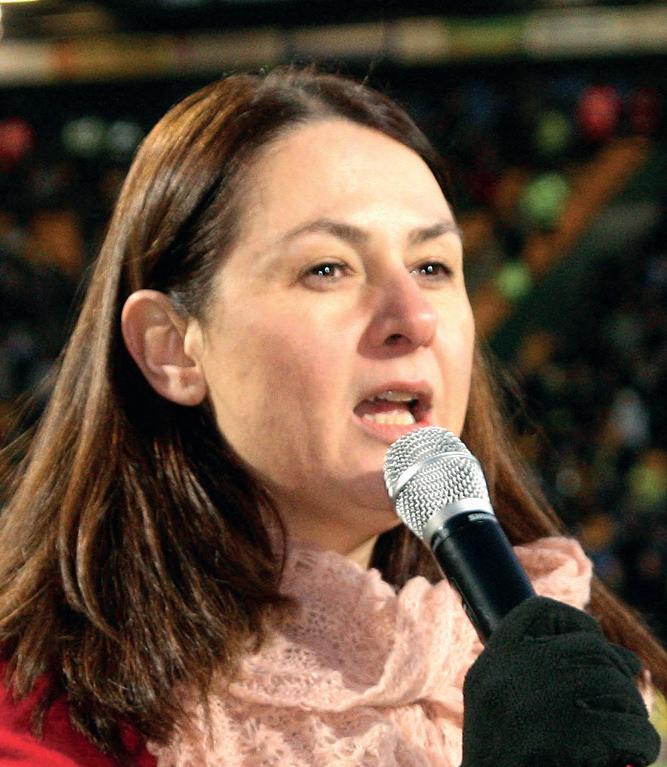
Greater Manchester is on a journey to deliver a London-style integrated public transport system called the Bee Network. Transport commissioner Vernon Everitt explains more
18 Two decades of global experience
Stuart Bosley has more than 20 years of global experience in the commercial delivery of major infrastructure programmes. He speaks with Rail Director about his new role, managing director of quantum and project advisory at DeSimone



30 Emergency response training

Network Rail and LNER have opened up their emergency response training facility at York’s Rail Operating Centre to other organisations. Network Rail’s Sam MacDougall and LNER’s Warrick Dent and David Hughes explain more
38 Elizabeth line on track to break even by the end of 2023/24 financial year
More than 150 million journeys have taken place across the Elizabeth line in its first year since opening on May 24, 2022, with around 600,000 journeys taking place on weekdays
68 Teamwork makes the dream work
Railway Chaplain Mike Roberts writes about the importance of celebrating the individuals and recognising the potential of our teams, in his quarterly column for Rail Director
May 2023
18 72 82 Times House, Bravingtons Walk, Regent Quarter, London N1 9AW | +44 (0)20 7042 9961 | david.hiscock@rmf.co.uk www.rmf.co.uk
CONTENTS 4
RMF is a leading provider of railway reservation based international settlement and clearing services, providing sophisticated revenue and cost allocation, including business critical management information.
Inside Track – May 2023





An in-depth look at what is happening across the industry by those who make the decisions. This issue’s features include: A look at the recent SIFER railway industry event in France, an overview of the Siemens factory in Goole and a report from the recent Innovation Conference on the rise of digital technology


danny@railbusinessdaily.com







Terina Keene has stepped down as chief executive officer (CEO) of the Railway Children. She shares her story at the charity, which fights for street children 76
Chief executive Simon Jones has described it as an opportunity to support not only the rail industry and its significant supply chain with the services provided, but also with the wider innovation potential that exists at the site

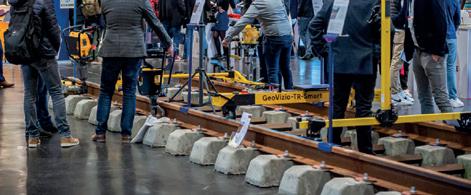


nigel@railbusinessdaily.com Advertising Team Christian Wiles chris@rbdpublications.com Amy Hudson amy@rbdpublications.com
John Sergeant, Peter Davison and Paul ‘Piglet’ Middleton have travelled from London to Scotland using only the power of steam. They share the journey




May 2023
046
Published by RBD Media 15 Mariner Court, Calder Park, Wakefield WF4 3FL Printed by The Manson Group © 2023 All rights reserved. Reproduction of the contents of this magazine in any manner whatsoever is prohibited without prior consent from the publisher. All rights reserved. Reproduction of the contents of this magazine in any manner whatsoever is prohibited without prior consent from the publisher. For subscription enquiries and to make sure you get your copy of RailDirector please ring 0800 046 7320 or email subscriptions@rbdpublications.com The views expressed in the articles reflect the author’s opinions and do not necessarily reflect the views of the publisher and editor. The published material, adverts, editorials and all other content is published in good faith. VERNON EVERITT EXCLUSIVELY FOR RAIL INDUSTRY LEADERS Giuseppe Marino Green transformation is the destination Network Rail and LNER Emergency response training Teamwork makes the dream work Terina Keene Reflecting on her time as CEO of the Railway Children May 2023 Greater Manchester’s trailblazing new transport devolution deal
Tel: 0800
7320 Sales: 020 7062 6599 Editor Danny Longhorn
Designer/Production Manager Chris Cassidy Production Editor James Jackaman Director of Marketing Phil Loades Editor (Inside Track) Nigel Wordsworth
72 ‘I will be forever proud of what we have all achieved for children and young people’
GCRE
investment
launches
Invitation to Tender
International news round-up
Movers and Shakers
Letting off steam
80
82
90
insurance
As part of Marsh we provide insurance and risk solutions to over 1,000 rail clients globally. See how we can help your rail business today. This is a marketing communication Marsh Commercial is a trading name of Marsh Ltd. Marsh Ltd is authorised and regulated by the Financial Conduct Authority. rail@marshcommercial.co.uk 42 SIFER 2023 48 Goole gets going 54 Realising the benefits of innovation
Keeping our rail clients rolling, the
experts in your field.
Now well over its COVID break, the rail industry is hosting a plethora of events. Inside Track visits three May 2023
What an event!
CONTENTS 5
Greater Manchester is on a journey to deliver a London-style integrated public transport system called the Bee Network. Transport commissioner Vernon Everitt explains more
Creating a buzz with Greater Manchester’s trailblazing new transport devolution deal

Greater Manchester is on an exciting journey to deliver a London-style integrated public transport and active travel system – the Bee Network – by 2030. As part of that, earlier this year it was announced the region would get new responsibilities over transport as part of its most significant devolution deal with government.
The new Trailblazer Deal includes more influence over regional rail services as part of the Bee Network vision, which aims to integrate bus, Metrolink, rail and cycle hire with improved services, simpler fares and integrated ticketing.
“The Bee Network will transform how people move around our growing city-region and radically improve what it is like to do business here for generations to come,” said transport commissioner Vernon Everitt, who is driving forward the plans.
“Better rail services are a critical element in delivering this.”
Progress is already being made. As well as the Metrolink tram system, which is owned by Transport for Greater Manchester, bus franchising is also underway with public control of the buses across Greater Manchester starting to take effect from September in Bolton, Wigan and parts of Bury and Salford.
“This is bringing the bus network within the control of the mayor and districts for the first time since 1986, and it is the first region outside of London to utilise those powers under the Bus Services Act 2017,” said Vernon.
“When the three phases of franchising are complete in January 2025 the whole bus network will be integrated with Metrolink with joined-up fares, ticketing – including a price cap – and travel information. Everything will be joined-up with the
active travel network as well, the development of which is being led by Active Travel Commissioner Dame Sarah Storey.”
With better integration between buses and trams, the Trailblazer Deal opens up opportunities with heavy rail, specifically the local rail services which operate largely within the Greater Manchester boundary, similar to the London Overground and the extension of Transport for London (TfL) services which now run as far as Reading.
Conversations are well underway with the Great British Railway Transition Team (GBRTT) about how this can work while also ensuring the efficient operation of the national network.
“One of the first steps – which can happen before integration of lines – is joined-up fares and ticketing and information, something which was central to the success of London’s system,” said Vernon.
INFRASTRUCTURE 6 May 2023
“You don’t have to operate the service to start integrating it and making it more focused on customers and we have agreed with the Department for Transport, Great British Railways and Northern to identify pilots by the end of this year for integrated fares and ticketing. The pilots will be centred on local journeys and embrace other modes of transport such as buses and Metrolink. This is important in giving people a safe, reliable and affordable alternative to car travel.
“A daily and weekly cap is important in giving customers certainty over price. This would mean however much you tap, and regardless of the mode you use, you will never pay more than a specified amount. That simplicity is missing at the moment.”
Laying foundations
The Trailblazer Deal also lays the foundation for greater input into stations, services and strategic infrastructure investment with the creation of the North West Regional Business Unit of the Rail North Partnership and a new GM Rail Board. The Business Unit will enable the Greater Manchester Combined Authority (GMCA) to improve local scrutiny of performance, help shape future service integration with the Bee Network and support the best possible public transport experience for the people and businesses of Greater Manchester.
“The business unit will enable us to take a more forensic look at day-to-day services serving GM, working with the operators and Transport for the
North. The focus will be on frequency and rock-solid reliability,” Vernon explained.
“The GM Rail Board will take a more strategic look at infrastructure. These are exciting times with major projects such as HS2 and the Transpennine Route Upgrade, but we mustn’t lose sight of also fixing the long-standing capacity constraints into and out of Greater Manchester, which constrains the delivery of the more frequent and reliable services the region needs. We must sort out the bottlenecks and we will sit down with all the partners involved and hatch a plan.”

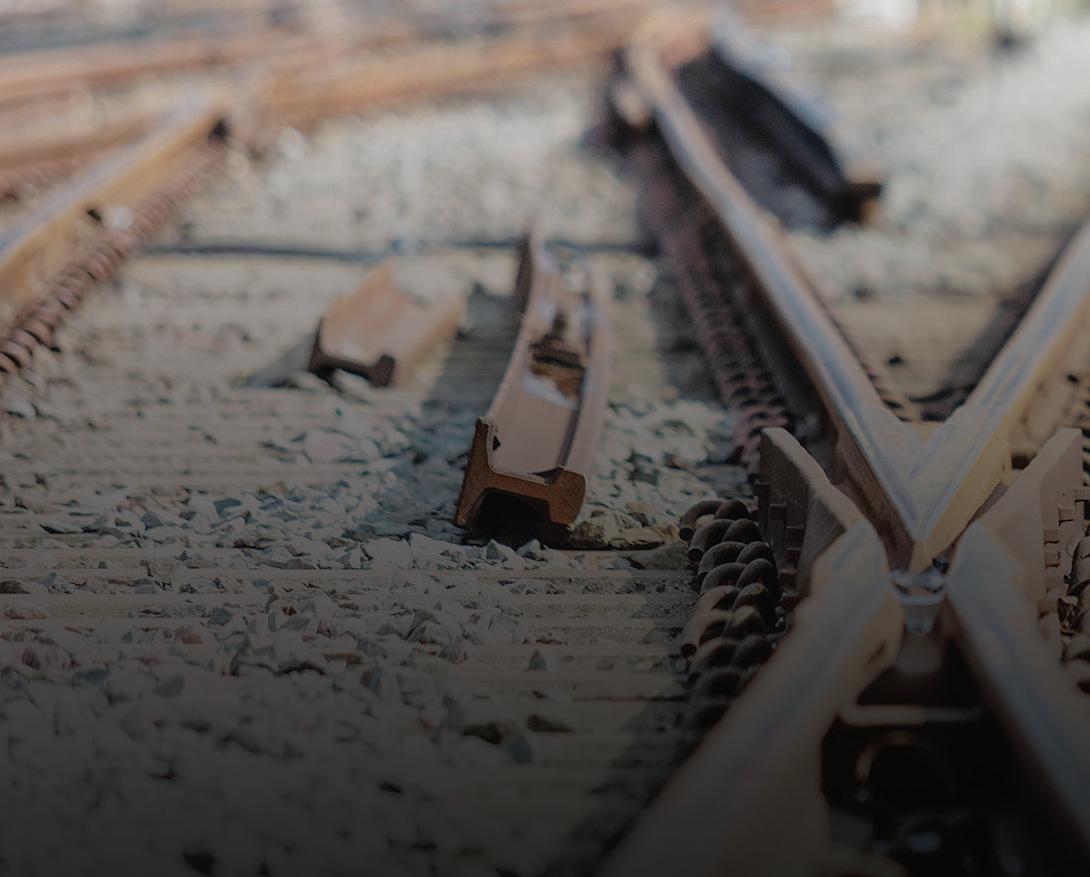
The deal also commits the government and GMCA to identify the specific legal powers needed for Transport for Greater Manchester to effectively tackle anti-social behaviour and fare evasion on the bus network, which may also include having the power to introduce bylaws where necessary.

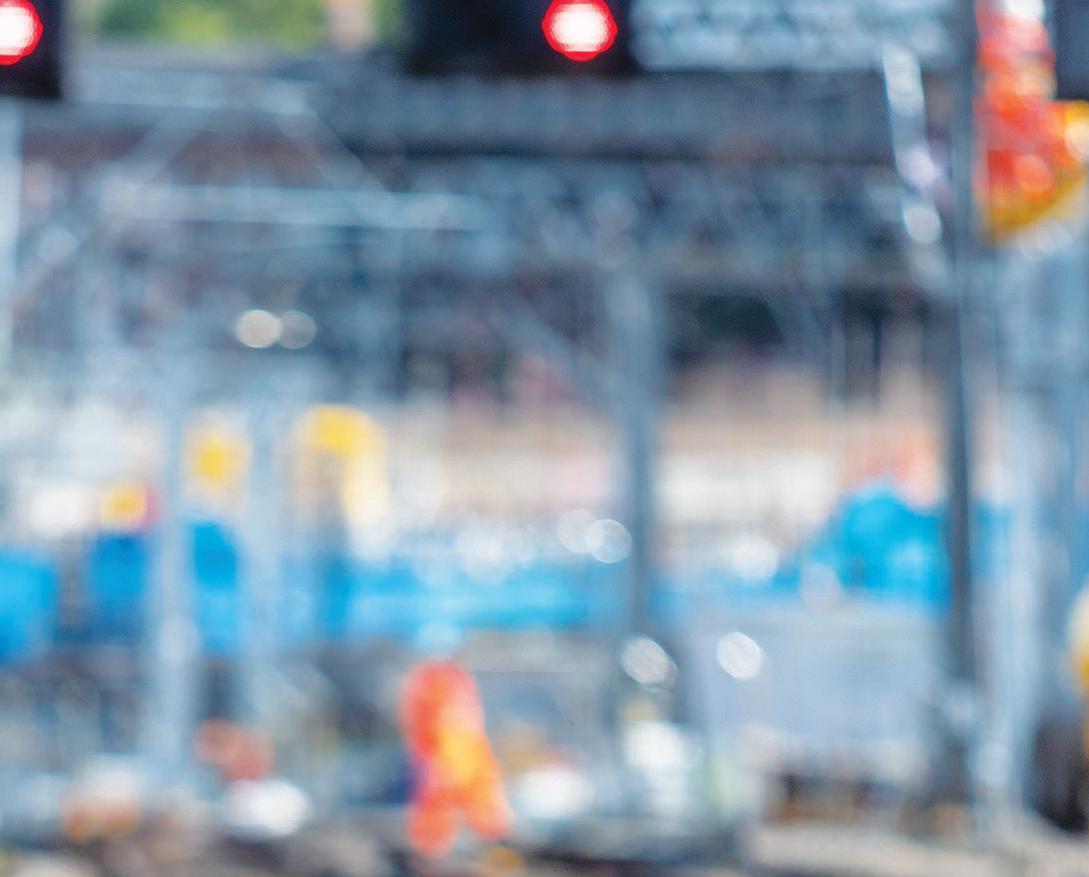
“If you look at what has made public transport in London and other cities around the world successful, it is all about integration and reducing barriers to people’s use of public transport,” ‘Vernon said. “Users want three main things: a safe, frequent and reliable service day in, day out, an affordable service, and they want progress and innovation.
“When those pieces of the jigsaw are put together then more people will use us which means that the population growth we are seeing is sustainable and that more revenue is generated, which will then be reinvested in further improvements in public transport and active travel. There’s a massive market opportunity to develop here.”


Is your project EMC compliant? Work with the EMC experts & stay on track. 0330 430 3456 enquiryyork@euro ns.com www.euro ns.co.uk/york EMC Strategy & Control Plans EMC Test Plans EMC Risk Assessments EMC Project Files & Documentation Reviews
Upgrade INFRASTRUCTURE 7 May 2023
These are exciting times with major projects such as HS2 and the
Transpennine Route
To be able to fully deliver the transport ambitions in the Trailblazer Deal, there is an outstanding issue of securing the financing of public transport post-COVID, and also dealing with inflationary pressures on energy and other costs.
As in London, it requires short-term support over the next two financial years to help further enable what is already a strong recovery in demand.
So far there is a £1.2 billion capital and revenue settlement that has been agreed with government over the next few years, which covers the cost of bus franchising, installing bus priority lanes and also new walking, cycling and wheeling facilities.
He said: “Additional funding is essential in delivering the full Bee Network vision by 2030. In the budget, the government did announce a second wave of City Region Sustainable Transport Settlements (CRSTS) money and we will be making a strong case for investment in GM’s system as part of that.
“We are also in constructive discussions with government about a short-term funding deal which recognises the fact there is still scarring from COVID and which also helps with price inflation.”
Currently, bus ridership is back up to around 90 per cent pre-COVID levels and on Metrolink, it is around 85 per cent. On Tuesdays, Wednesdays and Thursdays during the morning peak and at the weekends Metrolink is up to more than 100 per cent.
Pulling things together
“With strong population growth and new businesses in Greater Manchester, if we get the public transport offer right, we will be above 100 per cent pre-COVID and growing,” he said, explaining the potential with the fact that around a third of households in the region don’t own a car. “There are the markets there and although work patterns have changed, ridership is coming back and if we get the offer right more people will use us.
“The work we are doing is about pulling everything together and making it more convenient for the three million people that live and work in the region. The more people we can attract to public transport and active travel, the more we can invest and keep that investment rolling.
“We have to ensure that public transport is for everyone, which is why the focus is on making sure networks are accessible, which can be hard at times with Victorian systems.”
Vernon spoke with Rail Director shortly after marking a year in the role of advising Andy Burnham, Mayor of Greater Manchester, and working with Transport for Greater Manchester, borough leaders and their teams, central government, Network Rail, businesses, consumers and accessibility groups to deliver the Bee Network.
“I was attracted to the role by the clear vision for the region by the Mayor and the 10 leaders of the combined authority,” he said. “I had 15 years at TfL and extensive experience in delivering effective public transport and active travel networks and much of this has application in GM.
“The vision for Greater Manchester is compelling and deliverable. This region is growing, in some areas faster than anywhere else in the country, and it is evident that we need to offer a public transport

and active travel alternative to accommodate that population growth in a sustainable way.”
At TfL, Vernon held a number of senior positions and was responsible for customer, communication and technology/data strategies and their delivery, with an emphasis on putting customers at the heart of the organisation’s operations. He led the successful pangovernment and transport industry marketing and communications strategy for the London 2012 Games and was TfL’s pandemic recovery director.
“TfL is staffed by wonderful people, and I thoroughly enjoyed my 15 years there and learned so much, especially that public transport is all about what it enables and does for people’s lives,” he said. “The team that worked on fares ticketing are world-class. They were the people who demonstrated that contactless payment could work to build on the Oyster card.
“The creation of the London Mayoralty in 2000 was crucial because things started to happen with a democratically elected mayor, who was a single point of accountability. It gives the confidence that there is somebody accountable.”
Taking inspiration from the success of public transport in London, Vernon is passionate to have a similar impact in Greater Manchester in writing its next chapter.
“The motivation for me continues to be delivering a better and a more sustainable way of life for people,” he said. “Public transport is for everyone and should give everybody an equal chance in life.
“That is what the Bee Network is all about, bringing public transport and active travel together and making it more convenient for the three million people who live and work in the region.
“Come 2030 I would like to see public transport and active travel fully integrated and focused on customers, with a significant reduction in car journeys. I want people holding out Greater Manchester as a model and I’m confident we will get there. People will really start to feel the benefit over the next few years, optimising the economic and social development of the region.”
TfL is staffed by wonderful people, and
INFRASTRUCTURE 8 May 2023
I thoroughly enjoyed my 15 years there and learned so much
TBF offers financial and medical benefits, a wide range of complementary and alternative therapies, bereavement grants and welfare advice. Supporting members during times of need, hardship and distress for less than 20p per day. £1.25




















































































































































































































































































































ABOUT PEOPLE
in
transport... ...people like you!
TO 2023: ONE HUNDRED YEARS
FOR
DURING TIMES OF NEED.
ALL
people working
public
1923
OF SUPPORT
PUBLIC TRANSPORT WORKERS
a week covers you, your live-in partner and dependent children. Join online today www.tbf.org.uk Transport Benevolent Fund CIO, known as TBF, is a registered charity in England and Wales, 1160901, and Scotland, SC047016.


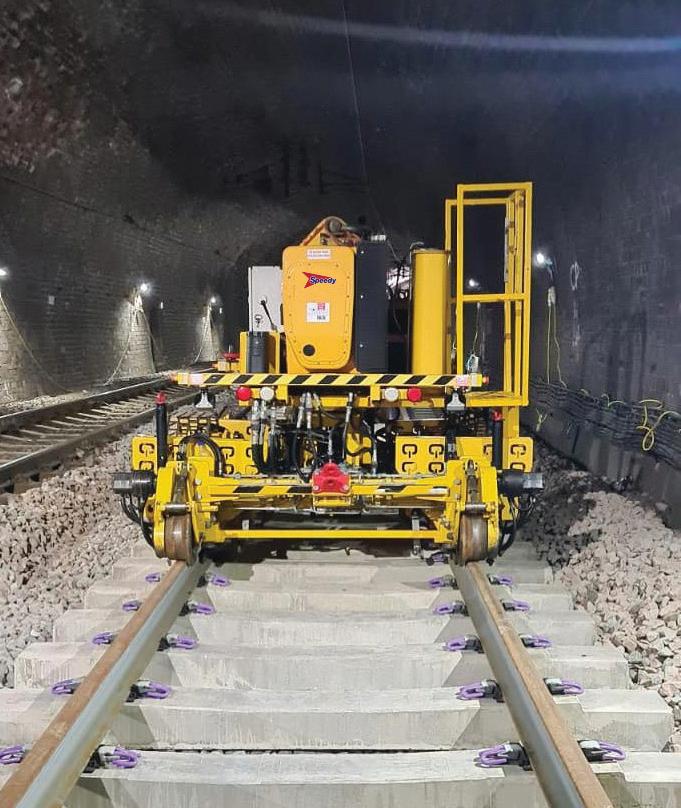

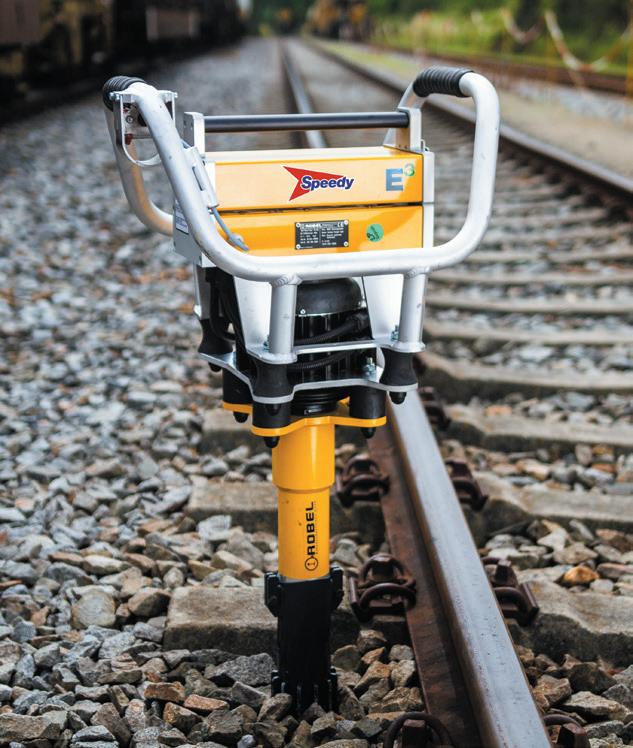
SEE US AT RAIL LIVE STAND F9 FROM ONE RAIL SPECIALIST TO ANOTHER 24 hours a day, 7 days a week. trust us to deliver Trackside Lighting and Lighting Towers Track Tools On Track Plant and Operators Tools and Cordless Working At Speedy Rail, we have the widest choice of innovative products and services to help you keep the UK’s rail, metro and tram network running smoothly. Visit www.speedyservices.com/rail-services Scan here to find out more about our rail products and services VIEW AND DOWNLOAD OUR EBOOK
support from RIN
Events – by Antoinette Stevenson, Sales and Marketing Manager at Jobson James Rail

the rail industry together

The Jobson James Rail team provide networking opportunities and commercial support at our Rail Infrastructure Networking (RIN) events.


These events were created to help railway infrastructure supply chain companies market themselves at a notfor-profit event to showcase their services to major buyers at a reasonable cost. The exhibition provides the ideal opportunity for businesses of all sizes to promote themselves and meet with some of the biggest names in infrastructure.
RIN events boast an impressive attendee list, and expected visitor numbers of 600+, the continued support from Tier 1 Principal Contractors
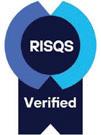
and major buyers demonstrates the value of these events.
Our last event, RIN London (9 March 2023) was a sell-out show, the biggest RIN event to date. We welcomed 98 exhibitors together with
a footfall of over 600 rail professionals from 382 rail infrastructure companies.
The RIN team at Jobson James Rail are already confirming bookings for the next event in the Rail Infrastructure Networking calendar – RIN Derby which will be held on Thursday 21 September 2023.


Hosting 100 exhibitors at the Derby Arena, RIN Derby will provide a huge platform for infrastructure companies to launch new products and services, maximise their opportunities, strengthen partnerships and build new relationships to achieve growth.
We will be running our popular Meet the Buyer event at RIN Derby, where exhibitors can apply for private meetings with the senior procurement

managers from leading rail buyers, Network Rail and the Department for International Trade.

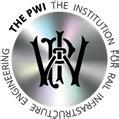
As a guide, the RIN London Buyers included AmcoGiffen, QTS, KAD (DLR), Murphy’s, Story, Network Rail, TFL and DIT. We are delighted to confirm that Costain will be joining the MTB team for the first time in Derby.

The final Derby procurement panel will be announced in early June, full details together with the application link will be available on the home page of our RIN website.
For more information and to book your place at RIN visit www.rinevents.co.uk or call Antoinette Stevenson, Sales and Marketing Manager at Jobson James Rail – 07849 835412

Contact Keven Parker on 07816 283949 | 0121 4528717 keven.parker@jjrail.co.uk WE ARE A RAIL SPECIALIST INSURANCE BROKER (RISQS LINK UP APPROVED) We insure RRV and Plant Companies • P-Way/S&C, S&T, OLE/Third Rail and Civils contractors • Rolling Sock Turnkey Modifications companies • Manufacturers, Wholesalers and Installers of rail products • ROSCOs and TOCs supply chain Rail Consultants, Surveyors and Design Companies Why us? • Specialist rail knowledge • NEBOSH/Safety approach producing lower premiums • Contractual liability checking Better technical advice • Specialist rail safety consultancy site audits funded by insurers info@jjrail.co.uk www.jjrail.co.uk • We identified that the current insurance policy contained the wrong risk profile for the client. • A site visit took place for one of the clients contracts and a report was compiled detailing the nature of the work. • We successfully reduced their EL PL Premium by 50% resulting in an annual saving of £27,000. • Their Pi premium was reduced by 75% despite improvements in the cover. Jobson James Rail is a trading name of Aston Lark Limited. Registered in England and Wales No. 02831010. Registered office: One Creechurch Place, London, United Kingdom, EC3A 5AF.Aston Lark Limited is authorised and regulated by the Financial Conduct Authority. 0523 50% SAVING RISK REPORT TO INSURERS 20-PAGE CROSSRAIL SITE REPORT 20-PAGE £27,000 SAVING ON INSURANCE PREMIUM HAPPY TO RECOMMEND GENERAL RAIL ELECTRICAL SERVICES CONTRACTOR - £6M TURNOVER £6M TURNOVER
Bringing
Commercial
ADVERTORIAL 11 May 2023
Civils Design Director Samuel Walker and Rail Design Director
Rob Brotherton help to lead SEP Rail Design, part of the growing
SEP Rail Group. Speaking to Rail Director, they explain why a joined-up, forward-looking approach makes for better designs…
Two heads are better than one at SEP Rail Design
At SEP Rail Design, two heads are better than one. Managing Director James Morrow oversees the business’s dayto-day operations, with experienced engineers Samuel Walker and Rob Brotherton leading its civils and rail teams respectively. And, while Samuel and Rob bring different strengths and skills to the table, they share a passion for agile, forwardlooking, joined-up design.
This approach has helped SEP Rail Design to forge strong relationships with some of rail’s biggest names – including infrastructure and freight specialist Colas. Rail Design Director Rob oversees any track design
schemes, with Civils Design Director Samuel taking the lead on civil design projects.

The duo followed different routes into the rail industry; while Samuel started out as a labourer, joiner and brick worker with his family’s business, Rob undertook a technical apprenticeship at the suggestion of one particularly perceptive teacher.
“It was a bit of a fluke,” he remembered. “My teacher suggested it would be ideal for me, and they were right – it was definitely a good fit.”
Rob is now a chartered engineer, CEM and designer, with over 17 years of rail experience – but he still enjoys getting “hands on with design”. Colleague Sam (who
boasts over 10 years of experience) was inspired to join the industry by his uncle, a chartered structural engineer – and roles as a design engineer and design manager followed. In 2018, he established his own business, which merged with SEP Rail Design two years later.
Leading SEP Rail Design
“My role today involves managing and leading any civil and structural design projects,” Samuel explained. “There’s also interdisciplinary management – including working with subcontractors, and the four other businesses in the SEP Rail Group.
ADVERTORIAL 12 May 2023
“Ultimately, I’m the professional head of SEP Rail Design’s civils team, managing resource and the delivery of work.”
Rob leads SEP Rail Design’s track design team, which specialises in everything from plain line and S&C track renewals to enhancement schemes.

He also works closely with SEP Rail Group’s four other businesses – SEP Rail Services (specialising in surveying), SEP Rail Culant, SEP Rail Geotech and SEP Rail Engineering.
A joined-up approach
Samuel and Rob believe that these in-house capabilities set SEP Rail Design apart from the competition.
“It means that there’s one point of contact for a project, and clients can avoid liaising with several different contractors,” Samuel explained. “We try to limit variations and surprises. And, if an issue arises – relating to surveys or vegetation management, for example – we can overcome it in-house, finding the least disruptive, most cost-effective solution. Again, it takes the pressure off our clients.”
Rob added: “We’re in the same building as SEP Rail Group’s surveying engineers, so communication is much slicker. If we notice an issue with a survey, or need further information, it’s quick and easy to contact the surveying team – meaning no delays for our clients.”
In an industry notorious for its siloed working practices, Rob and Samuel agree that this joined-up approach leads to better designs.
“We’re very pragmatic with our designs,” Samuel commented. “We not only understand the technical quality required, but also take constructability into account.”
Key to this is the latest modelling technology, which Samuel believes all design teams should employ.
“We design in 3D and 4D, developing staging models that help us – and the client – to understand how an asset will be built,” he said.
Bringing people along for the journey
Samuel added that, when embarking on a new civils design project, it is important to ‘bring people along for the journey’. DDR (detailed design review) workshops give the team an opportunity to present staging models to stakeholders, ensuring that potential issues are identified, and risks mitigated, at an early stage.
Sustainability is also a priority for SEP Rail Design, and Samuel and his team have developed a system that enables them to capitalise on sustainable improvements.
Rob shares his colleague’s commitment to developing right-first-time solutions.
“It’s important to have the right team, made up of individuals who will get the job done,” he commented. “I like to work quickly and efficiently, getting it right first time. It’s an attitude I developed as an apprentice.”
Design projects
This proactive approach has helped SEP Rail Design to secure a string of contracts with major clients, and Samuel and his team are currently working on a level crossing renewals project for Colas Rail.
“We created a 3D model at GRIP 4, and a 4D staging model as we moved into GRIP 5,” Samuel explained. “It’s helped everyone to understand how we would build the design, and which assets will remain in situ. It’s also enabled us to accelerate parts of the design, and we’ve looked at access options.”
True to their word, the team is also bringing local stakeholders along on the journey.
“We’re working with local landowners, and looking at ways we can improve their quality of life – things like hedgerows for noise cancellation,” Samuel explained. “3D modelling isn’t just better from a clash detection and health and safety perspective – it also makes it easier for local residents to see what’s planned.”
Recent track design projects have given Rob and his team the opportunity to demonstrate their agility.
“There have been some interesting schemes, including an emergency embankment slip renewal in Hook,” Rob added. “It was a last-minute request from Volker Fitzpatrick, and we were agile enough to mobilise in time, delivering track design for the reinstatement of the bank.
“We were also responsible for interfacing with existing infrastructure, and worked with another design company to turn the scheme around quickly. It was a collaborative effort.”
The future of SEP Rail Design
Looking ahead, and both Samuel and Rob are excited about the future of SEP Rail Design. Samuel is keen to see more businesses benefit from its proactive approach.
“I see us offering services to a wider audience, so more people can experience our high-tech, joined-up approach,” he commented. “We’re also looking at the asset hand back process, and how we can make this as easy as possible for asset managers.
“Finally, we’ll be developing our in-house engineering capabilities, and investing in our graduate and apprenticeship programme.”
Rob is also keen to grow his team, adding: “I can easily see it doubling in the near future, and I’ll continue to help team members develop their skills for future projects.”
Opposite: Civils Design Director Samuel Walker (centre)
Below: Rail Design Director Rob Brotherton
It’s important to have the right team, made up of individuals who will get the job done
ADVERTORIAL 13 May 2023
The hidden insulation and HVAC solutions adding value to trains

Siderise specialises in the kind of products passengers rarely see – noise control treatments, thermal insulation, and even innovative HVAC solutions. But, hidden or not, its systems are making a tangible difference on trains across the UK and Europe.
Speaking to Rail Director, OEM sales director David Boon explained that the company’s carefully developed products don’t just guarantee passenger comfort on long journeys; lightweight and rigorously tested, they also improve vehicle safety, efficiency and sustainability.
Carefully developed products
Indeed, when it comes to HVAC and acoustic and thermal insulation, Siderise’s team are the undisputed experts, designing and producing highperforming solutions in line with industry standards – and for major carriage manufacturers.
These products range from lightweight thermal insulation for carriage floors, walls and ceilings, to efficient rolling stock noise control solutions and HVAC ducting systems. Whatever the application, rigorous testing ensures that they are safe, fit for purpose, and easy to install.
“We know what kind of materials are more suitable for particular applications. We’re also focused on safety, and products are tested to the standards given to us by the industry”, said David, who has been with Siderise for over three decades. “As a group, we spend a lot of money on testing – and we often become the experts, because the level of technical detail we’re given is not fully understood by the end user. So, when going to market, we don’t take a broad-brush approach – we investigate and offer a solution the client can be confident in.”
Technical capabilities
These technical capabilities set Siderise apart from the competition, and it currently boasts two facilities, in Hadleigh, South Suffolk, and the Welsh town of Maesteg. The latter (which specialises in passive fire protection for high rise building in the construction sector) is home to a new innovation centre, complete with test furnace.
“We can carry out some fire and small-scale acoustic testing in-house, and we’ve also got really good relationships with test houses, which can do external thermal testing, acoustic testing, and reaction to fire performance,” added managing director Hugh Langley. “So all the products we’ve got in the range at the moment, and the new ones coming through, are fully tested.
“As a minimum, we’ll have fire and thermal testing carried out – and if acoustic tests are required, we can arrange for them too. Test data and technical files are kept up to date, and we ensure that products are in line with current legislation. It’s all part of Siderise’s business ethos, and its commitment to integrity.”
This approach results, not just in safe and compliant products, but peace of mind for Siderise’s clients – who often describe the company as their “top supplier.”
“If our customers require any additional testing for a project, we have the flexibility to work with them and develop it,” he added. In addition to its standard product range, Siderise (which was established over 50
years ago, and also serves the construction, industrial, automotive and marine sectors) can develop bespoke materials and custom blends for these clients.
Technical manager Richard Critchlow said: “Some customers are keen to use the materials they’ve relied on before; they might be working with a train design they’ve used previously, and all the engineering will be based on those existing materials.
“Over the last 12 months, we’ve worked with a customer to source an alternative material to the original specified, and then got them tested to the required standards.. So they’re confident – they’re getting them from a UK source, and know they’ve been tested to the required standards.”
This alternative material hasn’t just resulted in a cost-saving – it has also brought the client closer to achieving its local sourcing target.
“Some of these materials are potentially coming from abroad or further afield,” said Hugh. “So the fact that we’ve been able to source an alternative in the UK has boosted the company’s green credentials, too.”
Siderise has been supplying HVAC ducting, thermal insulation and noise control products to the rail industry’s leading manufacturers for over 25 years. Its team explains how the company is helping clients to realise new efficiencies, and innovating for the future
ADVERTORIAL 14 May 2023
Realising efficiencies
Indeed, the Siderise team strives to identify and realise new efficiencies for its clients, enhancing products and streamlining processes. This might mean cutting acoustic or thermal insulation materials to the correct shape and size before delivering them – a service it’s recently introduced for one customer.


Richard explained: “Where, on the previous contract, they just had sheets of material delivered to them, and prepared these materials to fit into the carriages themselves, we’re working with them to get the CAD files and cut the materials to size and shape before delivery.
“That’s going to save them time on the shop floor. We’re kitting for them, individually labelling and bagging the materials so that, when the technician gets to the right part of the carriage, they can fit with minimum disruption. The customer is very keen on this approach, because it’s also a health and safety issue; they’ve been cutting materials to size on site with knives, and kitting means they can avoid that.”
This simple adaptation will result in cost savings for Siderise’s client, reducing the amount of time it takes to assemble a carriage. With materials now sourced in the UK, it should also reduce lead times – and, by extension, line stoppages.
Finally, while cutting materials onsite can lead to errors and ‘misfitting’, the kitting approach reduces wastage – further bolstering clients’ green credentials.
David explains that, as an industry leader, Siderise has always guided customers in this way, helping them to improve processes and productivity.
“We can work closely with them, hand-in-glove, to share our expertise, and show them the benefits of these approaches – and they’re usually receptive,” he said. “It’s all about supplying them with exactly what they need in the way they need it.”
Major clients
Thanks to its expert service and right-first-time solutions, Siderise has developed relationships with major carriage manufacturers in the UK – including Hitachi Rail and CAF Rail.
While these companies might be well established, David explains that their engineering teams are often relatively new to the industry – and unaware of the degree to which thermal and acoustic insulation products must be tested. He and his team can advise them, drawing on decades of experience.
“Our expertise means we can support them, share our learnings, and run through test specifications,” he said. “It gives them that confidence that Siderise understands the industry and can answer their questions.”
When quoting a client, Hugh adds, the Siderise team does more than just “read the drawings” – it challenges briefs if necessary, helping to identify potential alternatives and cost savings.
“We’re going through the drawings and challenging things – where we think there might be a cost-saving, particularly,” he said. “One recent example was a client that had requested materials in a range of thicknesses. We pointed out that it would be more efficient if we supplied one specific thickness. It’s all about working with them in partnership.”
Hugh and the team believe that these strong UK partnerships with global manufacturers will enable the business to strengthen its foothold in Europe.
“It’s a key part of our future growth strategy,” he explained. “The relationships we’ve built with these major manufacturers in the UK show that we can offer a really good service to the rail industry across Europe.”
Innovating for the future
Sustainability is another key area of growth for Siderise, which recently appointed its first ESG (environmental, social and governance) manager.
“She’s getting very involved across all our sectors, and I think that’s going to be a key focus for us going forward – minimising the environmental impact of our products,” Hugh commented.
Indeed, the business is currently working on a range of ‘green’ projects – from engineering certain materials to reduce the overall weight of train carriages, to reviewing how it manufactures and recycles products.
David suggested that Siderise may be well-placed to support the industry as it explores battery power –although work in this area is still in its early stages.
“We work with a heat pump manufacturer, so we’ve got a good idea of what’s needed,” he explained. “Thermal control and lightweight products are going to be key – because, simply put, the more weight, the more battery you need.”
Hugh added that the company has been able to apply its learnings from other sectors to the rail industry.
“We do a lot of work in the bus sector, and we’ve seen certain operators move from diesel to batterypowered vehicles,” he said. “We developed a range of materials to support this transition and have looked at how we can bring that shared technology across to the rail industry.
“It may even be that we take an existing material and test it to rail standards – and if it passes, we can introduce it as a benefit.”
Indeed, despite its impressive heritage, Siderise continues to focus on the future – and, with a new, lightweight HVAC solution for carriages currently in development, there’s certainly plenty to look forward to.
Visit www.siderise.com for more details
ADVERTORIAL 15 May 2023
As a group, we spend a lot of money on testing – and we often become the experts
Apprenticeships can ease wage infl ation pressure and bring fresh, diverse talent into the rail industry









Supporting rail employers to fi ll skills gaps through apprenticeships




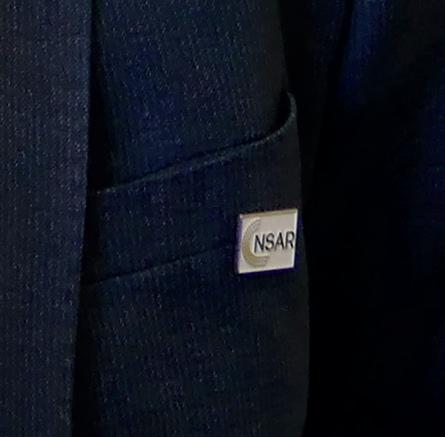
















ADVERTORIAL 16 May 2023
ational Skills Academy for Rail
(NSAR) chief executive Neil Robertson is passionate about increasing apprenticeship numbers – and the role NSAR will play in supporting employers to overcome the barriers they face with apprenticeship provision.
Neil is straightforward about what he sees as the biggest problem in rail.
“We are short of people,” he said. “Wage inflation is costing the industry a fortune. So just at a time when we should be further increasing the number of apprenticeships and the training we do, we’ve plateaued. A lot of people have done some good things to get us to where we are now – 2,500 apprentices per year, approximately – but that’s only about half of what we need.”
Barriers to training
Neil comments on the barriers that are discouraging businesses – especially small and medium companies – from taking on apprentices.
“Many businesses are unsure where to start with apprenticeship delivery and there is a first-mover disadvantage leading to a market failure in training and apprenticeships – employers don’t train as they fear, with some justification, that staff will be poached by the competition,” he said.
“These barriers mean that businesses would rather just go to the market. But the wider market has shrunk, not least because of Brexit but also because of lots of demand elsewhere. It’s good that the industry is busy, that there’s lots of investment, but there are not enough people to service that demand.”
Another part of the problem is training. “Training is a numbers game and typically you would want to have 12-16 candidates for an apprenticeship group or class,” he said. “The medium and smaller companies won’t have enough apprentices for that. So, we need to create viable cohorts for the training providers by working together. Put all that together and you have companies who support training, believe in training but, for a combination of reasons, they don’t do it. And so, they interact with a tight market and wage inflation increases.”
Supporting employers with apprenticeships
Following consultation with the industry, NSAR’s board has set a new top priority – converting latent demand for apprentices into actual demand. As part of its new strategic direction, NSAR is introducing a service called Skills Match.
Skills Match aims to remove barriers to apprentice recruitment by helping employers identify their apprenticeship needs, create cohorts of individuals and match them with the right training and education providers. This includes support with apprentice procurement when needed.
“NSAR’s mandate and expertise put it in a unique position to act successfully as a broker between businesses, training providers and potential recruits,” said Neil. “This is what NSAR was designed to do. NSAR was set up to work with government and industry to fix skills gaps and shortages, market flaws. NSAR designs apprenticeships, quality assures the training market and holds the data. And there’s no conflict of interest because we don’t provide training.”
Why the focus on apprentices to fill skills gaps in rail? Firstly, Neil explained that using apprentices to fill gaps is policy.
“Secondly, we’ve used apprentices for a long time and the industry is familiar with apprentices,” he added. “Thirdly, we have an older, experienced workforce who are committed to sharing their knowledge and apprenticeships are structurally designed to take more experienced people’s knowledge and skills and pass them on. And they’re practical, they work well for some of the very practical roles that rail has.”
He pointed out that apprentices don’t have to be young people or recruits to the rail industry – existing staff or recruits from other sectors are also great candidates for upskilling through apprenticeships.
Benefits to employers and the industry
Neil reflected on the benefits of Skills Match for rail businesses and the wider industry. “Apprenticeships provide a talent pipeline into rail – and they also play a vital role in increasing the social value created by the industry,” he said. “Apprenticeships are a valuable means of bringing diverse talent into businesses that is reflective of the communities rail serves.
“The effect will be that employers will have a better story for their clients, they will be able to refresh their workforce and give local people a chance.”
Procurement in transport infrastructure is increasingly measuring companies’ performance in relation to apprenticeships and wider social value. It is something that is measured at both the bidding and delivery stages. The clients expect the supply chain to be utilising apprenticeships – so hiring apprentices can provide a competitive advantage. Better utilising apprenticeships to create a new talent pipeline and improve skills gaps and shortages will reduce wage inflation in the industry.
“The relentless bidding war for talent is costing us – in some cases – 10 per cent per annum in wage inflation, which is hugely damaging the profitability and credibility of the industry,” said Neil. “Training new people, with the right skills at the right time, will help create the job market competition needed to ease wage inflation. And NSAR’s strategic workforce planning expertise can advise employers and the industry on what the ‘right skills at the right time’ are.”
‘This is a priority’
Benefits aside, Neil is straightforward about the necessity of businesses increasing their apprenticeship uptake. “GBR are making this a priority and we will all be asked to do this,” he said. “We are preparing the industry for a strategic and business question that they are already facing and will only get stronger.”
He acknowledges how hard the rail industry has worked to get to this point but stresses that there is more to be done. “NSAR has worked with the industry to grow the number of apprenticeships to get to the level of 2,500, which is a significant growth, but not enough to create the talent pipeline we need,” he said.
“Our aspiration is to help rail employers set up and deliver great apprenticeships. Addressing skills shortages and training the next generation of rail workers will be a collective effort – NSAR is focused on the role we can play.”
Visit www.nsar.co.uk/skills-match for more details
N ADVERTORIAL 17 May 2023
Training new people, with the right skills at the right time, will help create the job market competition needed to ease wage inflation
Stuart Bosley has more than 20 years of global experience in the commercial delivery of major infrastructure programmes. He speaks with Rail Director about his new role, managing director of quantum and project advisory at DeSimone
Two decades of global experience
As Churchill famously said, “success is not final; failure is not fatal: it is the courage to continue that counts”. This sentiment rings true for the successful delivery of major infrastructure programmes according to Stuart Bosley, managing director of quantum and project advisory of DeSimone’s Construction Consulting Services group.
“The courage to continue despite setbacks and challenges is a critical component of success,” he said. “With a clear vision, effective management, and a commitment to excellence, infrastructure programmes can be delivered successfully, ultimately benefiting communities and economies for years to come.”
Stuart has more than 20 years of global experience in the commercial delivery of major infrastructure programmes from early engagement through to dispute avoidance and resolution.
His experience spans the successful commercial delivery of a £1 billion rail programme, through to representing private equity and major clients with disputes across UKMEA regions within heavy civils, power and transport markets.

“My professional journey has taken me through a range of senior roles in both public and private offices,” he said. “Over the years, I’ve seen firsthand the frustration that can arise when fixedterm frameworks and fee-driven consultancies fail to provide customised solutions that address the evolving needs of clients.
“My experience has given me a deep understanding of what the industry needs, and a commitment to delivering best-in-class solutions to meet those needs.
“One of the most formative experiences of my career was the 15 years I spent running my own privately owned practice across UKMEA regions.
The experience of operating your own business and paying your own wages is something that has helped me to grow and develop.
“I learned that the skillset required to succeed in business goes beyond the core professional competence of a role, and requires a wider soft skillset that largely appears to be inherent. High degrees of emotional intelligence are required to operate at all levels of an organisation, and through my experience of working as a quantity surveyor through to executive board, I learned that your character and the manner in which you conduct yourself are paramount to your success.
“Over the years, I’ve built up extensive international commercial advisory and dispute resolution experience, supported by a professional network that I’ve developed over time. The market may seem large, but for those who have proven results and continue to excel, it’s actually quite small.”
INFRASTRUCTURE 18 May 2023
In the latest chapter of his career, Stuart has been appointed managing director of DeSimone Consulting Engineering, described as one of the world’s pioneering specialists in structural engineering, providing superlative expertise in several areas including façade consulting, integrated design detailing, forensic services, and construction consulting for all types of buildings.
Innovative solutions
“There are several reasons that attracted me to this position,” he said. “Firstly, DeSimone has an exceptional reputation in the industry for delivering innovative and cutting-edge solutions to clients. As a leader in structural and facade engineering further complemented by its Construction Consulting experts, the firm has worked on some of the most challenging and iconic projects worldwide. The prospect of being part of the leadership team of a dynamic and forward-thinking organisation is truly exhilarating to me.
“Secondly, DeSimone’s commitment to sustainability and environmental responsibility resonates with my personal values. I believe that engineering and construction firms have a crucial role to play in promoting sustainable development and minimising our impact on the environment. DeSimone’s emphasis on sustainability not only aligns with my values but also makes good business sense, given the increasing demand for green solutions from clients and stakeholders.
“Lastly, I must mention that Stephen DeSimone
possesses a unique quality as a chief executive, where he actively travels around the world and engages with all levels of the organisation to foster a collaborative culture of solutions. It is a rare attribute to find in a leader, and it further reinforces my belief in DeSimone’s commitment to nurturing talent and driving innovation. I consider myself privileged and thrilled about the prospect of joining such a reputable and forwardthinking organisation.”
History of support
With the support of a proven US organisation with a pedigree carved from a history of delivering more than 10,000 projects worldwide, Stuart says his aspirations are to grow the business “without limitations”. He adds that the ultimate ambition is to retain the company’s position as a global leader in the infrastructure and built environment by delivering exceptional solutions that are underwritten by decades of proven experience.
“Whilst our DeSimone brand will grow with time in the UK, our existing network recognises the credibility and historic delivery experience of our UK team who have over 100 years of combined experience,” he said.
“Our UK team are already seasoned providers of expert construction consultancy services, and the opportunity we provide to both public and private clients is unique. With experienced support from preconstruction and procurement phases, post-contract execution through to optimised final account and dispute resolution remains unrivalled. Our litigation support and expert witness services extend globally with a depth of resource unavailable to most.”
Delivering Performance Improvement through Re-engineering Solutions & Obsolecence Management
• Prototype equipment manufacturing

• Re-engineering and reverse engineering
• Sourcing of obsolete components
• Replication of obsolete equipment
• New equipment build / manufacture
• Repair and testing
• Calibration and certification
Design Develop Integrate Investigate
We deliver a Technical Consultancy Service that offers support through the whole life cycle of products and systems, from concept to installation. Working in collaboration with industry professionals to deliver Innovative Performance Improving Solutions www.park-signalling.co.uk +44 (0) 161 219 0161 sales@park-signalling.co.uk
a Unipar t Company a Unipar t Company
INFRASTRUCTURE 19 May 2023
The prospect of being part of the leadership team of a dynamic and forward-thinking organisation
is truly exhilarating to me
Stuart explains that the key to success, particularly in the construction industry, is for an organisation to be patient, adaptable and resilient.
“The recent changes in the commercial delivery of major infrastructure programs have forced us to be all three,” he said. “The pressures of COVID-19 and geopolitical tensions have added strain to our supply chains, but we have responded by developing resilience plans and embracing technology to improve our processes.
“Just as a building requires a strong foundation, the construction industry relies on strong connections. Technology and data-driven approaches have allowed us to connect and collaborate seamlessly on a global scale, enabling us to deliver expert services remotely and overcome the challenges of a changing world.
“Building Information Modelling (BIM) has revolutionised the way we design, construct, and manage projects, increasing efficiency and improving outcomes.”
Challenges
Stuart continued: “However, economic hardships and global crises have led to an increase in construction disputes, particularly in countries like China, Singapore, Japan, South Africa, and the United Kingdom. Rising costs of materials, labour, and energy have compounded these issues, resulting in an uptick in force majeure claims and terminations. But, with continued advancements in technology, sustainability initiatives, and a focus on collaboration and partnership, we can expect to overcome these challenges and deliver better outcomes for all stakeholders.”
The company is already gathering momentum. Earlier this year, DeSimone Consulting Engineers announced a new agreement to acquire Dowco Group’s global detailing, preconstruction and building information modelling services business.
“It is quite remarkable that a major US organisation like DeSimone can provide such robust support to the UK infrastructure market,” he said. “We have a unique opportunity to bring a fresh approach to the construction advisory industry without the typical sales pressure that’s often associated with private equity-backed conglomerates. Our focus is solely on delivering solutions for our clients and building longterm relationships based on trust and transparency. This approach sets us apart and allows us to create real value for our clients and the communities we serve.

“When it comes to penetrating new markets, it’s important to have a solid foundation built on experience and established relationships. We’ve worked with many of our clients and partners for decades, and they trust us because we deliver results.
“Furthermore, with our recent acquisition of DOWCO, we now have over 600 employed staff who are dedicated to growing our business and providing exceptional service to our clients. And even with our growth, we maintain a personable approach and continue to stay connected with our team members and clients on a regular basis.
“Overall, our strategic growth will be driven by our existing relationships in the market, which will enable us to develop targeted market strategies and potentially lead to other partnerships and acquisitions. At DeSimone, we’re committed to delivering exceptional service and growing our business in a way that benefits both our team members and our clients.”
INFRASTRUCTURE 20 May 2023
When it comes to penetrating new markets, it’s important to have a solid foundation built on experience and established relationship




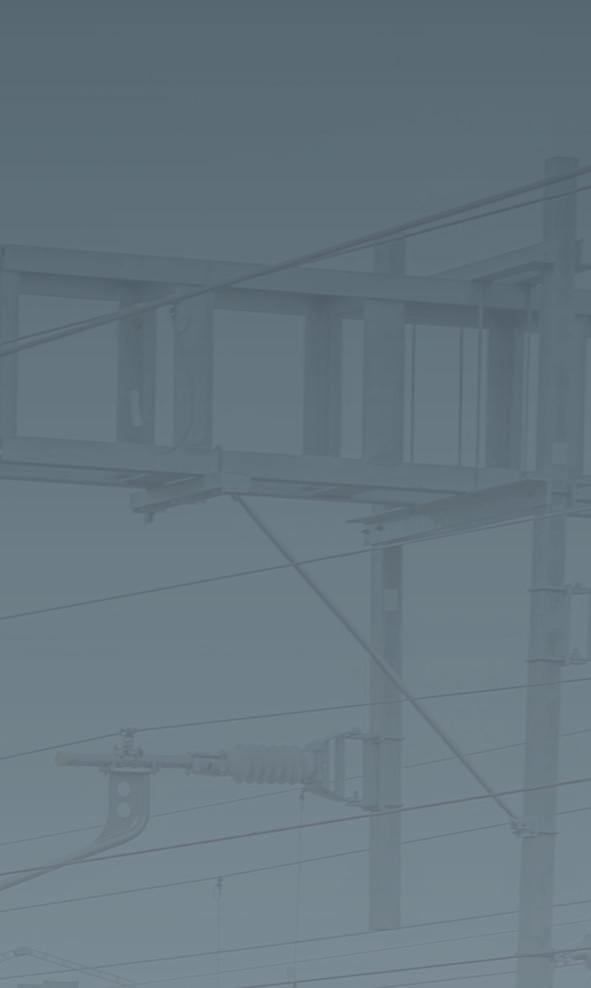













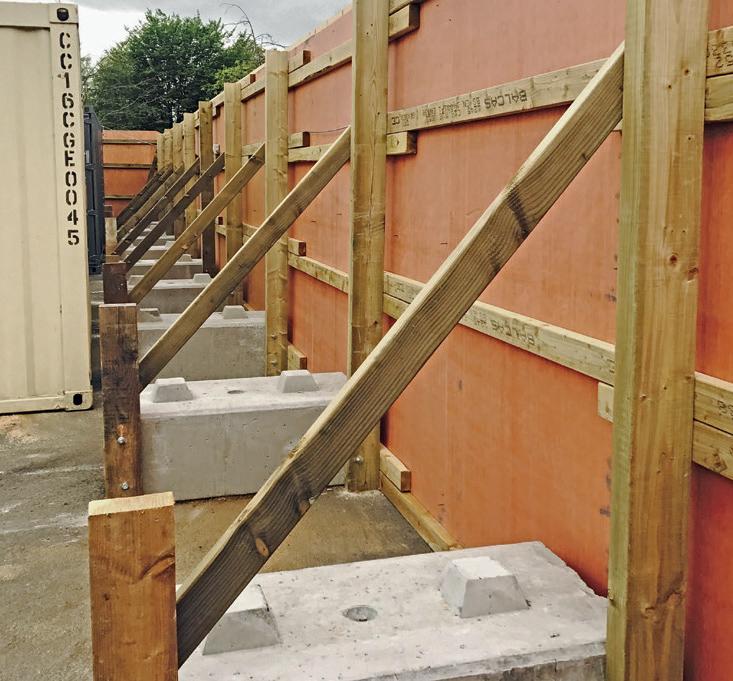

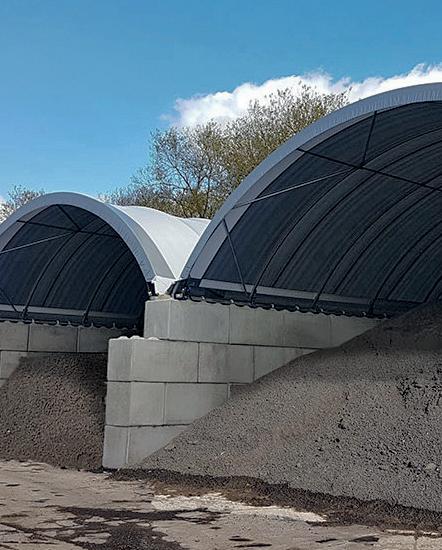








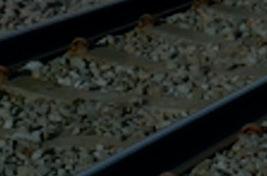



















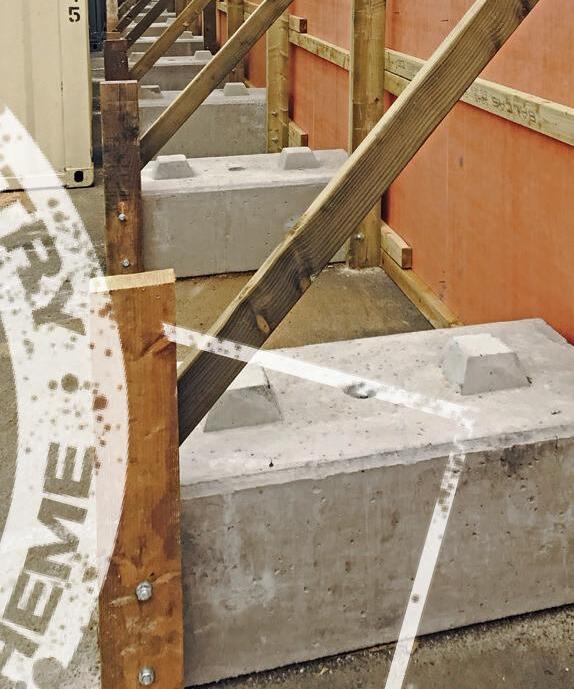



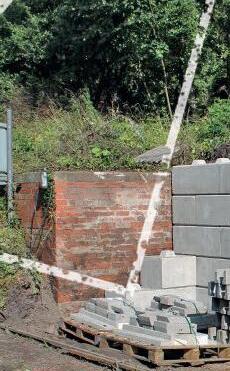






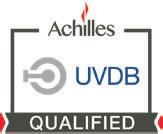
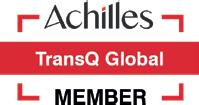











For more information phone 01952 588 885 or browse www.eliteprecast.co.uk or email sales@eliteprecast.co.uk Everywhere on rail networks Elite products are seen in use British made Suppliers to 2012 London Olympics, 2014 Glasgow Commonwealth Games and approved suppliers to Tideway, Crossrail and HS2 (fully compliant transport) Get on track with Elite interlocking blocks and barriers BS EN 1917 & BS 5911-3 BS 5911-
protection barriers avoiding all line closures with adjacent line open
prevention with our multi-purpose Jersey barriers
stabilisation
Elite Duo interlocking blocks
our Legato
scale embankment
the versatile
Workforce
Rockfall
Hoarding
utilising
Large ballast bays with walls constructed from
interlocking blocks Large
retention using
Legato blocks Workforce safety refuges built from Elite Duo blocks
Scott Parnell is supplying innovative materials on some of the largest rail projects in the UK. Head of rail Sharon Meek explains how the company is helping drive change
Providing the platform for sustainability and innovation
lying the flag for SMEs and startups with innovation designed to help all stakeholders from installer through to client, taxpayer and the environment.” That is how Sharon Meek describes the role of independent merchant Scott Parnell.
For the last decade, the geotechnical, civils, signalling, stations and drainage specialist has brought gamechanging products to the UK rail industry for the likes of Crossrail, Transpennine Route Upgrade, Transport for London and HS2.
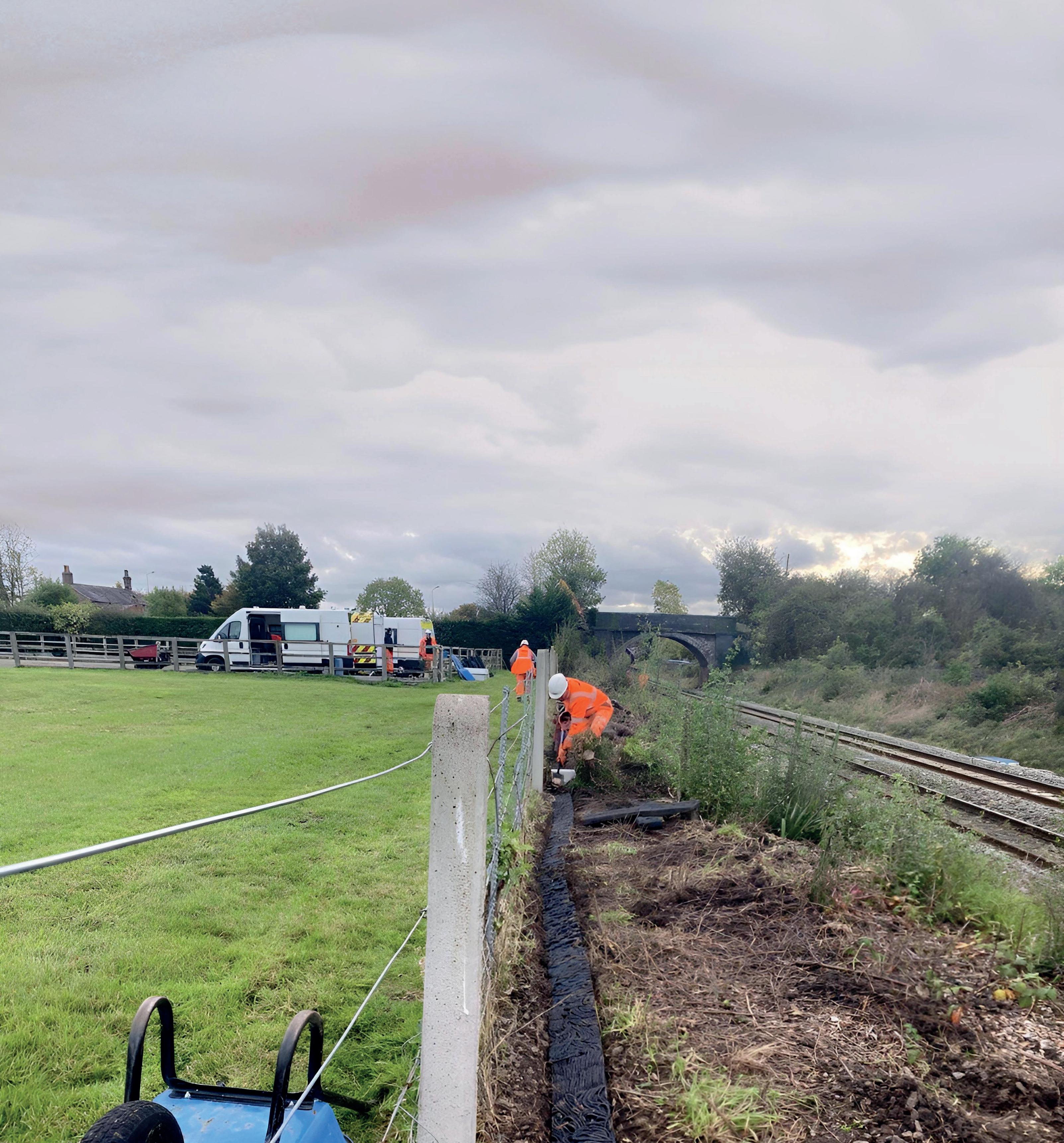
“Our success first and foremost comes down to our people,” said Sharon, the company’s head of rail. “We
are a small team so any project we deal with, or any supply chain partner, they always have a direct point of contact. This ensures we gain an understanding of a project from the very beginning, and we follow that through all the way to material delivery.”
Different to many merchants, Scott Parnell has a specification business development team and rather than working with the contractor at the point of material enquiry they work with the design teams, construction teams, estimators and procurement teams.
“Very early engagement is an important part of our success,” she said. “We are knocking on the door and explaining how we have the products that can cut
the carbon out of construction, make it safer for the installation teams and have that longevity. That is what sets us apart.
“Anyone can sell materials, but offering a range of materials that helps meet client demand is unique to Scott Parnell. We don’t want to engage at the point of sale, we want to be involved at the point of early design, working with them all the way through.”
With a thorough understanding of the rail industry and extensive support and training, it comes as no surprise that so many SMEs and start-ups have turned to Scott Parnell to supply their products to the rail industry, or that those partnerships have been a big success.
“F ADVERTORIAL 22 May 2023
Among the products currently being supplied through Scott Parnell are:
Rapid Route – Anchor Systems International Ltd’s revolutionary elevated cable management system utilising Scott Parnell’s PADS-approved ArcoSystem and Anchor Systems’ eco-friendly, patented Anchor Screw.

Arcosystem – elevated GRP trough system, Network Rail-approved to span 6m between fixings, dramatically reducing the installation cost and time.
Composite ballast board – replacing 60kg traditional boards with 11kg lightweight GRP.
Flex MSE – structures and walls can be built without concrete or steel and are vegetated to meet any biodiversity requirements.
Footprint – a modular railway platform system made from recycled rubber.
Lineworx – a modular concrete drainage channel system which can be adapted to suit site requirements.
TDS-400 – a sustainable track drainage system made from 95 per cent recycled UK plastic.
Techno-Crete – the new alternative to cementbased foundations, made from recycled oils.
TouchSafe – 100 per cent GRP palisade fencing, produced using strong, lightweight materials which are corrosion-resistant.

Sharon said: “We have a proven track record of working with startups and SMEs to bring their innovations to the UK rail sector. Our portfolio currently stands at nine products all of which have the ability to significantly reduce carbon, improve workforce safety, improve whole-life costs and also improve long-term maintenance on the network.
“We are always looking for new products, but we are selective in what we take forward, looking specifically at innovation to do with civils, drainage, building and signalling. Being a merchant, we are in a nice position where we can offer traditional materials and these carbon-friendly alternatives, with a preference to push for the environmentally friendly version.
“We are proud to be the supplier who has the traditional materials, but can offer an alternative which is better for the client, the workforce and the environment.”
Such has been the success of Scott Parnell, that those behind the biggest rail projects in the UK are approaching the company for the latest innovations. A particular success story has been on the Transpennine Route Upgrade (TRU), with the company striking a strong partnership with TRU East Alliance (TRUe).
Among the products being supplied to the project is Complete Composite Systems’ Arcosystem – elevated GRP troughing, which spans 6m between fixings. It is Network Rail approved. Soon Rapid Route will be the route of choice and the new alternative to cementitious post-mix foundations Techno-Crete is used for handrail installation.
“The projects we support are vast and nationwide and nowadays those behind the projects are approaching us as they understand what we are doing
and understand the impact these products can have,” added Sharon.
“We have had phenomenal success with TRUe, a project which has been very open to innovation. Sometimes in our sector, it is hard moving away from standard design details to something new, but we’re noticing more and more that the larger scale projects are becoming more open to innovation. They are seeing the benefits from using the products that we are supplying, which is transitioning across to Transpennine West.”
The Scott Parnell story started in 2012 when friends Dave Scott and Steve Parnell spotted a gap in the market for an independent merchant and decided to go into business together. With 70 years combined experience in the drainage and civil engineering market, they wanted their company to be a smaller, independent merchant, specialising in groundworks and civils and giving customers a truly personal service, while providing expert knowledge on their product range.
“To say we’ve only existed as a business for 10 years, we have established ourselves so quickly and that journey is continuing,” Sharon said. “When the business was set up, we knew we had to have a unique selling point (USP) to make a name for ourselves and had to find something that made us stand out and give customers a reason to come to us.
“When we first sat down what we realised very quickly is the USP we wanted to take forward had to be not necessarily for us, but it had to be client and industry focused because if we were supporting them in what they were being asked to do, ultimately it would support our business and see our business grow.
“Ultimately the products had to support the environment and increase workforce safety, two issues that are increasingly important for clients and the contractors. Having that mindset has paved the way for the business to grow substantially year on year since it was established more than 10 years ago.”
Looking to the future and Sharon is particularly excited about some of the ideas being discussed by the organisations they work with.
“We are working with manufacturers and products that are world-leading, and with the manufacturing processes, materials being used, and products generated, we are setting a standard here and driving the industry forward,” she said.
“What we identified is that there is massive potential for cross-collaboration between those material manufacturers, so the next phase for us has been in bringing the manufacturers together. In an open book policy, we are talking about what materials we use, what manufacturing processes we use and that in turn is generating the next generation of innovation.
“We are working out what we can do with these products and where we can go and it really is quite exciting stuff, with further details to be revealed in due course. There is a lot of exciting stuff going on and it all pays into those initial criteria of buying and developing products that reduce yet more carbon, make working conditions far safer, and reduce maintenance.”
Visit scottparnell.com for more details. Anyone with innovations that they’d like to get into the rail sector can contact the company at sharon@scottparnell.com
We have had phenomenal success with TRUe, a project which has been very open to innovation
ADVERTORIAL 23 May 2023
Karl Clack and Glen Gilmour explain how Viking Resources has been set up with workers and clients at its heart

Building a legacy
At Viking Resources, being client focused is unfalteringly its primary goal. It is for that reason that the recruiter specialising in the railway and construction sectors has established itself as a critical partner to some of the UK’s biggest organisations and projects.
“I was immediately drawn to the compelling vision that underpins Viking Resources – a business that prioritises honesty, and takes care of both its clients and workers,” said Glen Gilmour, the managing director who helped set up the business in 2021.
“Our approach isn’t about reinventing the wheel; it’s about delivering what we promise without cutting corners. We’re transparent with our clients and provide exceptional service, while also offering our workers opportunities to grow and develop.”
Director Karl Clack added: “We see ourselves more as a solutions provider rather than a sole labour supplier.”
Viking Resources specialises in providing labour for the permanent way and civil sectors, with a lot of work on track renewals and maintenance, platform
refurbishment and extensions, structures work, earth works, drainage, and civils works.
A good start
Viking Resources may be a newcomer, but it’s already leaving a mighty footprint in the world of recruitment. In a short time, the company has partnered with some of the biggest players in the industry, including Network Rail and construction giants like Keltbray, Taziker, and Readie Construction. And it’s just getting started. With its dedication to delivering first-rate services and cultivating talent, Viking Resources is poised to shake up the recruitment landscape like never before.
Karl, with an unwavering commitment to the rail and construction industry, has identified a growing concern: the dearth of both skilled and dependable labour. Addressing this problem head-on, Karl and his team are spearheading the development of a training academy. Karl said: “We are seeking to provide a longterm solution to the shortage of qualified workers.
“Through the training academy, we aim to train workers to meet the needs and expectations of our clients, while at the same time encouraging professional growth and development.”
The potential impact of this initiative is vast, as a better-equipped workforce would not only benefit individual workers but also strengthen the industry as a whole.
“It is about understanding the clients’ needs from day one, listening to them and working with them, instead of just being a body shop,” said Karl. “Our success so far has been because we work to be a recruitment partner, working with companies as part of their supply chain. We want to work closely with their delivery teams, their commercial teams and make sure what they need is what they get.”
Glen added: “We strongly believe in upskilling. We train the workers we bring in, and we also treat the ones already on our books as our own employees, putting them through training to retain them as part of our family.
ADVERTORIAL 24 May 2023
“Our mission isn’t just about profits. While we aim to generate value for ourselves and our company, we’re also driven by the desire to create a lasting impact and leave a legacy that extends beyond financial gain.”
With over 25 years of expertise in the rail, construction, and recruitment sectors, Glen’s wealth of knowledge is invaluable to Viking Resources. Having worn multiple hats as a contractor, client, and recruitment specialist, he brings a unique perspective to the table, leveraging both his positive and negative experiences to drive success for the company.


“I am passionate about rail and construction –I’ve been involved in these industries for years and have seen both the good and the bad. Everyone at Viking Resources has the same vision, the same fundamentals that we want to see,” he said. “We are all driven to ensure this is a transparent, decent, and honest company.”

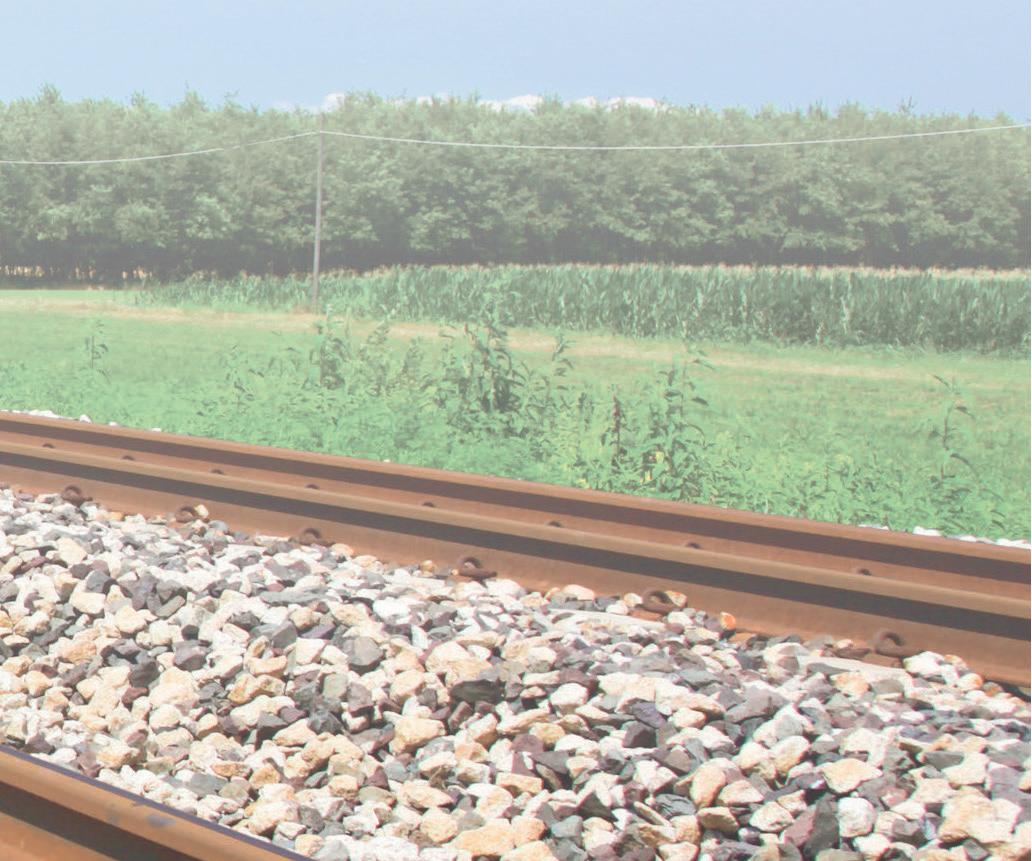

Karl is a newer member of the team, having joined Viking Resources in October, bringing with him a wealth of experience in the rail and construction sectors, and a track record in developing workers.
“I’m really impressed with the open and honest approach and the opportunity I have here to build this business,” he said. “Everything the management has promised to deliver has been put on the table and made available to me to enable the company’s growth.
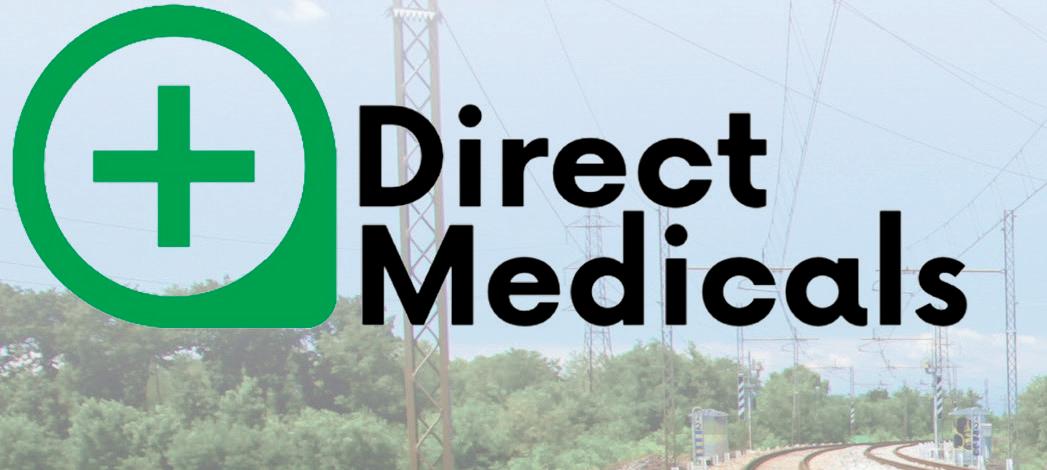
“Building a lasting legacy with this business is everyone’s goal. It’s not about achieving a quick turnaround, but ensuring the company grows
organically and taking care of the people who are instrumental to its success.”
Looking ahead
With the knowledge and experience of the team, the success so far should come as no shock, with some excellent relationships already made, and some exciting conversations being held about future opportunities.

Karl emphasised; “The shortage of skilled labour is a major challenge, and our next step is to ensure that we can effectively meet our clients’ needs by accommodating their requirements. Our own training school is the ideal way to accomplish this.
“We can upskill not only our own workforce, but also the workforce of our clients. By doing so, our clients get a sense of being valued and appreciated.”
Glen added: “With our extensive experience in the industry, we have gained exceptional knowledge and expertise in our field. Despite being a relatively young company, we have managed to establish strong relationships within a short span of 16 months, and I am confident that these bonds will only grow stronger with time.
“We’re here for the long term with a talented team. We are all about maintaining the good level of workforce that we’ve got out, maintaining relationships with the client, and ensuring we have a positive working relationship with everyone involved.”
Visit




www.vikingresources.co.uk or vikingtrainingacademy.co.uk for more details £75 +VAT PTS Medical PTS Medicals are carried out by our qualified Nurses, authorised by RISQS under the authority of Network Rail RISQS Approved For Drug & Alcohol Point of Contact Testing Same day Sentinel Upload for tests before 3pm. Drug & Alcohol Test £50+VAT * Combined Service providing Drug & Alcohol Testing and PTS Medical, saving time and money D&A + Medical £105+VAT * Price is for Point of Contact Testing Price increase will incur if further analysis is required and sample sent to our labratory Call us on 01302 245407 or visit direct-medicals.co.uk SAMEDAY! Discount available on multiple bookings! Nationwide. On-site, or at our Centres. FastTrackupload toSentinel It is about understanding the clients’ needs from day one, listening to them and working with them, instead of just being a body shop
page:
ADVERTORIAL 25 May 2023
Opposite
Glen Gilmour (left) and Karl Clack (right)
Engaging tomorrow’s rail industry professionals
K rail is facing a significant skills crisis. In late 2022, The National Skills Academy for Rail (NSAR) warned that the combination of increased demand, an ageing labour force, and reliance on European workers is driving the industry ever closer to an employment “cliff edge”. Coupled with a post-COVID drop in apprenticeship numbers and the urgent need to upskill staff as working practices are modernised, these issues could prove disastrous for productivity.
Faced with the growing skills gap, forward-looking SMEs are investing in their staff and seeking to foster a new generation of rail talent. Amongst them is enGauged, an agile design practice specialising in civil and structural engineering. Crewe-based enGauged is committed to empowering its team, and has helped two employees, senior design engineer Lee Ratchford and trainee technician engineer Finley Haigh to access further education. They have reflected on their time with the company and discussed their hopes for the future.
Routes into the rail industry
“enGauged has been growing since I joined in 2016, and I’ve grown with it,” explained Lee, who studied civil engineering before completing an HNC at Wigan College. He began his rail career at just 19, and was carrying out track work for agencies when he saw enGauged’s vacancy advertised online.
“I got the job and have been here ever since, working my way up. I started as a technician engineer and now, in 2023, I’m a senior designer.”
17-year-old Finley enrolled at Cheshire College South & West after secondary school, opting to study for T Levels as they would allow him to gain practical experience. When enGauged’s managing director Steve Whitmore visited the college, budding engineer Finley was able to secure a work experience placement.
“Six months later, they offered me a full-time job over summer,” he said. “Then when I came back to college for my second year, I continued to work part-time at enGauged for two days a week.”
Opportunities to progress
Since joining the design practice, both Lee and Finley have gained invaluable experience and progressed professionally. Lee said: “When I joined enGauged, it was relatively new. So, in terms of what’s driven my progress, it’s been a mixture of what the company has needed and what I’ve had the opportunity to step into.
“As the team has expanded and I’ve gained more experience, I’ve found myself moving up into more senior positions. I started as a technician engineer, just learning the ropes and getting as much experience as I could. Steve has always pushed me to take the next step, finding out what support I need to get into the next role.
“My approach has always been to grab as much experience and knowledge as I can and see what avenues open up. And because it’s a growing company, you can’t narrow yourself to a certain path; you get work and projects from everywhere.”
The support of enGauged’s leadership team has also proved invaluable, enabling Lee to study for additional qualifications.
“After I started here in 2016, I began a Bachelor of Engineering course at Bolton University,” he added. “enGauged supported me through that, and I completed it successfully.”
Now, Finley has an opportunity to follow in Lee’s footsteps, studying for a Bachelor of Engineering qualification at Liverpool John Moores University as part of a five-year apprenticeship.
“That’s after I’ve passed my T Levels, and something I’d like to see myself doing at enGauged,” he said.
Indeed, enGauged is committed to the continuous development of its employees, and both Lee and Finley hope to grow with the business.
“At the moment, I can take one of two paths,” said Lee.
“I can go down the design specialism route, or I can move into management. I think there’s potential for both at enGauged.”
Finley is also keen to progress with enGauged, adding: “I look up to Lee quite a bit, and being a design engineer is a goal I’d like to achieve.
Lee and Finley agree that enGauged’s support has enabled them, not just to gain experience, but to begin establishing themselves in the rail industry.

Lee said: “Steve is quite heavily involved with the Permanent Way Institution (PWI). He was president of the PWI, and is currently on the membership committee, and one of the things he does to support us is paying PWI membership fees for all employees.
“Any time we need to leave the office early to go to a PWI seminar, we’re supported in that as well. And since I left university, I’ve done a module one, two and three Track Engineering Diploma course through PWI, again with enGauged’s support.
“There are days out, too: I recently went to a PWI seminar about Northern Powerhouse Rail. The company provides support with education, but also with a lot of institutional events.”
This holistic, forward-looking approach to staff development has benefitted both enGauged and its employees, helping to guard against a future skills deficit and create confident, well-rounded professionals.
Visit www.engauged.co.uk for more details.
U
ADVERTORIAL 26 May 2023
Finley Haigh (left) and Lee Ratchford (right)








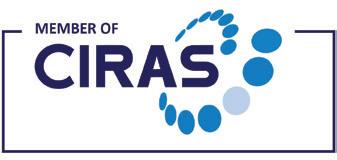

RAIL INFRASTRUCTURE DESIGN SERVICES 01270 255 731 enquiries@engauged.co.uk www.engauged.co.uk SITE SURVEYS AND INVESTIGATIONS FEASIBILITY AND OPTION REPORTS OUTLINE AND DETAILED DESIGN CONSTRUCTION ASSURANCE // Temporary works // Drainage // Lineside civils // Footbridges // Depots We provide a wide range of rail infrastructure design services across the UK to include the following... Contact us to discuss your next project or to find out more en auged DESIGN WITH BUILD IN MIND Certificate of CertificateVerification of Audit // Station platforms and buildings // Signalling and overhead line structures // General civil and structural projects // Support for Asset Protection schemes
Phase Design and Engineering’s David Smith and Jake Rowan explain how a different way of thinking is providing a better platform for rail projects in the UK

Designing with a difference
Irrespective of where and what we design, safety is an integral part of the design process. That is the message highlighted in Network Rail’s Safe by Design initiative, and a passion shared by the team at Phase Design and Engineering.
“We’re strong believers that safety starts at the earliest stage of the project because if we can consciously and subconsciously design out risks then it promotes a safer end product which is what we are all about,” said David Smith, a member of the team of experienced rail engineers that can assist across the span of a project.
“The railway is a dangerous environment to work in, so if we can help by producing designs that have been developed with safety and constructability in mind from the outset, then we should do that.”
Phase Design and Engineering is a company that is passionate about design and the value that it can bring to projects, offering support in a number of different ways, from providing engineering consultants to support in-house teams during the construction phase, to taking on full design packages.
Colleague Jake Rowan said: “A good design makes a scheme safer to build, operate and maintain, and has the potential to reduce the impact on the environment and realise significant cost efficiencies.
“Our starting point when embarking on a new scheme is always to ask ourselves ‘how will this be built or commissioned?’ and ‘how will this be maintained?’. We then work backwards from this point to develop a compliant, realistic, practical design that promotes safe by design principles alongside project deliverables.”
A one-stop shop
One of the organisation’s strengths is the fact it is a genuine multi-disciplined design company doing everything in-house, thus reducing the interfaces between separate companies and disciplines, and resulting in a more coherent design outcome than you would sometimes experience when dealing with multiple companies at once.
David said: “We have got a lot of experience of being on the other side of the table working for tier one and two contractors and Network Rail so we’ve had exposure to what works well and what doesn’t and one aspect we have experienced is the more
companies involved in a project, the more chance there is for things to be lost in translation.
“So Phase was born with the idea that we would hold that all in house, we’d do multi-disciplined surveys, produce multi-disciplined designs integrated from the start rather than waiting for the key project milestones that force integration; from the outset integration is at the forefront.”
Phase Design and Engineering was formed two years ago with the intention of producing credible and buildable
Electrification and Plant (Power) (E&P) designs.
David said: “As individuals, we’ve got extensive experience in the installation and construction elements of projects, so that is what we take as the first step in our design process. We look at how this can be installed and maintained, and we work backwards from that point to generate a compliant design.
“Some designs can look great on paper, but it doesn’t always translate to reality once it gets to the guys on the ballast.”
ADVERTORIAL 28 May 2023
The company has brought a wealth of individual experience together to form a pragmatic engineering team that has extensive experience within E&P design, from a contractor’s engineering manager (CEM), contract responsible engineer (CRE) and principal designer perspective.
Meeting clients’ needs
These past experiences have allowed Phase Design and Engineering to offer logical and tangible solutions to clients’ design requirements, focusing on genuine buildability and industry best practices, with regards to standards, material sustainability and future-proofing.
“We’ve been really well received by clients,” said David, who describes the business as a boutique consultancy. “They appreciate the extra mile we will go, ensuring we are accessible and responsive and that you get a personal service.”
Jake added: “It’s important to us to be a part of the full project life cycle. We don’t just work for our clients, we work alongside them as a supplier and a partner, rather than just a sub-contractor who does their bit and then goes.”
One of the initiatives the team is particularly pleased with is including QR codes on construction drawings. When scanned, the code links through to the other approved documents in that design pack, manufacturers details and key photographs.
“Sometimes the frontline worker is given a drawing, but doesn’t get the benefit of looking at the risk assessment or design statement, and might not have the opportunity to access the manufacturer’s guidelines or specification for a certain piece of equipment,” said David. “With one drawing and QR code you have access to all the approved documentation, which is a huge improvement.”
Jake added: “It all comes down to providing a service to ensure projects are carried out efficiently and safely. To my knowledge there’s not been a design that we’ve produced that we couldn’t go out on site and physically oversee the works in terms of the actual constructability of it.
“It is not accepted on our designs for the operatives on site to have to red-line and amend the proposals, as this increases pressure on site engineers and goes against the design and assurance process.
“With our designs we can be personally accountable for any decision that has been made. There is no hoping for the best, what we produce is genuinely buildable with us being directly accountable for it.”
Design
Consultancy
Phase Design & Engineering has engineers that are available to support clients’ in-house teams on a consultancy basis, offering expert technical knowledge and guidance to suit the specific needs of the project. Some highlights of its consultancy arm are listed below:
Provision of Network Rail approved Design and Construction CREs to support a wide spectrum of project types/disciplines.
Provision of Network Rail approved CEMs to support multi-disciplined projects.
Expert checking of project documentation on behalf of the client.
Assistance with scope generation and technical recommendations to support new projects.
Engagement with non-rail companies to provide support with developments that have an interface with the rail infrastructure, providing guidance to ensure compliance to Network Rail standards
Already the organisation has been involved in enhancements such as Negative Short Circuiting Device equipment in Kent, Sussex and Wessex, which provide safer and faster isolations, along with various power supply enhancements, Gatwick Station Remodelling, depot electrical safety schemes and resignalling projects.
“It has been a little more diverse than I initially expected,” said Jake. We’ve done a lot of work from the Kent coast up to Merseyside, across the third rail network. We’ve also been involved in design proposals that interface with new theories, such as battery trains.”
David added: “It has been a great two years, but this is only the start.
“The aim is to continue to grow and contribute to the elevation of the quality in the industry and innovate where possible to push the needle further of what can be achieved through design. As well as the design we will also continue to provide consultancy services.
“We will continue to be visible, accessible and apply our knowledge and experience to a wideranging set of requirements. I’m very excited about the future and the challenges ahead and being involved in projects that promote quality, safety and efficiency.”
Visit https://www.phase-design.co.uk/

Phase Design & Engineering specialises in E&P designs throughout the DC electrification network. A selection of its design capabilities are listed below:
ETE DC Cabling and DC conductor rail equipment (CRE) detailed design. Inc. Substation, T.P Hut, Controlled Track Switches (CTS), Track Disconnector (TD) and negative bonding designs.
Resignalling ETE and Track designs.
Depot & Sidings DC & LV electrical designs.
HV feeder renewals and diversions. Inc. pilot studies.
LV rewire and upgrades. Inc. new lighting proposals.
NSCD LV, Civils and ETE.
It all comes down to providing a service to ensure projects are carried out efficiently and safely
ADVERTORIAL 29 May 2023
Network Rail and LNER have opened up their emergency response training facility at York’s Rail Operating Centre to other organisations. Network Rail’s Sam MacDougall and LNER’s Warrick Dent and David Hughes explain more

Emergency response training
Alarge orange tent blows in the wind next to a Network Rail emergency response unit, behind which lies a ‘casualty’ on a stretcher and two InterCity 225 carriages side by side. Thankfully in this case it is just a mocked-up scenario at York’s Rail Operating Centre (ROC) and the ‘casualty’ is just a dummy.
Network Rail and train operator LNER have recently worked together to install two former railway carriages on the site of one of 12 sites that controls all the signalling across the mainland of the UK. Rail Director was there to experience its practice emergency response training.
“The inspiration comes from the emergency response training in other industries and that there was an opportunity for a training facility like this along the East Coast main line that builds confidence in dealing with real-life incidents, and also gives us the chance to learn and test our plans and identify areas to improve those plans,” explained David Hughes, business resilience manager at LNER.
“We also had the opportunity to acquire some of our former InterCity 225s coaching stock which was pretty much heading to the scrap heap, so it didn’t just offer an opportunity to provide this training scenario in a safe environment, but also falls in line with our responsible business strategy with regards to recycling and reusing.”
The location at the ROC was a no-brainer for Sam MacDougall, Network Rail’s operations’ director for the East Coast Route, with its position as the hub for the East Coast main line, with the biggest route control centre in the country there in terms of the area covered. The facility also offers a safe environment away from the working railway and is co-located with the control for the vast majority of Network Rail’s signalling centre.
However, getting the carriages to the site, which already included a training track used for practical training (mainly for Network Rail’s infrastructure staff), didn’t come without its challenges.
TRAINING 30 May 2023
Network Rail’s Sam MacDougall (left), LNER’s Warrick Dent (centre) and LNER’s David Hughes (right)
“The vehicles arrived at the neighbouring National Railway Museum by rail. We’re extremely grateful to the museum for their support in this; it was quite a mammoth exercise in extracting them from there because York ROC is landlocked by two railway bridges, which stop high vehicles coming under them,” said Sam.
“We had to identify two low height low loaders to get under the bridge empty, to go to the museum, collect the vehicles from the railway yard and bring them to the ROC. It was quite a tight squeeze getting around the corner to the entrance and through the entrance.”
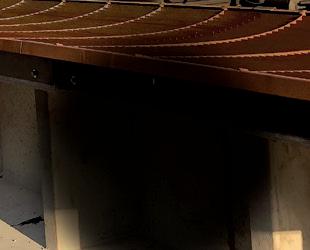
From little acorns...
The idea for the facility was born late in 2021, with the carriages arriving on site in April last year, and training commencing several months later for Network Rail. Since then, hundreds of staff have gone through training programmes in a rolling programme covering everything from people struck by a train, to the whole process around stranded trains and train evacuation, dewirements, overhead line damage, and severe weather.


Sam said: “One of the biggest challenges, particularly from a Network Rail controls perspective, is people having to know about an awful lot of topics. They need to understand the train crew, the principles of the trains, send the geotechnics out to a structures failure, they need to understand what people are telling them.

“In the background, and very importantly, it is all about the passenger, so there is the technical ‘how do we deal with it’, but it is always having an eye on ‘are we doing the right thing for the passengers?’.
‘Sometimes the fastest way to resolve something isn’t actually the best way for the passenger. It is giving people that wider industry confidence about what is right and what’s not.”






On the day Rail Director visited the site, the scenario was centred on the evacuation of passengers off a train. Between the two IC225 carriages was a ‘Train to Train’ transfer bridge, which Stevie Gray, operations training manager at LNER, explains can be set up in 90 seconds, can handle a weight of 240 kilos, and in a recent training session, was able to escort 30 people across in just three minutes.


WHIS® wall T: 01323 872243 E: info@grammbarriers.com T he rail indu st r y ’s be st k ep t s e c re t.. Acoustic Noise Barrier Specialists • Network Rail Approved WhisWall low level noise diffracting barrier • SilentRail Coating (Acoustic and Thermal) • POLYSoundBlok Acoustic Barrier • CONCRETESoundBlok ® ® ® OUR CLIENTS INCLUDE: CONCRETES oundBlok ® TRAINING 31 May 2023
The alternative, if an evacuation is needed and should the gap between the carriages be too wide for a bridge, is a ladder down to the ballast, a process which is much slower.
David said: “This new facility has unlocked the ability to be able to start doing practical training again with our staff, in addition to the theoretical learning we provide, and the team has redesigned that training to allow all our train crew to experience practical evacuation training. That includes training train evacuation using the ramps, as well as using the wooden ladders.
“We’ve also been able to carry out Personal Track Safety training, allowing us to carry it out in a safe and controlled environment.”

That training is already being put into practice. Sam said that just days before Rail Director was invited to York ROC, staff had carried out a side-to-side evacuation of a train using ramps near Stevenage.

“In the daily review I had with my team, my mobile operations managers, who had attended that and were leading it on the ground, had all been on the course, were aware of the risk assessments and knew what was coming.
“So everyone was pre-empting each other because they know each other’s roles and it just happens that bit quicker and safer,” he said.
“We have widened it as well and importantly the training doesn’t just stop when we’ve got the people off the train; the job isn’t finished until we have got people to their destinations. From a Network Rail perspective, we are not there to manage infrastructure as the end game, we are there to manage the people and freight.”
Industry partners
To date, the carriages have mainly been used by Network Rail and LNER staff, but that is changing, with the facility now being opened to more industry partners, including train and freight operating companies, and the emergency services.
“One of the things I am passionate about is not only the training for all of our staff across the industry, but the joint training and continuous rehearsal,” said Sam. “The feedback so far is that it has probably been more successful than first envisaged, and now we want to develop the facility further by opening it up to more people and get their views on what the facility can be used for.
“As an industry, we can be far too siloed in some of the things we do, and this is a really good example of the LNER and Network Rail partnership coming together to get this facility going, bringing together and highlighting not just the physical evacuation of the trains, but also the understanding of making that decision and the role everyone plays.
“It has helped build everybody’s confidence, that not only do they know their own role, but they know other people’s roles. Crucially I have had quite a lot of feedback from my frontline teams who have put the training into practice, and it has made a difference both in the safety and from a performance perspective, because they are doing it that bit more quickly.
“Going forward, we are keen to extend that further to wider stakeholders, not only other train operators (which is really key), but more members of Network Rail staff, maintenance staff, and other key industry support partners, not least our emergency service colleagues.
“There is a lot of opportunity and I’m keen to hear ideas of how this facility can be used to benefit organisations and the rail industry overall. One area we are keen to develop is our major incident exercise planning, and we want to do that alongside train operating colleagues with the benefit of being in York also meaning we can include the tactical and operational levels of command.”
Warrick Dent, safety and operations director at LNER, concluded: “This is a valuable facility. In the past, we’ve had to rely on either videos and briefings or going to Moreton-in-Marsh and Crewe and you can do that for a few people, but not the same and with the different groups and scenarios that this facility offers.
“When somebody else is in difficulty that affects everybody that is operating on that infrastructure. This facility is there to be used by anybody that wants to use it for better collaboration.”
TRAINING 32 May 2023
One of the biggest challenges, particularly from a Network Rail controls perspective, is people having to know about an awful lot of topics


For more details, call our specialised team to discuss your particular project on: 01233 639039 sales@sunraydoors.co.uk www.sunraydoors.co.uk SECURITY DOORS FOR THE RAIL INDUSTRY ● SPECIALIST RAIL SOLUTIONS - Overground, Underground/TFL, DLR ● REFERENCE PROJECTS - Crossrail, DLR, TFL, EuroTunnel ● BESPOKE SOLUTIONS - Tailored designs to meet project criteria. ● INSTALLATION & MAINTENANCE - Qualified, Compliant & Trained Operatives ● TECHNICAL SUPPORT - Consultative advice with complete back up concept to installation.
Roodsafe has been designing, manufacturing and installing lifesaving height safety solutions for over 20 years, partnering with businesses across the UK, EU and Middle East to ensure they are expertly supported when working at height
Height safety systems: The importance of compliance
One of the most important pieces of equipment across the rail network, height safety systems are designed and installed to prevent contractors from falling when working at height.

Under British Standards (BS EN 795), all installed height safety solutions must be subject to annual inspection and certification. Roodsafe is expertly placed to carry out these inspections, offering a full turnkey service, including electrical tests as well as reviewing structural aspects of an asset, from base to posting surface.
Invisible to many, height safety systems are in use up and down the railway network and support anything from roof work on station buildings and offices, to train storage and platform advertising.
Thanks largely to the rise in popularity of outdoor media, the use of height safety systems is currently on the up in the rail industry. Billboards and other platform advertising mediums alongside railways, at stations and on surrounding buildings have surged in recent years, driving an increase in demand for specialist safety equipment, protecting those working at height as they maintain and inspect advertising assets.
Roodsafe HSEQ manager Gary Gordon discusses this unique area of railway safety and the importance of height safety compliance.
He said: “Our systems set the gold-standard, ensuring utmost safety while working at height, which is why we are backed by some of the UK’s leading companies across the rail network to support them with solutions that provide employee safety when working alongside the railway.
“Every situation is different. Working at height is a broad spectrum and the railway alone offers up a broad array of sites and systems. From roof access systems for engineers at railway stations and personal protective equipment, to fall arrest systems and anchors to support platform advertising, we truly cover it all. Our expertise enables us to offer all those services to our valued clients.
“The importance of using our systems is obvious, but alongside their provision, a major consideration is maintenance and inspection, certifying that the equipment is faultless, intact and compliant with regulations.”
Given human safety is concerned, height safety systems are held to high levels of compliance within health and safety regulations, so a rigorous and robust inspection process is imperative.
“For this reason, and as industry experts, we offer our own annual inspection programme and service. This involves examining and maintaining equipment across thousands of sites every year. The range of sites we visit on the rail network is vast and we have capabilities to match.
“Often this involves operating in public spaces, railway stations, offices and rail storage depots. In these situations, extra care and attention must be paid, to ensure not only that workers are safe, but that those in the wider surroundings are too.
“The critical message that cannot be emphasised enough is that safety is the number one priority. The best height safety solutions are the ones that minimise the potential for accidents when people begin to use an asset. In this context, inspection and compliance with regulation are pivotal parts of the process, in installation and throughout the asset’s life. Only then can greater and more consistent height safety standards be upheld.”
Visit roodsafe.com for more details
ADVERTORIAL 34 May 2023
Our systems set the goldstandard, ensuring utmost safety while working at height
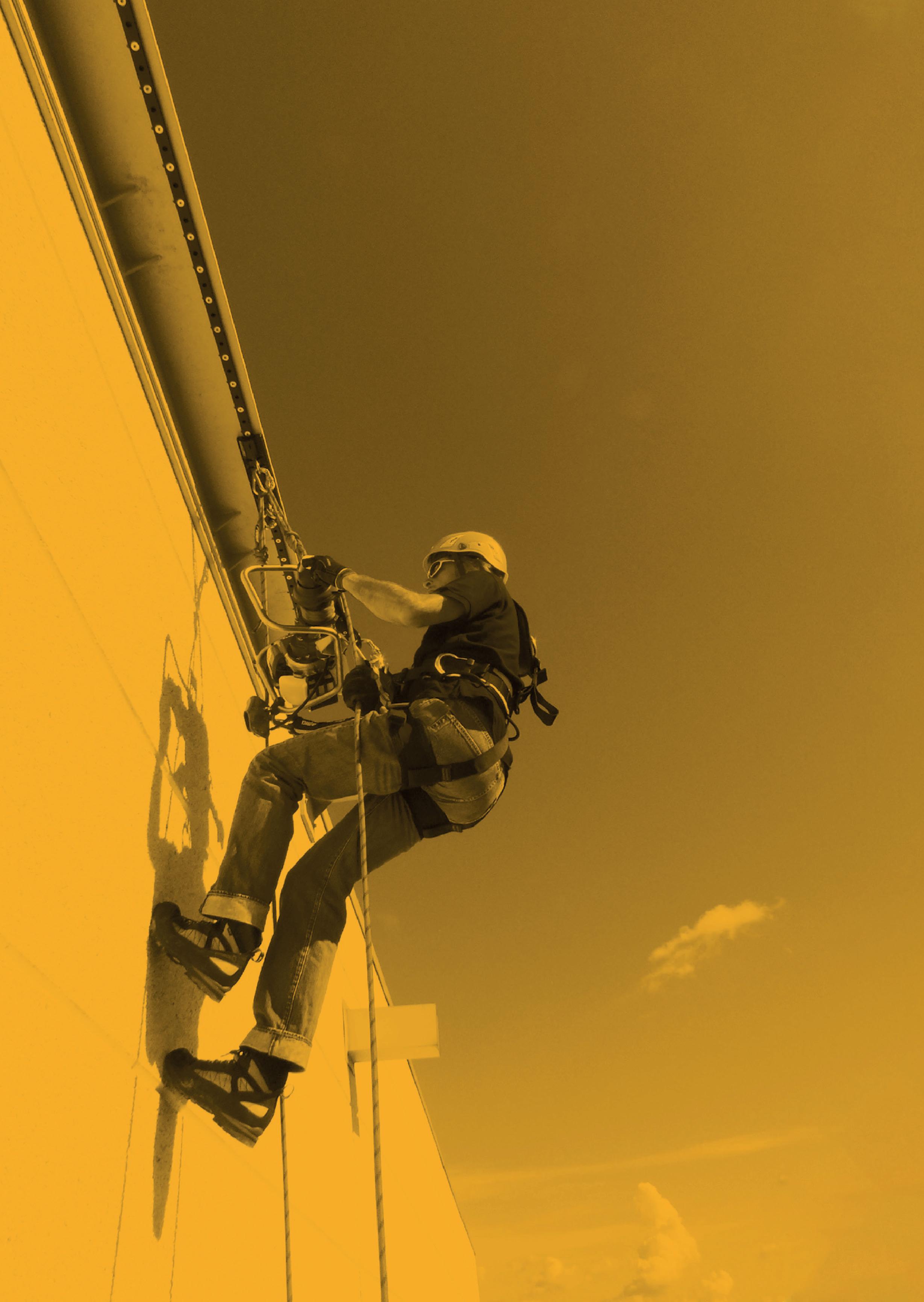

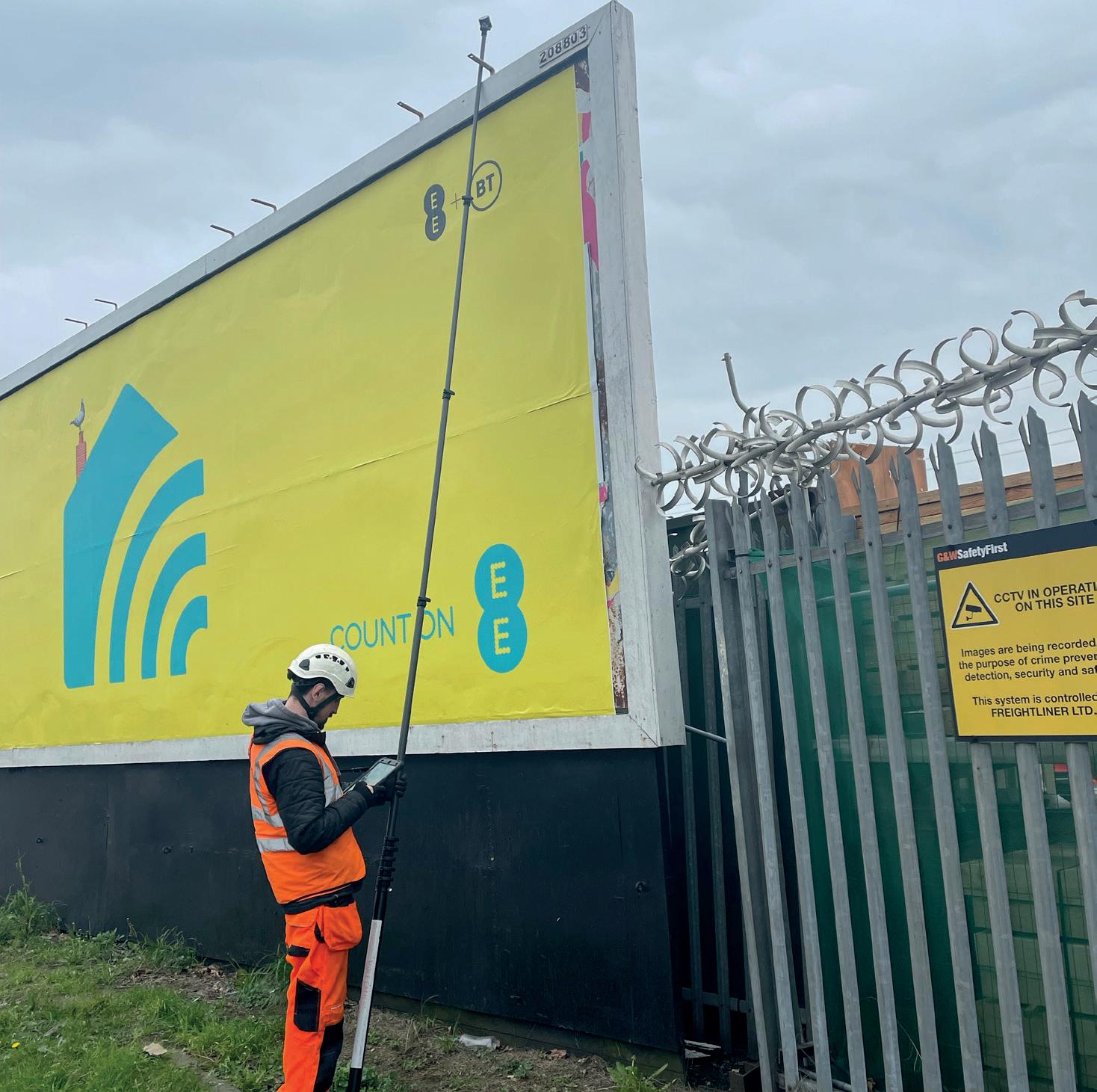


ROODSAFE YOUR EXPERT PARTNER, SUPPORTING YOU WORKING AT HEIGHT SAFELY 0115 927 4111 info@roodsafe.com roodsafe.com
Time is of the essence: delivering tech success in rail
Timing is crucial in the rail industry. Whether companies are working to deliver the timetable itself or making important decisions about the repair of an asset, time is a critical dimension. And, as the industry reconfigures around Great British Railways, there is a window of opportunity to address UK rail’s tech problem.
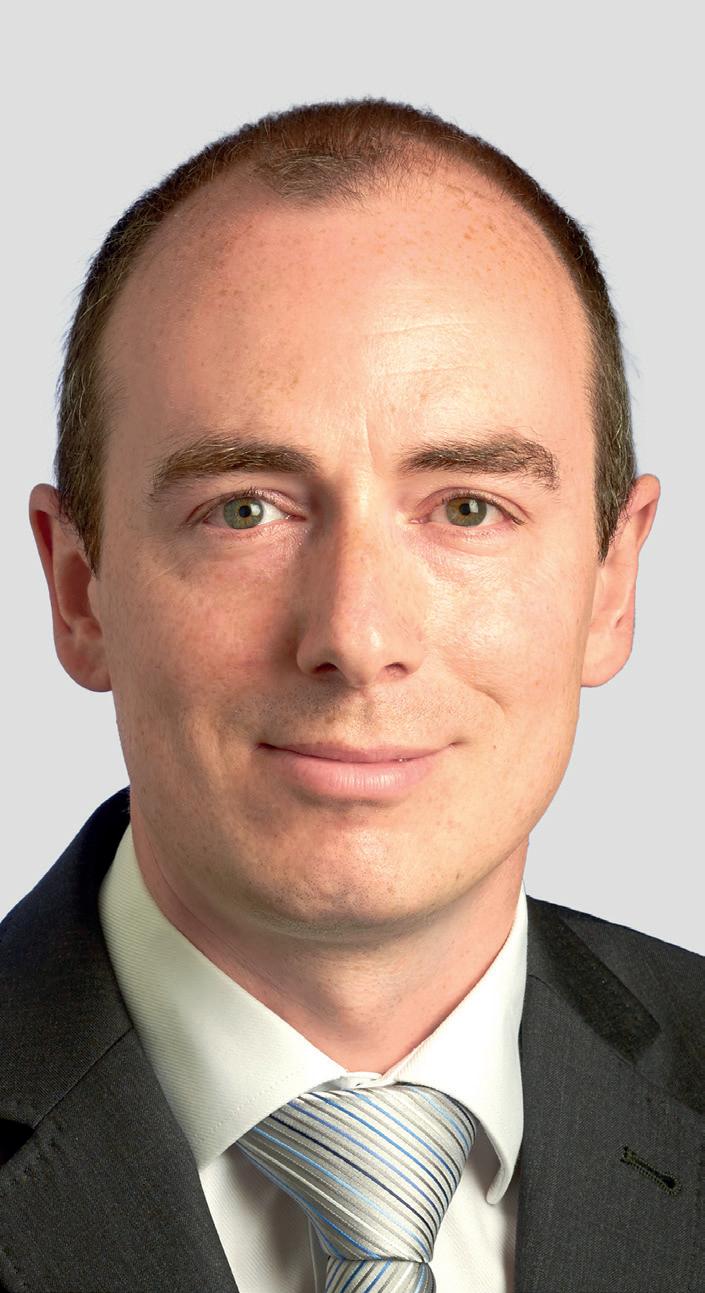
New technologies are the key to addressing its most pressing concerns around performance, cost and sustainability, but the industry has long struggled to take advantage of them. Indeed, for many organisations, uncertainty around what they should invest in, when they should act, and how technologies can be deployed and integrated to maximum effect, is delaying innovation. Below, we explore today’s barriers to successful tech deployment, discuss the action required to overcome them, and outline some of the emerging trends in rail technology. More specifically, we’ll draw on our experience of working with clients and solution providers in rail, and other complex and critical national infrastructure, to explain why now is the right time to break the deadlock and unleash the benefits.
Addressing the lag: barriers to tech success Organisations are waking up to the potential of technology-enabled solutions – which, if used correctly, could help them to keep their workforces safe, improve asset performance, increase resilience, and minimise impacts on the environment. It’s no secret that, where other industries such as automotive and manufacturing are successfully deploying new technology, rail continues to lag behind. There are pockets of great practice out there, and many successful ‘proof of concepts’. Yet whether it is TOCs, FOCs, ROSCOs, Network Rail or the wider supply chain, rail organisations are failing to turn them into success at scale.
So, when it comes to taking advantage of new technologies, what barriers do these companies face?
Navigating technology selection and implementation processes can prove hugely challenging, and there are a range of questions to
consider. With constrained budgets for investing in new technologies, how do you establish which solutions will best deliver the desired outcomes? What will give the best ‘bang for buck’ in terms of better-serving passengers and freight customers, while reducing infrastructure costs? Some organisations may invest in smart assets, but struggle to interpret the data they produce. Others successfully deploy technology in one area of the business but are unable to roll it out across multiple departments. And integrating disparate systems across multiple assets, geographies and stakeholders presents a fundamental challenge.
Suppliers are struggling too. While it’s relatively easy to secure funding for a proof of concept, scaling up – and producing industry-ready concepts
– can prove challenging. Unlucky SMEs often find themselves languishing in the ‘tech valley of death’ . The investment required to turn the proof of concept into a solution that complies to industry standards is difficult to secure without the promise of future orders. In the absence of a compliant product, the rail industry isn’t able to promise the orders. So, once again, timing is critical – if returns cannot be generated quickly enough, the SME struggles to secure investment and can be forced to target industries with lower barriers to entry. GBR has the potential to provide a solution here. As a co-ordinator of national research and development it can underwrite a pipeline of investment where a proof of concept has been successful.
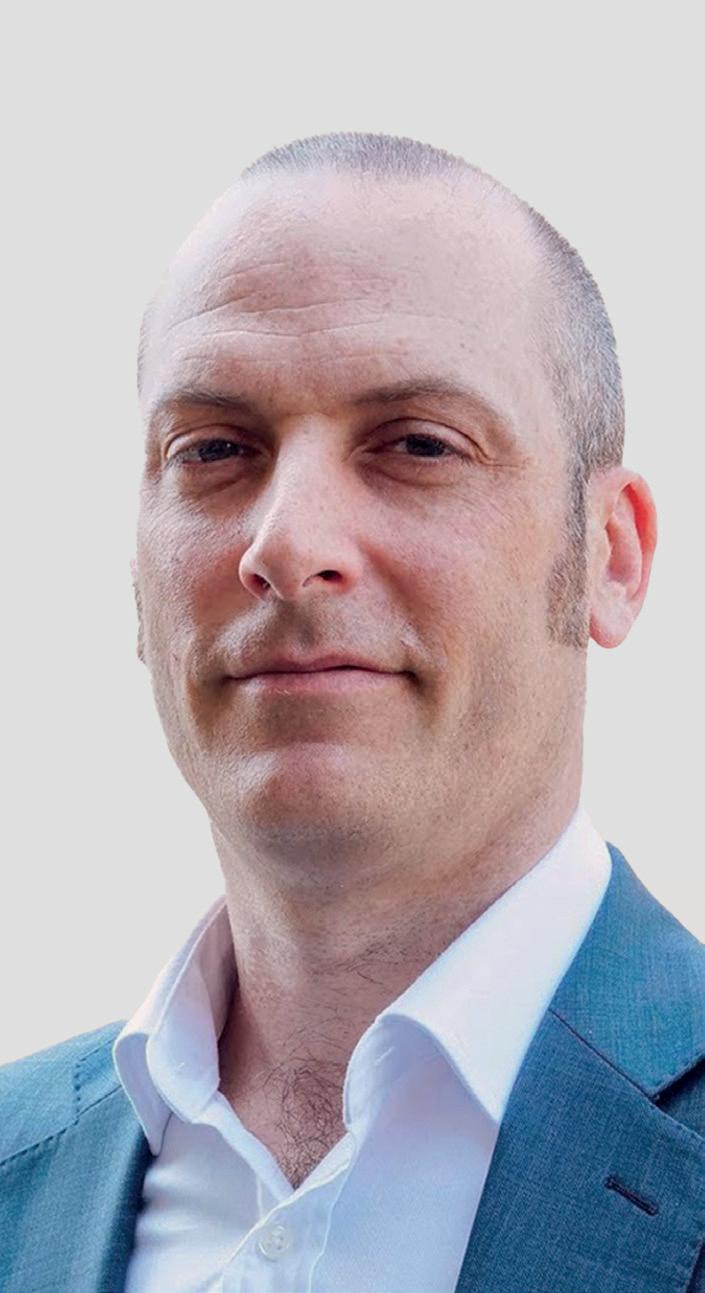
In this guest writer feature, KPMG InfraTech Director David Smallbone and Associate Director Cristobal Pollman discuss the challenges, and benefits, of tech deployment
ADVERTORIAL 36 May 2023
These issues are compounded by the siloed nature of the rail industry, which prevents organisations from sharing knowledge and best practice. UK rail is fragmented – and, when it comes to establishing Great British Railways, we need to learn lessons from successful technology deployment overseas. In Australia, for example, smaller transport authorities have made significant strides, developing digital twins of local networks and pulling together information feeds.
Accelerating efficiency
The technologies are here, and solutions are cheaper and more accessible. For example, infrastructure operators both in the UK and overseas are already seeing the benefits of using simple camera-based solutions to monitor tracks in lieu of expensive measurement trains.
The industry is rightly excited about tech that gets boots off ballast, reducing the time workers must spend in dangerous operational environments. And where we do still need to send people to build and maintain assets and infrastructure, wearables can provide live feeds that mean they do so safely and securely. Realtime alerts can also protect people in need.
Other innovations make it easier to manage and report on infrastructure: drones can now scan areas that engineers previously struggled to access, with computer-vision-based AI (artificial intelligence) technology capable of translating these scans into asset models and condition assessments at pace. Sensors and testing equipment are becoming more portable, so they can be deployed on assets when needed. Once again, timing is key; assets no longer need to be fully instrumented all the time at excessive cost, and we can instead target time-critical decisions. In the water industry, we are seeing these portable sensors being used (and then re-used) to target parts of the network that are underperforming, overlaying the data from traditional fully instrumented areas.
And what about ESG (environmental, social and governance), which has become a board agenda item in every sector? New technology can support the in-depth reporting it involves, making it easier to measure the impact of mega-projects like HS2, and to share information across complex supply chains. This can improve reporting across the project, and help target areas where practices can be made more sustainable. Identifying sources of waste across the supply chain can improve cost efficiency as well as reducing carbon footprints.
With the right modelling tech, organisations could even simulate the effects of climate change, ensuring that new assets are robust enough to withstand changing weather conditions.
The key dimension is time
And better models of networks, assets and operations, in the form of ‘digital twins’, have the potential to unlock further efficiencies. Once a model has been built, teams can explore a range of different scenarios in an entirely digital environment. It’s a low-carbon, relatively low-cost way of evaluating every option before spades are in the ground and puts the right data into the hands of decision-makers, at the right time.
The key parameter in the model is time. How up to date does your data need to be to make a robust, riskbased decision? Live operational decisions require near real-time information, but longer-term strategic planning needs trended historic data over time to inform models and forecasts.
The right solution, at the right time
It’s important to recognise that these technologies are not a silver bullet. Organisations must take a timely and considered approach to tech deployment, investing in solutions that will help them to address challenges and deliver better outcomes.
It’s also about laying the right foundations, particularly in areas like data management. Currently spread across different servers, key industry data could be connected more effectively – helping, in turn, to unlock the true potential of AI tools. Imagine if ChatGPT could access the industry’s O&M manuals, using them to write detailed maintenance regimes.
Ultimately, rail organisations need agnostic advice – about which technologies to invest in, which suppliers to partner with, how best to capitalise on their existing capabilities, and when to act. That’s where specialists like InfraTech come in, helping them to navigate the process, rather than selling solutions that may prove unsuitable.

With an understanding of the rail industry and one eye on other sectors, our team develops tech strategies and supports clients as they deploy third-party solutions. And the right technologies can be transformative, delivering benefits, not just operationally, but for society as a whole. The result is a brighter future for everyone.
KPMG’s InfraTech strategy combines data analytics and ground-breaking technologies to provide new insights and platforms tailored to the infrastructure sector.
Find out more about how InfraTech can help guide you through the technological revolution in infrastructure here: https://kpmg.com/xx/en/home/ industries/infrastructure/infratech.html
The industry is rightly excited about tech that gets boots off ballast, reducing the time workers must spend in dangerous operational environments
ADVERTORIAL 37 May 2023
Opposite page: KPMG InfraTech Director David Smallbone (left) and Associate Director Cristobal Pollman (right)
More than 150 million journeys have taken place across the Elizabeth line in its first year since opening on May 24, 2022, with around 600,000 journeys taking place on weekdays

Elizabeth line on track to break even by the end of 2023/24 financial year
London’s transport commissioner Andy Lord says the Elizabeth line has cemented its place as an integral part of the transport network of London and the South East.
That was his message on its first birthday as its full peak timetable commenced earlier this month. The introduction marked the final milestone of the Crossrail project, realising more of the benefits that were promised by Transport for London (TfL) and the Department for Transport (DfT) as joint sponsors
including higher frequencies, greater connectivity and faster journey times.
Andy added: “It has given so many parts of London, Berkshire, Buckinghamshire and Essex a real boost with new housing, workspaces, retail and economic growth.
“The accessibility the line provides is a game changer, and has opened up the transport network to so many more people.”
The line opened to passengers on 24 May 2022. In its first week, more than 2.5 million journeys were
made on the entire route. Now with journeys from the east and west running through central London, there are an average of around 3.5 million Elizabeth line journeys each week – with around 600,000 journeys on weekdays.
This means that the transformational railway, which is on track to break even by the end of the 2023/24 financial year, has already become one of the most used railways in the country as it continues to support easier journeys and new jobs, homes and economic growth.
INFRASTRUCTURE 38 May 2023
Andy said: “Seeing millions of people using the line each week is a testament to the hard work that everyone involved in the project put in to get us to where we are today, and we look forward to even more customers using the railway now that the new timetable has further improved the service.
“The Elizabeth line has clearly demonstrated the value of investing capital in London’s transport infrastructure.”
Increasing capacity
The full timetable has seen peak time frequencies increase from 22 to up to 24 trains per hour between Paddington and Whitechapel, with 16 trains per hour running off-peak. The peak also now lasts for longer, increasing capacity even further.
In the east, more services at peak time run between Liverpool Street National Rail station and Gidea Park, providing a faster route for those using the Bishopsgate entrance, and in the west, there has been an increase in peak services from Reading, with some trains that were previously operated by Great Western Railway transferring to become Elizabeth line services with reduced stops.
The removal of any significant pauses for trains outside Paddington is also bringing reduced journey times for customers travelling from the west into central London.
The Mayor of London, Sadiq Khan, said: “A year since opening, the Elizabeth line has transformed travel across London and the South East and is now the most popular railway in the country.
“An incredible 3.5 million journeys are made a week, as passengers enjoy the modern trains, beautiful step-free stations and reduced journey times.
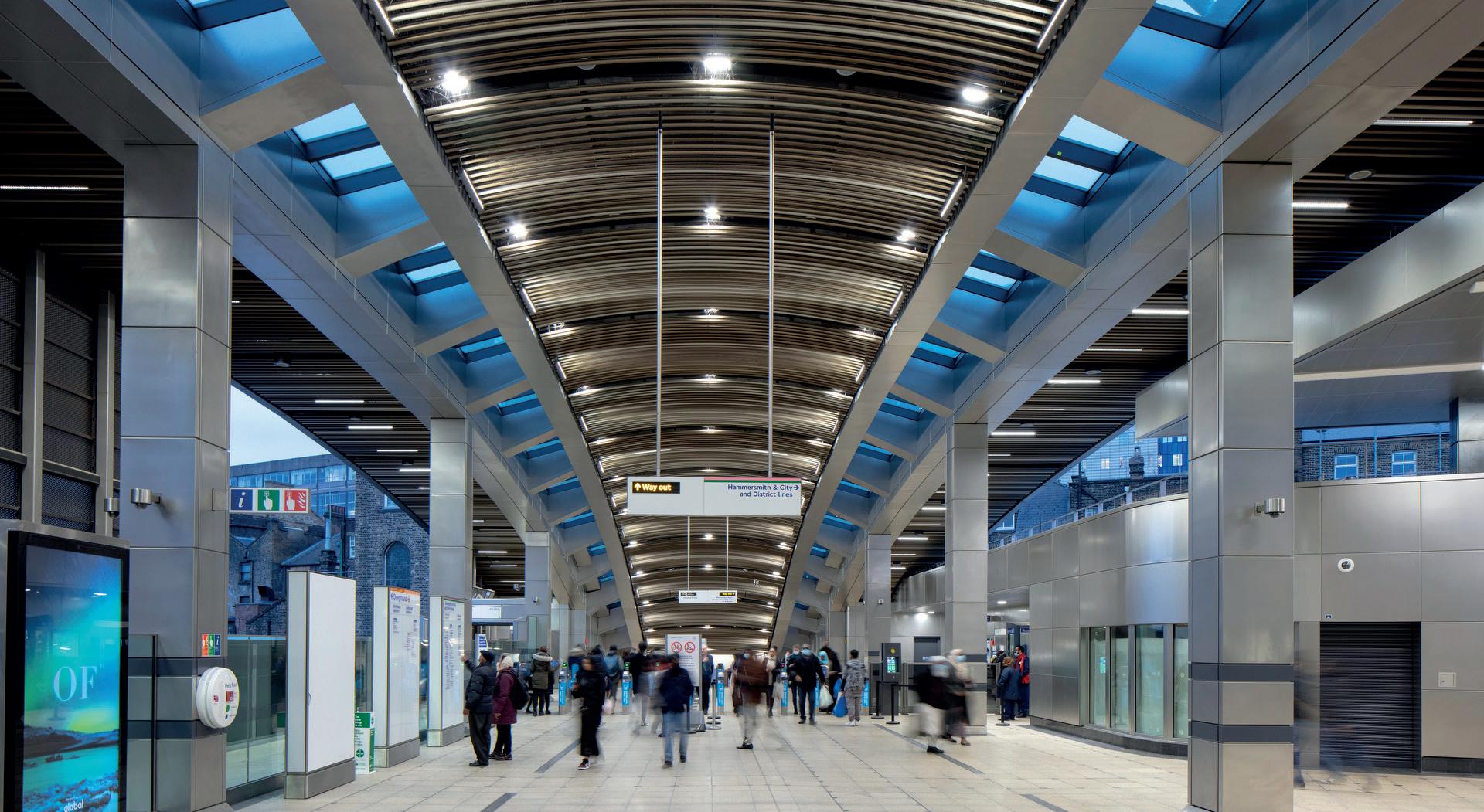
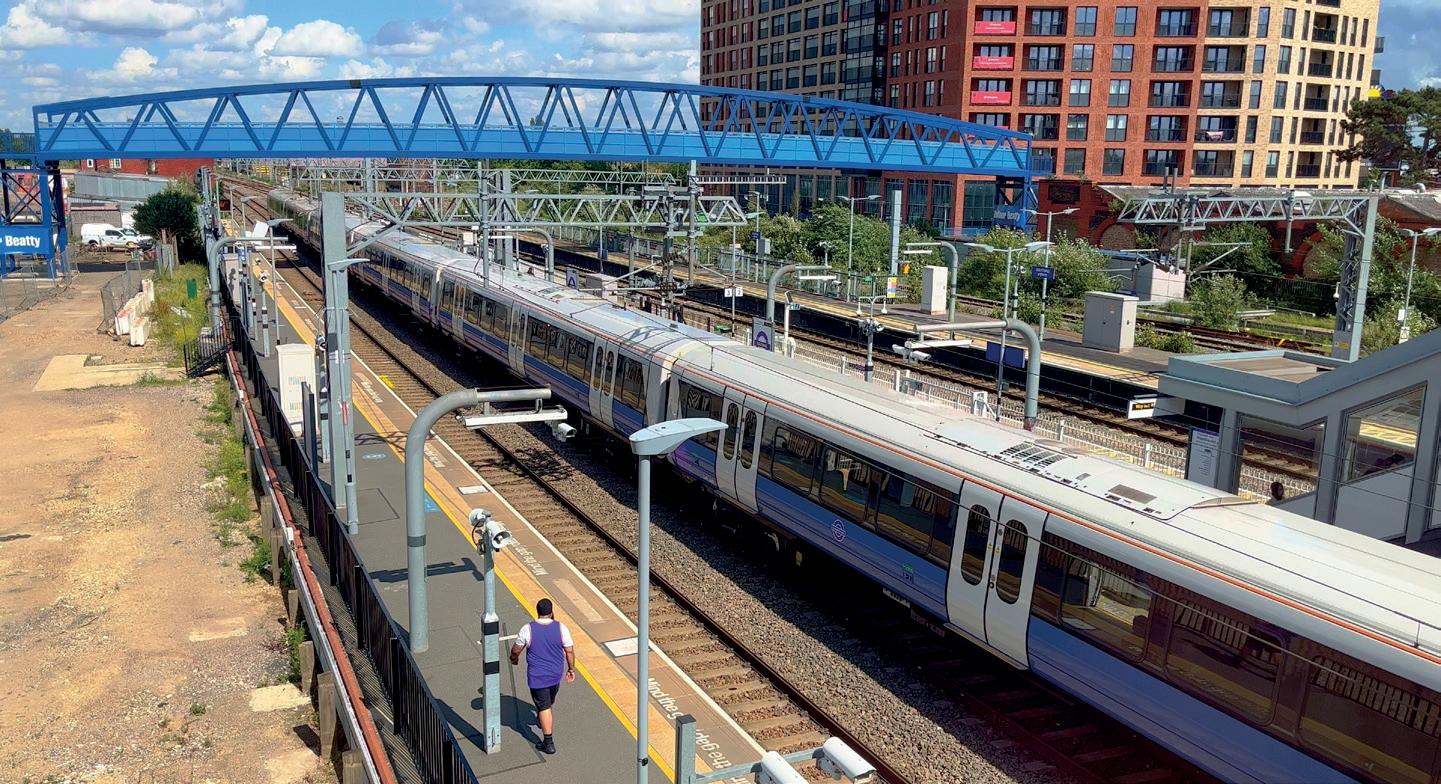
“The Elizabeth line is the most significant addition to our transport network in decades and has proven to be much more than just a new railway – providing a crucial economic boost to the whole country and playing a vital role in drawing people back on to London’s public transport.
“The Elizabeth line is helping to build a better London – one which is a safer, fairer, greener and more prosperous city for all Londoners.”
TfL figures suggest that the Elizabeth line has attracted around 140,000 additional journeys in London each weekday than otherwise would have been the case. Customer satisfaction is also high on the railway with a score of 82 per cent in TfL’s quarter four 2022/23 Customer Satisfaction Survey (covering January to March 2023).
It has transformed the accessibility of the transport network – with 41 step-free stations unlocking new journeys for disabled and older customers as well as parents with buggies and customers travelling with luggage.
Tottenham Court Road has seen the largest (absolute) growth in demand on the Elizabeth line since it opened, with more than 100,000 additional journeys passing through the station each day, more than doubling usage over the year.
Farringdon, Whitechapel and Abbey Wood have also seen large rises in demand with 100,000, 60,000 and 30,000 extra journeys respectively,
again doubling or nearly doubling the customer journeys that were seen through these stations before the Elizabeth line opened.
Transport Minister Richard Holden said: “Almost a year to the day since the Elizabeth line was first launched, it has already supported more than 150 million journeys.
“I’m proud the government helped make this possible through its £9 billion investment, which has not only helped passengers get from A to B and reconnect with loved ones, but also created more than 55,000 jobs right across the UK.”
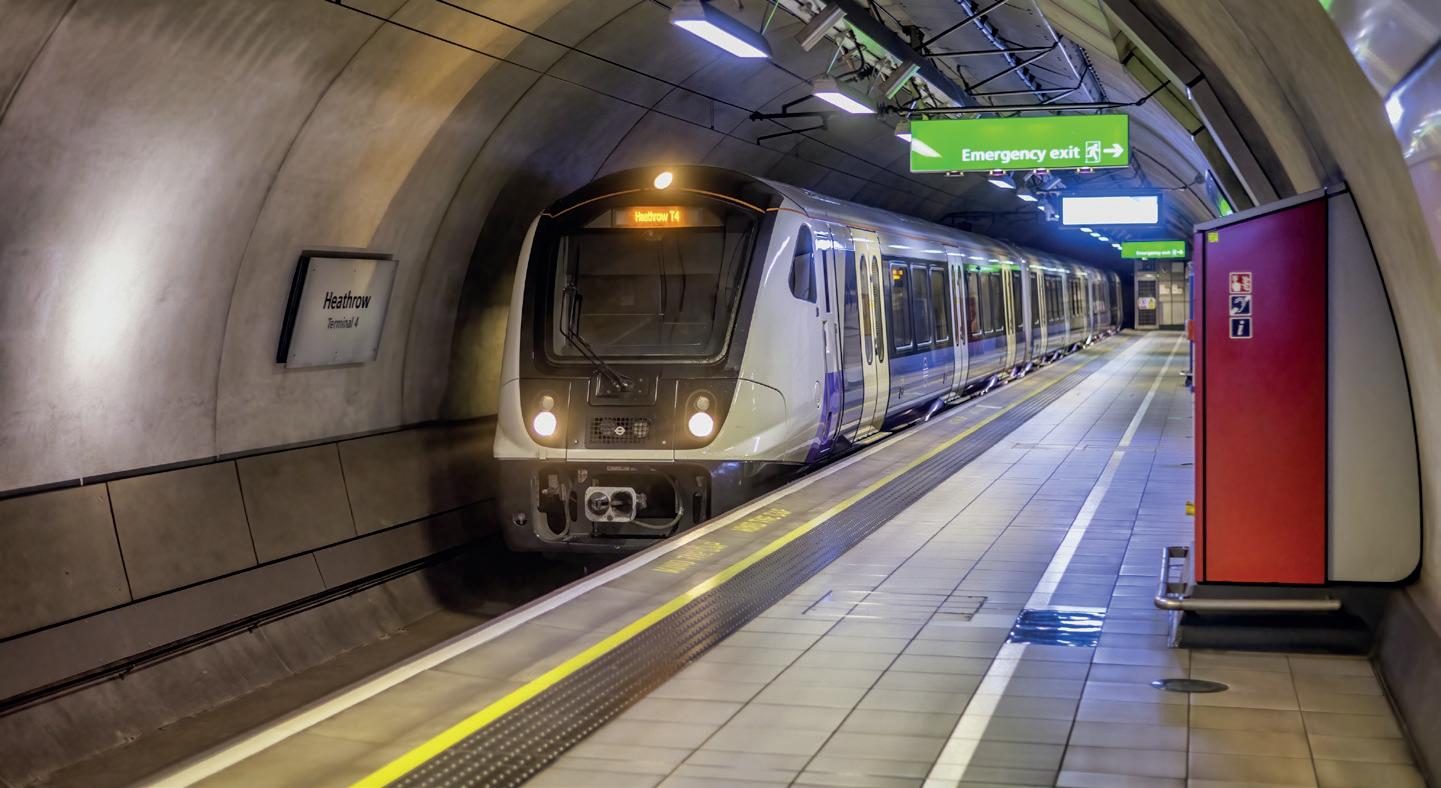 Top: Southall station Image: 4kclips/shutterstock
Middle: Whitechapel station
Image: Nick Turpin/MTR Elizabeth line
Bottom: Heathrow station Image: Craig Russell/shutterstock
Opposite: Paddington station Image: Monika Michalska/MTR Elizabeth line
Top: Southall station Image: 4kclips/shutterstock
Middle: Whitechapel station
Image: Nick Turpin/MTR Elizabeth line
Bottom: Heathrow station Image: Craig Russell/shutterstock
Opposite: Paddington station Image: Monika Michalska/MTR Elizabeth line
INFRASTRUCTURE 39 May 2023
■ Quickly measure the track and rail corridor to Band 1A accuracy


■ Significantly reduce the risks associated with trackside working
■ Avoid disruption to rail services by removing access possessions
To find out more visit fugro.com/raildata
What an event!



42 SIFER 2023 48 Goole gets going 54 Realising the benefi ts of innovation
Now well over its COVID break, the rail industry is hosting a plethora of events. Inside Track visits three May 2023
Nigel Wordsworth visits a French railway industry exhibition that is, in some ways, very similar to Britain’s Railtex, yet in others very different…
SIFER 2023
Every two years, the French rail industry gathers in the northern city of Lille for SIFER – the sector’s international trade fair.
Held at the Lille Grand Palais, the 2023 event, the 13th in 20 years, was a great success as the industry has bounced back from the effects of COVID-19.
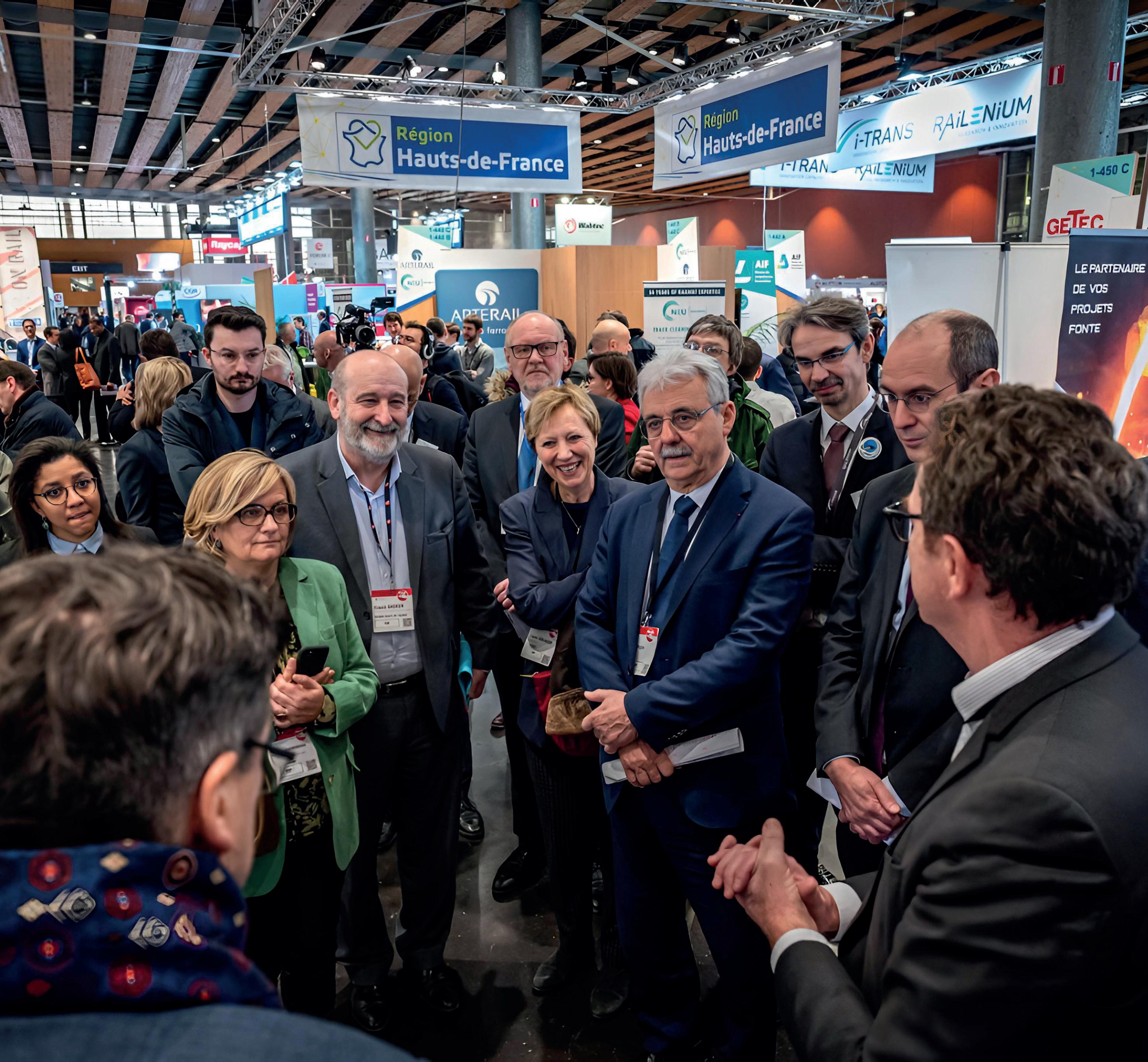
As a visitor from the UK, it is difficult not to make a comparison with Railtex/Infrarail, the British shows aimed at the same audience. Both are held in purposebuilt exhibition venues and contain a mix of large, bespoke stands constructed by major organisations and smaller, shell-scheme stands where companies of all types can display their latest technology and offerings.
The shows are certainly similar. The chance to see hundreds of potential suppliers in one place at one time attracts visitors from all over France and abroad.
In 2023, 378 exhibitors, 22 per cent of which were from one of 20 countries outside of France that were represented, attracted 7,000 visitors to the show, a SIFER record.
That was despite visitors being kept away on the first day by strikes in France – the second day was extremely busy as a result and even the third and last day, normally quiet, was well attended until mid-afternoon.
Both SIFER and Railtex are organised by Mack Brooks, based in St Albans but now part of the German Reed Exhibitions group. However, the ambience is certainly different, even if a number of the exhibitors are the same.
Lille is easy to get to thanks to Eurostar - an hour and a half from London St Pancras. Queues in London were nothing like as bad as had been expected and, once in the lounge area, there was time for a coffee and a
conversation with a fellow traveller – off to Brussels to a film festival where one of his own movies was to be shown – exciting for him!
Once on the train in Standard Premier class, the seat was comfortable and the breakfast welcome, it had been an early start from the Midlands. Arrival at Lille Europe was within minutes of the scheduled time and then it was a 10-minute walk to Lille Grand Palais.
The route takes one over the bridge across the throat of Lille Flandres station, the main domestic station situated a few hundred yards from the high-speed-only Lille Europe. And that bridge made it obvious that this wasn’t Britain. It gave a great outlook over the station platforms and the trains waiting there, with only a waist-high balustrade, and a canopy projecting from the bridge to catch anything that fell or was blown off it, to obstruct the view.
INSIDE TRACK: SIFER 42 May 2023
Contrast that with the high wall ‘protecting’ the similar approach to Birmingham New Street station that is impossible to see over.
Inside the hall at Lille Grand Palais, there were some familiar names to see, and some less well known. SNCF Reseau had a large stand full of visitors. As the French equivalent of Network Rail, there were lots of people asking and enquiring.
Wabtec (née Faiveley) also had a large stand, while Alstom’s was surprisingly small, but the company was there, as were Egis and a host of French companies that are familiar in the UK. Colas had a stand at SIFER, as did Eiffage, collaborator with Kier Group on UK HS2 contracts.
There were several ‘cluster’ stands, where companies from the same region or trade association shared a stand, usually with their own space and a shared reception/hospitality area. They weren’t even all French, but included Berlin Partner für Wirtschaft und Technologie and the European Railway Cluster Initiative (ERCI) alongside FIF (Fédération des Industries Ferroviaires – Federation of Railway Industries), AIF (Association des Industries Ferroviaires des Hauts-de-France – Association of Railway Industries of Hauts-de-France) and others.
Many German companies were in evidence. Strail, well known in the UK for level crossing surfaces, was showing its veloSTRAIL gap-filler that helps prevent bicycle wheels from dropping into the grooves next to rails, a useful safety measure on highly skewed level crossings and when tram lines are embedded in roadways.
Antonics is a leading German developer and producer of innovative antenna system technology. Its planar train antenna technology allows different communication systems to be used in one single, very flat antenna and has already been adopted for use by Deutsche Bahn and others.



Robel had taken over part of the on-track display to show off its hand-operated plant. Pintsch also had safety-related products for the railway infrastructure on show – products for level crossings and signalling systems, points heaters and axle counters.

INSIDE TRACK: SIFER 43 May 2023
Inside the hall at Lille Grand Palais, there were some familiar names to be seen
One of the first stands seen inside the show was FS Group – an independent group of five companies whose activities include engineering, signalling, safety and training. The large sign “Lounge” and bottle of sparkling French wine may have added to the attraction…
Brits on show
But what about UK manufacturers? There were several there if you looked hard enough.
BAI Communications specialises in GSM connectivity in hard-to-reach places such as tunnels and underground metro systems. Its technology is used by mobile phone providers worldwide to give service to their customers on trains and on station platforms. Anyone who has used a phone on London’s Underground, for example, may have unknowingly used BAI technology to do so.
Nomad Digital is another communications specialist, owned now by Alstom. Recently merged with 21 Net, the satellite communications provider used between the Netherlands and Paris on the high-speed Thalys service, Nomad is now combining the two technologies to offer passengers seamless connectivity, real-time journey information and on-board entertainment.
TrainFX is based in Derby, albeit Chinese owned these days. It was the company’s first foray to SIFER, and it was hoping to find French collaborators to help it promote its expertise in passenger information systems, passenger counting systems and seat sensor technology to SNCF and other European operators.
AB Connectors of South Wales, part of the TT Electronics group, was promoting its new rail products brochure and holding meetings with Alstom and SNCF.
Pandrol, headquartered in the UK but owned by the French Delachaux Group, had a large stand on what is effectively home turf. Many conversations took place with customers from all over France and elsewhere.
Cubis, the specialist manufacture of drainage products and catch pits, had a stand largely staffed by French speakers, as did infrastructure monitoring specialist Senceive – its US sales manager, a Frenchman, had flown back specially for the show.
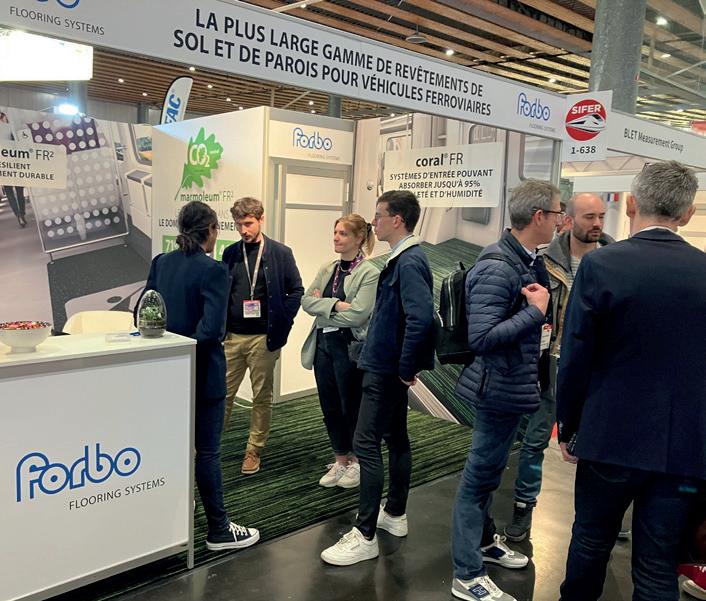

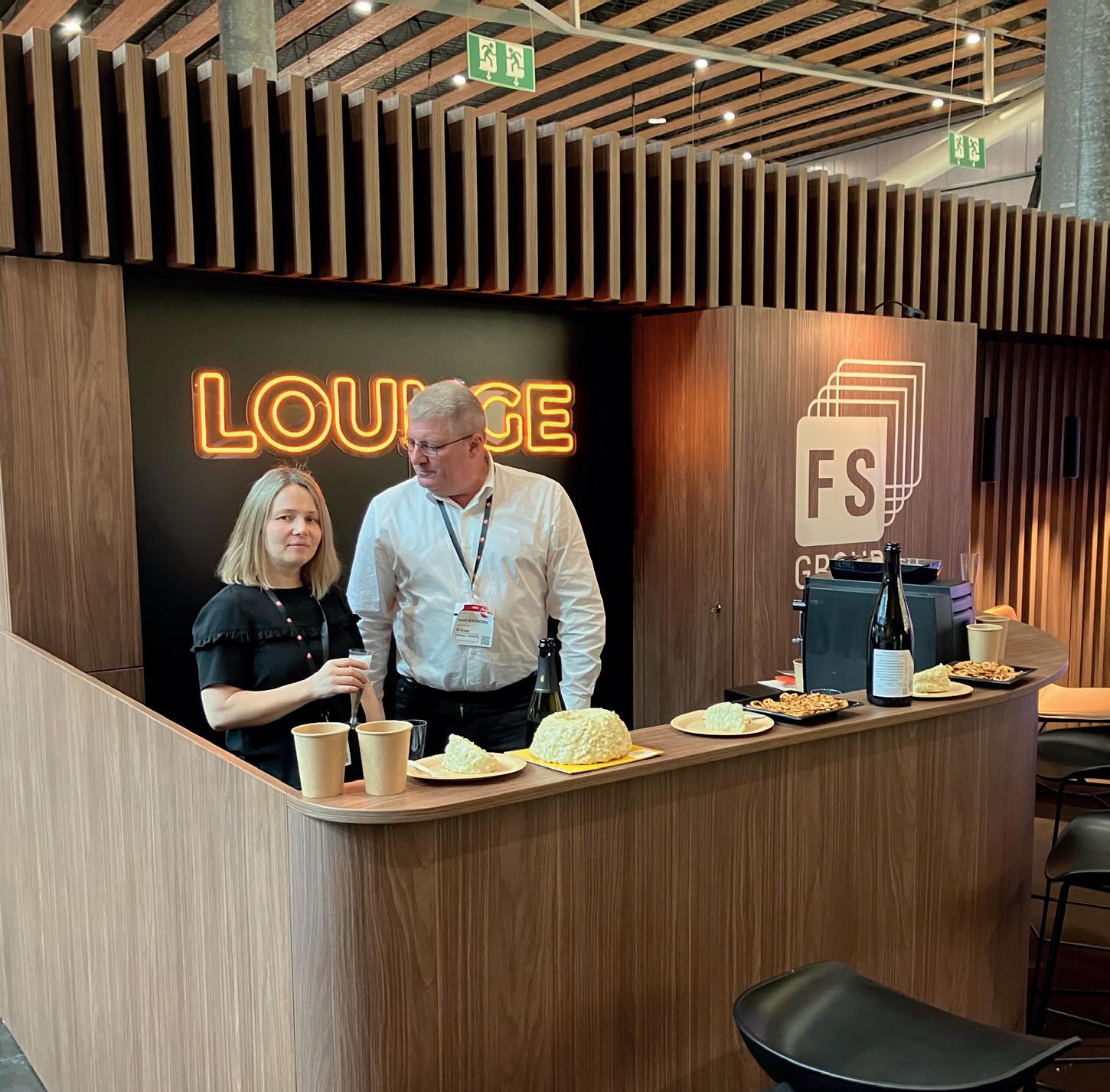
Forbo Flooring had a small stand that never seemed to have fewer than four people on it, and HIMA (Germany) and EKE Electronics (Finland) both had busy stands, and both work with Sella Controls in the UK.
Electrification specialist Powerlines, known as SPL Powerlines in the UK, was on the Equans stand, now part of the Bouygues group. Expect the UK branding to change to reflect this in the coming months.
Other attractions
SIFER hosted an Innovation Hub featuring eight start-up companies with interesting products to show off to attract both customers and partners.
Technologies on show included polyurethane and polyurea-based gaskets and sealants that are used to prevent corrosion on rail antennas and structures, solutions to decarbonise the locomotive fleet by retrofitting from diesel to biomethane and hydrogen, an internet platform that connects suppliers of
railway engineering services with those in need, the use of acoustic-based devices and materials such metamaterials, advances in robotics, new radiocommunications technology and the prevention of theft from construction sites.
Innovation was also the theme of a conference organised by Railenium, the Technological Research Institute for the Railway Industry. SNCF’s Light Train concept, which is developing trains that are lighter and smaller than standard TER (Transport Express Régional) trains for use on rural lines with low passenger numbers, featured in one of the conferences and also won a Railway Innovation award at a ceremony organised by i-Trans.
The FIF Village, organised by the French Railway Industries Association, included 10 members’ stands and also offered a space where conferences and presentations were held on topics ranging from European rail recovery plans to decarbonisation, innovation and the attractiveness of the sector.
INSIDE TRACK: SIFER 44 May 2023
The chance to see hundreds of potential suppliers in one place at one time attracts visitors for all over France and abroad
Maintenance provider of choice
We’ve
been keeping rail moving for the last 150 years.
Our maintenance and asset management capabilities are second to none, taking care of every aspect of your maintenance requirements from service, parts management and overhaul through to innovative engineering solutions and life-cycle cost reduction.

Whether for passenger rolling stock or freight vehicles our skilled experienced operators combined with our envious range of nationwide services will ensure you stay on track.

At one end of Hall 3, a roped off area was the restaurant. Very different from those at the NEC in the UK, this one had French cuisine and red or white wine.
Reaction
On all counts, SIFER 2023 was a success, with a new record set for the number of attendees despite the strike on the first day.
Matthieu Chabanel, director general of SNCF Réseau, called it: “THE unmissable event of the railway sector in France in Lille. A highlight for our teams to meet our partners: decision-makers, industrialists and transport operators committed to a new rail deal!”
Hervé Le Joliff, chairman of Colas Rail, said his visit was: “A moment rich in sharing and meetings, a highlight to highlight the development of rail mobility. A great opportunity to present our expertise in the industrialised catenary rapid suite market on behalf of our customer SNCF Réseau

and to talk about our joint solution with SPAC SAS (Groupe Colas) of green hydrogen production and recharging station.”
Pierre Lecomble of exhibitor Strail France said: “SIFER allows us to meet many clients in a short amount of time, whereas normally we would have to travel all across France to meet them. We also appreciate the exhibition for the new contacts that we create. This year, the environment was the major topic with many questions about the recyclability of our products.”
The eight innovators in the Innovation Hub valued their SIFER experience too. One of their number, Florent Busson of travauxferroviaires.com, said: “SIFER is a great networking platform. This year is our first participation as an exhibitor, in the Innovation Hub. We came to show our project and prospect within the sector in order to make our new tool well known.”
So that was SIFER. If you missed it, travel to Lille on 24-26 June 2025 for the next one.
INSIDE TRACK:
46 May 2023
SIFER allows us to meet many clients in a short amount of time, whereas normally we would have to travel all across France to meet them
SIFER
Track Design Support

for the UK’s Railways
Offering a truly integrated, multi-disciplinary approach to track design, we’ve helped some of the biggest names in rail, designing innovative, robust solutions to even their most complex of challenges

Proactively

for
of
check Plain line design check Switches and crossing design check Alignment design - line speed improvements check Condition assessments check Gauging analysis check Metro and tramway design check Track CRE services check Track CEM services check Depot and siding designs check Platform extensions ROB BROTHERTON BSC(HONS) CENG MPWI RAIL DESIGN DIRECTOR 01904 403 322 info@seprail.co.uk phone envelope Need track design support on your projects? Get in touch
innovating and adapting whilst maintaining an absolute devotion to safety and sustainability, our design and engineering specialists deliver both exceptional quality and value by default, building legacies
generations
rail users to come.
The fi rst workshop at the UK’s newest train factory was opened recently, with the Secretary of State for Levelling Up cutting the ribbon at Siemens Mobility’s Yorkshire Rail Village at Goole
Goole gets going
IIn 2018, against stiff competition, Siemens Mobility won a £1.5 billion order to build 94 new trains for London Underground’s Piccadilly line, with an option to manufacture more to the same design for the Bakerloo, Central and Waterloo & City lines. As a result, the company commenced construction of a new factory in Yorkshire’s East Riding which will ensure the trains have UK content and provide much-needed jobs.

The factory will be an assembly plant. Bodyshells for the carriages will come from Vienna and bogies from Graz, both in Austria. But all of the assembly – the installation of wiring, control systems, doors, seats, air conditioning, glass, pumps, pipework and all the other bits and pieces that make up a modern train – that will all be carried out at Goole.
In this respect, the new rolling-stock factory is


no different from any other. All of the major train manufacturers have ‘centres of excellence’ where major components are manufactured before being built into trains elsewhere.

The new Goole facility will join already-established train factories at Derby (Alstom – formerly Bombardier), Newton Aycliffe, County Durham (Hitachi) and Newport, South Wales (CAF) and make the UK a major centre for train manufacture.


Major components
The first part of the new complex to go into production is the rail components facility. This is where major components, including traction motors, HVAC (heating, ventilation and air conditioning) units and gearboxes are repaired and remanufactured before being returned for service in UK train fleets.
A stock of exchange units keeps the trains running – an immediate replacement is despatched to the maintenance depot and the reworked original later placed into stock to await its turn in the cycle.
Some of this work is being transferred from a smaller workshop in Leeds, along with 40 employees, including five apprentices. However, HVAC and other complex items have, until now, been sent to Germany for rebuild, which is expensive, given the cost of transport, and also a lengthy procedure. Now, units will remain in the UK, rebuilt by UK staff and returned to stock more quickly.
The reduced turnaround time will mean that Siemens won’t have to keep as many spare units in stock, reducing overhead. The additional UK work also means that 30 extra skilled workers will be employed at the new site.



INSIDE TRACK: SIEMENS 48 May 2023
Aerial image of Goole Image:Siemens Mobility
Transforming lost and found for public transport

MWe have been providing a valued lost property service for travellers in London since 1933 and we are excited to upgrade our lost property system so that our staff can deliver a better experience to those customers who unfortunately lose their belongings on our network. We look forward to working with NotLost in delivering a system that modernises our approach to lost property, ensuring more customers get back their valued possessions.
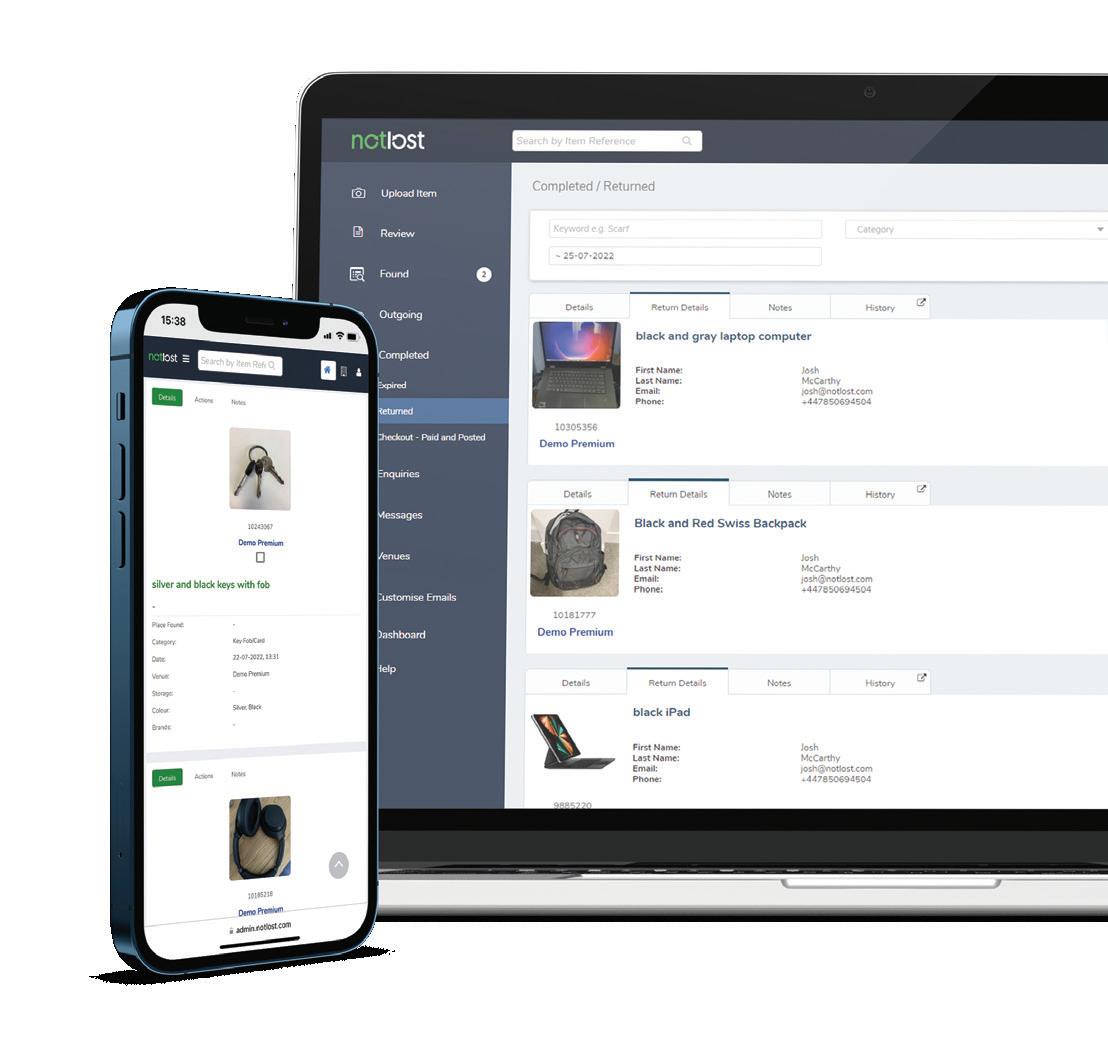 TfL Performance Manager
TfL Performance Manager
For a free demonstration contact: russ@notlost.com Automate manual tasks Free up valuable staff time Improve visibility of lost property and comply with GDPR Deliver a modern, mobile experience for travellers Reassure your passengers,
time & money and
more
of
property with
software.
save
return
items
lost
our lost and found
notlost.com
Trusted by
Siemens Mobility managing director for rolling stock and customer services Sambit Banerjee was at pains to point out that both the existing Leeds facility and the new one in Goole support other train manufacturers’ fleets, not just Siemens ones. “You can see we are doing very complex things like Eurostar brakes and HVACs. These are the things we have now added and they do not go to Germany anymore. It all gets done over here,” he said.
After opening the new £7 million facility that marked an important milestone for Siemens in the UK, Rt Hon Michael Gove MP, Secretary of State for Levelling Up, Housing and Communities, spoke to Inside Track. “This is a brilliant example of levelling up, because in Goole we have an area which is rich in talent but historically hasn’t always had the investment that it deserves,” he said.
“Getting a world class company moving in here with a state-of-the-art facility, starting by recruiting locally, including apprentices, and then planning to scale up significantly, is very impressive.
“Rail transport is a critical part of making sure that individuals and services can be where they’re needed in order to maximise economic growth. In particular, we have a commitment to seek, over time, to improve connectivity, not just between North and South but within the North as well, which is absolutely critical for economic growth.
“Of course, there is more to be done. There’s particularly more to be done to link the corridor that runs from the Mersey to the Humber and to ensure that we’ve got across-Pennine connectivity. But making sure that we have effective, hi-tech and attractive rolling stock is critical to making that work.”
Levelling up
While he was at the facility, Michael Gove also had a tour of the train production workshops, which are now structurally complete and await fitting out.

“One of the things I’m anxious to do,” he said, “is to work with the Mayor of London in order to make sure that London remains a globally competitive city, but also to ensure that we have jobs and investment here in the North.
“Sometimes, when people talk about levelling up, they think that it’s at the expense of different parts of the country. But when you can get high quality jobs and investment here in the North of England and, at the same time, you can see the benefits and connectivity and sophistication in the South, then that’s a double victory.
“I’m sure the Mayor of London would say that’s the argument he’s been making all the way through. It’s always going to be the case that the Mayor of London, any Mayor of London, will always want more resources, particularly for TfL. And it’s always going to be the case that any transport secretary is going to have to balance the ambition of the Mayor and TfL with the need for investment elsewhere.
“But it’s fantastic to see Siemens Mobility investing in this new facility in Goole. This is a great example of how we’re working with business to deliver on our commitment to secure international investment in the UK to create new skilled jobs and level up the country.”
Train factory
The new rail components facility, together with the £8.1 million RaisE (Rail, Accelerator and Innovation Solutions Hub for Enterprise) building on the other side of Tom Pudding Way that has been built in conjunction with the East Riding of Yorkshire Council and the University of Birmingham to supply workshop facilities and offices for start-up businesses and other SMEs, form only a small part of the £200 million train factory.
The main halls are now complete. Bodyshells will be received from Vienna and prepared in the Reception Hall. They will then move to the Assembly Hall where the individual carriages will be built up, after which they will be taken to the Commissioning Hall so that the carriages can be built up into complete trains and then statically tested to make sure that all the systems are working.
It’s fantastic to see Siemens Mobility investing in this new facility in Goole
Michael Gove
INSIDE TRACK: SIEMENS 50 May 2023
Michael Gove MP visits the new factory CREDIT Siemens Mobility
Our experience will make all the difference, with in-house Access Planning, Safety Critical Staff & CAA Accredited UAV Pilots.
We provide survey data for today and future BIM environments.
Using the latest technology our services include Gauging • 3D Modelling Asset Management OLE • UAV Surveys Signal Sighting S&C Surveying

Dynamic testing will be carried out on a short, 1.3km test track on-site at speeds of up to 40mph (64km/h). There is even an environmental building where carriages can be subjected to water spays simulating torrential rain to make sure they don’t leak!
The tools and fixtures for the Assembly and Commissioning Halls are on order. Trial assemblies will commence early in 2024 before live production commences shortly afterwards. The first few trains will go to the Siemens test track at Wildenrath in North Germany for acceptance testing.
In preparation, a number of Siemens UK employees are already working in Vienna, learning how to assemble the trains. By the time production starts in Goole in 2024, most of the assembly team will have learned on-the-job in Vienna.
The Vienna factory will build around 455 cars then Goole will build 405. After that, there is talk of six more trains for the Piccadilly line, bringing the number up to 100, then 40 for the Bakerloo, 100 for the Central and 10 for the Waterloo & City, making around 250 trains in total.
The first train out of Vienna could reach the Wildenrath test track in the summer. It will be a departure from previous ‘deep tube’ trains in that it will have gangways and air conditioning. The lighter weight and improved, regenerative braking will result in reduced heat output from the trains, allowing the use of air conditioning while keeping the amount of heat pumped into the tube system under control.
The whole Goole complex is smart, well laid out and will, in the coming years, employ some 700 skilled people producing between four and five cars a week.
“We’re proud to have been able to show the Secretary of State the impact that our site in Goole is already having creating jobs and supporting the region, and how this fits into his ambitions for levelling up,” commented Sambit Banerjee.
“Investment in the rail industry is essential for not only boosting growth, but ensuring we have the capabilities to design, manufacture and maintain the different parts of our rail system here in the UK. What’s more, our state-of-the-art rail village will enable us to drive forward a smarter, greener and more digital rail network.“

Getting a world class company moving in here with a state-of-the-art facility…is very impressive
INSIDE TRACK: SIEMENS 52 May 2023
Michael Gove MP cuts the ribbon



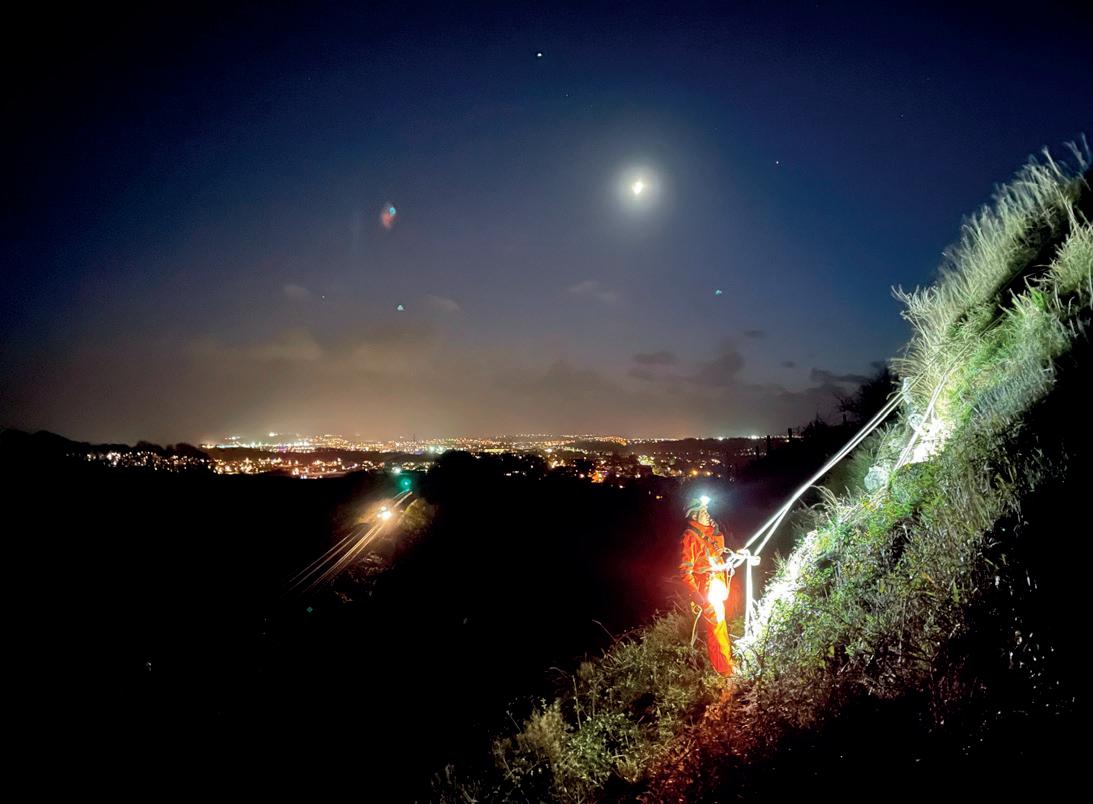
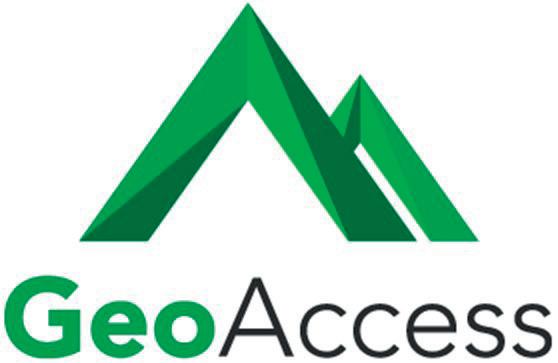





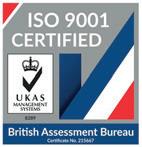

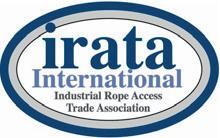
ASSET INSPECTIONS Earthworks Structures Drainage ACCESS SOLUTIONS Rope Access Underwater Drones Confined Space T: 0333 7722315 E: info@geoaccess.co.uk www.geoaccess.co.uk WE COLLABORATE WE INNOVATE WE SOLVE
The rise of digital technology on the railway was very much in evidence at the recent Innovation Conference, organised by the Railway Industry Association (RIA) in Nottingham
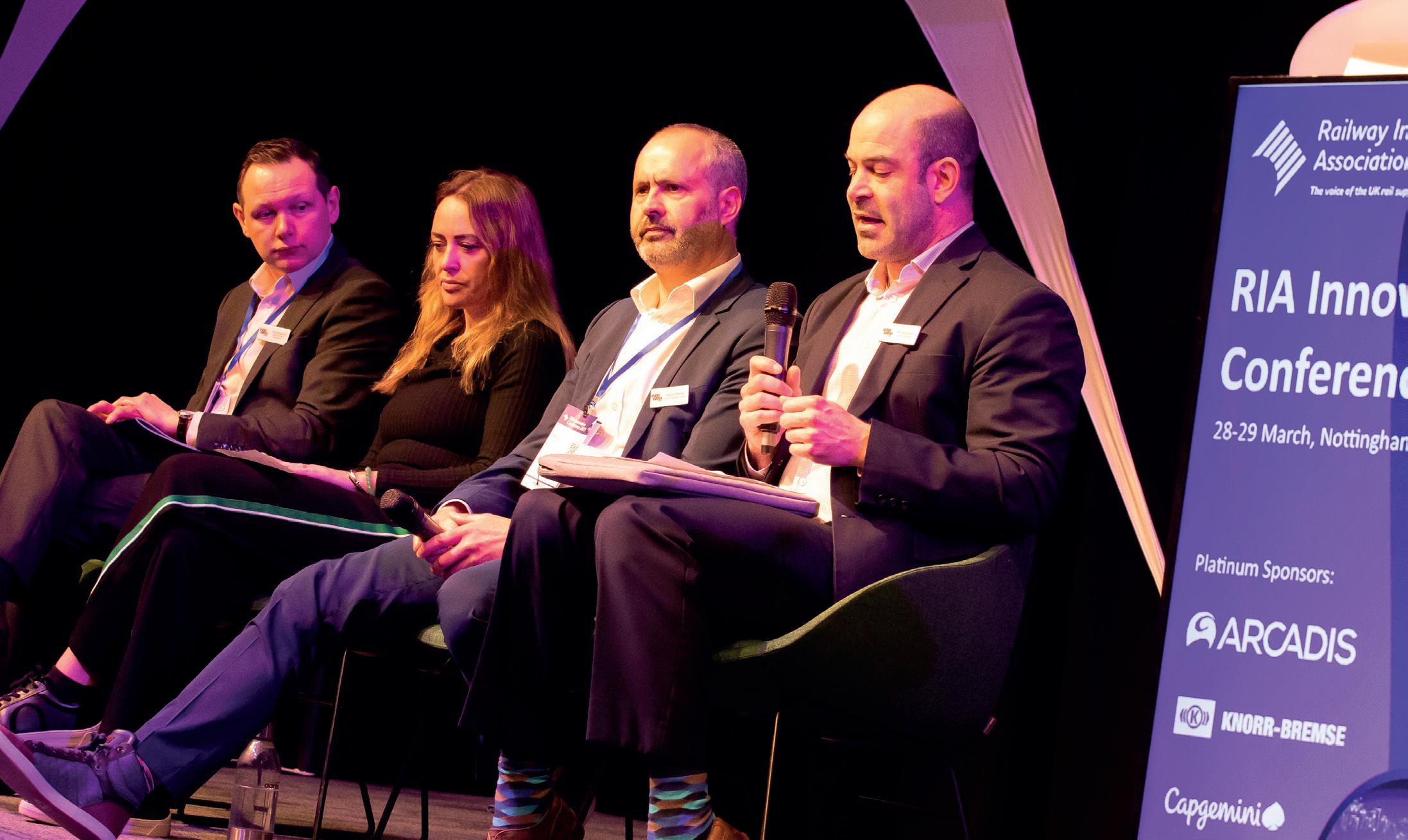
Realising the benefits of innovation
Over two days, three hundred delegates were able to take in speeches and presentations from government ministers, Network Rail, major railway projects and train and freight operators.
There was also an exhibition area where 37 companies and organisations were displaying their latest innovations and meeting with delegates to discuss recent advances.
RIA’s chief executive Darren Caplan welcomed delegates to the conference, stating that the railway
industry seemed to be in a good place at the moment, with passenger numbers back to pre-COVID levels over five consecutive days recently and revenue up to 90 per cent, which is good news despite the stillgloomy message being reported in some quarters.
So, he continued, instead of planning for managed decline, the railways need to be preparing for growth, and innovation will be essential to do that.
Rail Minister Huw Merriman, unable to get to Nottingham due to the busy parliamentary schedule, spoke to the conference by video link.
East West Rail panel
INSIDE
54 May 2023
All images RIA/Rob Finney
TRACK: INNOVATION

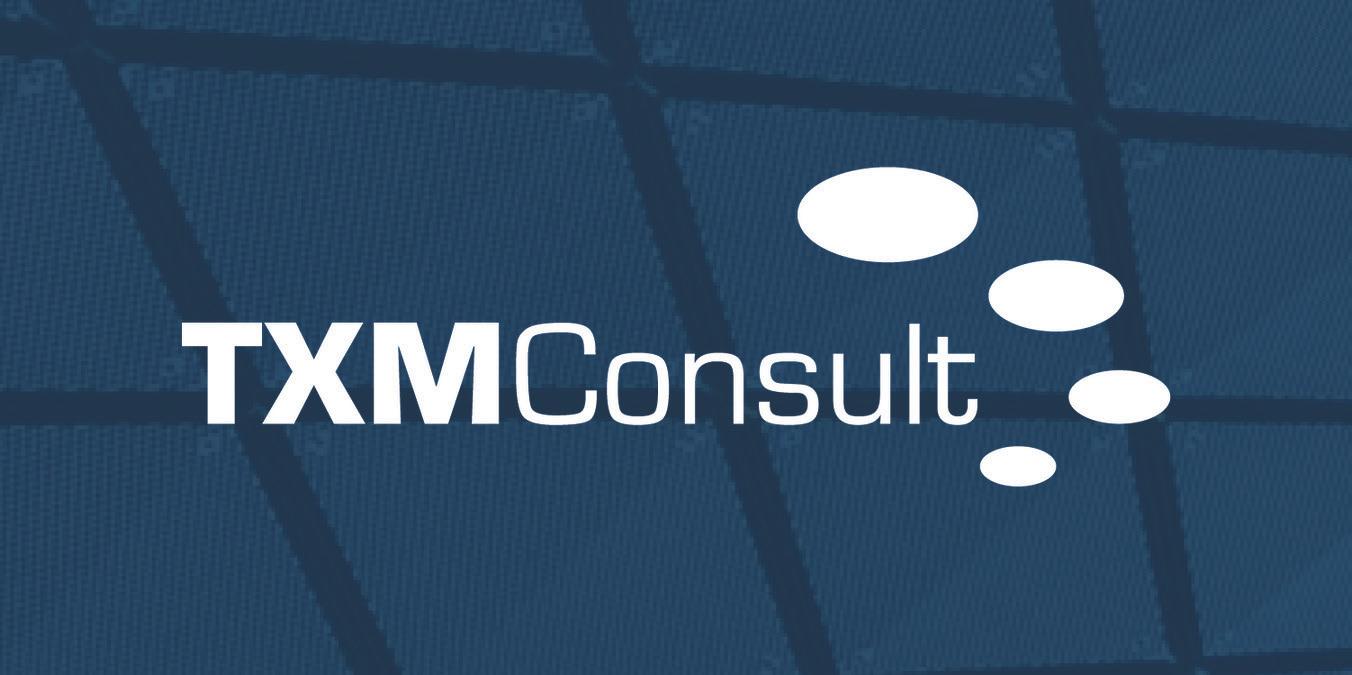
In an uncertain, complex, and ambiguous world, business change is essential and inevitable Helping companies lead the way, we partner with clients to become trusted advisors, consulting to support their future state visions by providing innovative strategy, advice and solutions to deliver transformative business growth. Business Transformation Delivered in Partnership www.txmconsult.com Strategic Advisory Services Turnkey Solutions Digital Infrastructure & Systems Integration Portfolio, Programme & Project Management (P3M) Engineering, Asset Management & Maintenance Services
He picked up on Darren’s theme, stating that research and innovation will provide the industry with ways to meet the twin challenges of decarbonisation and bringing passengers back to the railway. “The UK has a long record of creativity and innovation in rail,” he stated, adding that Great British Railways will place huge emphasis on working with industry to achieve success.
The view of His Majesty’s Opposition came from Labour’s Shadow Minister for Science, Research & Innovation, Chi Onwurah.
She said how pleased she was that RIA had organised a conference looking at railway innovation and reminded delegates that the first major innovation was the introduction of the commercial, passenger-carrying railway by George Stephenson, who came from the same area as her constituency in Newcastle upon Tyne.

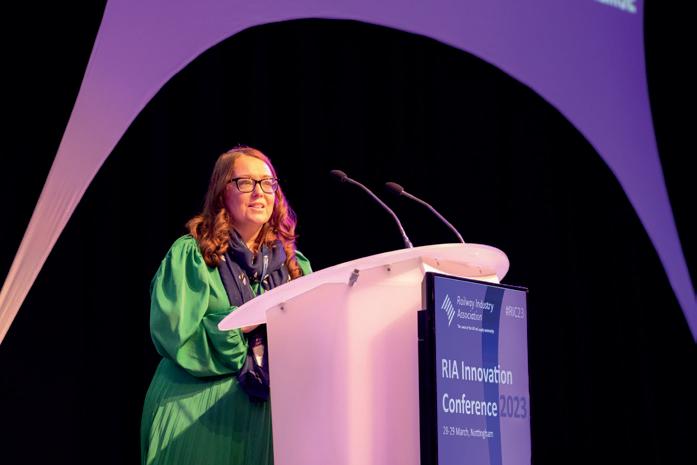
“I am really enthusiastic for the future of our railway network,” she said, adding that she believes that having the railway under government control will allow new measures to meet customer needs to be introduced more quickly. On decarbonisation, the shadow minister commented that a cost-effective electrification programme is urgently needed to unlock carbon savings and encourage modal shift from road to rail.
She stressed that long-term industrial strategy is also needed, commenting that public-sector procurement will help to de-risk innovation by giving new technologies an early market.


Huw Merriman had mentioned Great British Railways and Rufus Impey, who is lead strategic partner with the GBR Transition Team, explained that, while the way in which research, development and innovation sits in the railway’s long-term strategy is pretty straightforward, the industry needs to do things differently and not get stuck in the various “valleys of death” that occur in the lifetime of a project. GBR will need to influence the existing landscape in terms of public funding, train operations and the supply chain, he said.
Infrastructure innovation
Robert Ampomah, chief technology officer with Network Rail, reminded everyone that innovation on the railway is not new, referring to the industry’s “historic roots” of being creative in both thinking and technology.
He then outlined the four priority areas that, he believes, will make the railway cost-effective and financially sustainable: to ensure safety and security, to promote reliable performance and increased capacity and to improve sustainability.
Commenting on Network Rail’s strong support of innovation, he described four recent examples adopted by Network Rail: the Flowbridge footbridge, Wave Walker, which was used to reinforce sea defences at Dawlish, digitised lineside inspection and the increased use of drones both for routine surveys and to access hard-to-reach places under viaducts and still-moving landslips.
East West Rail is a major infrastructure project that is opening/reopening the line between Oxford and Bedford and then on to Cambridge. A team of four speakers combined to inform delegates of their collective approach to innovation. Will Reddaway, head of innovation, spoke of the importance of collaboration and diverse thinking as the team works towards achieving its common goals for the industry.
Martin Phillips, head of customer strategy, explained that customers were being considered early in the project, before there are even any stations or trains, so they can be designed to deliver what customers actually want.
Head of inclusion Caroline Eglinton took this approach even further, making sure that stations, platforms and trains are designed to make access easy, identifying potential barriers and removing them before construction starts.
Finally, Andrew Bagguley, head of systems, commented that he is head of systems for rolling stock, not head of rolling stock, making him part of the team working with colleagues on other systems such as signalling and communications to ensure that East West Rail is both coordinated and integrated. Services from Oxford to Milton Keynes are due to start late 2024/early 2025 using cascaded Class 196 trains. The full railway, from Oxford to Cambridge, is looking likely to be open by the end of the decade.
HS2 is the biggest infrastructure project in the UK, despite the recent curtailment of some of its original plans. Head of innovation Howard Mitchell used a slide from his presentation the previous year, updating delegates on how the innovation process at HS2 had progressed since then.
Top: Emma Dickson, Arcadis
Middle: Marie Banks, DB Cargo
INSIDE TRACK: INNOVATION 56 May 2023
Bottom: Michael Davies, TfW
“Innovation is a team sport,” he said, adding that HS2 now works with 25 innovation start-ups compared with 10 a year ago, with £350 million savings already enabled for Phase 1 of the project.
Forward thinking


Several passenger and freight operators outlined their views on the need for innovation. Martijn Gilbert is managing director of open-access train operator Lumo, which introduced a new train service between Edinburgh and London that commenced on 25 October 2021.


Now running 10 services a day, its two main features are that it is 100 per cent electric – there are no diesel engines in the fleet – and that his company offers “a fair proposition”. The service is ‘good standard’ class only, and fares average around £37 from London to Edinburgh. All booking and ticketing is online and digital and Lumo has fully embraced new technology.
Marie Banks, head of transformation and digitalisation at DB Cargo, gave a freight operator’s view on innovation. She said that a good understanding of legacy assets is essential – they have a lot of them – but they also need to look forward. Digital access, intelligent assets and data-driven decision-making all drive innovation and efficiency in the business.

Transport for Wales runs the devolved transport system in the Principality, and Michael Davies, TfW’s insight and innovation manager, introduced delegates to Llwybr Newydd, the New Path that is
TfW’s transport strategy and which guides the Welsh transport innovation strategy. Passenger demands have changed and the Innovation Steering Group is looking to meet those challenges.
TfW runs ‘Lab by Transport for Wales’, a 12-week accelerator programme that has accelerated 18 start-ups into the rail industry. It helps creative, ambitious start-ups develop their existing solutions and ideas to improve customer experience and business efficiency across Transport for Wales Rail.
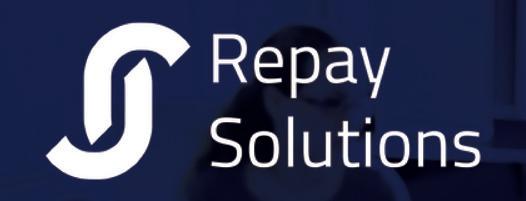












Michael took the opportunity of RIA’s Innovation Conference to launch the Lab’s 2023 challenge and opportunity statements, introducing this year’s key topics of Customer Experience, Modal Shift and the Future of Transport. RIA members and conference delegates were invited to get involved.
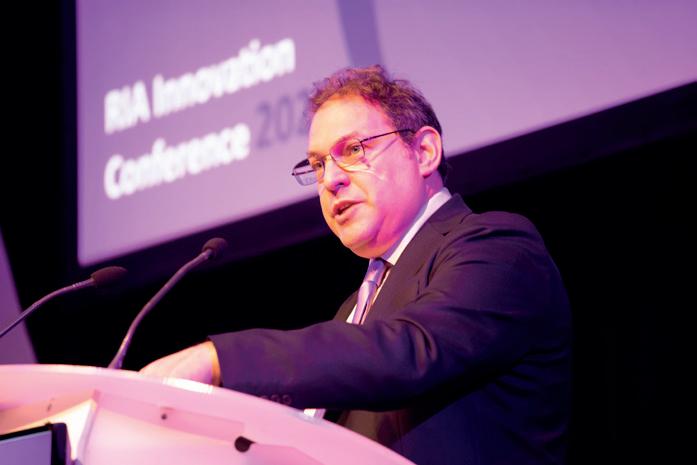

Digital transport

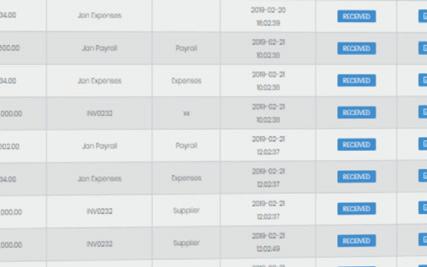



Talking of launches, RIA innovation director Milda Manomaityte informed delegates that the Department for Transport (DfT) had just released its Digital Transport Strategy, setting out how it will work with the transport sector to improve the discoverability, accessibility and quality of transport data to support innovation.
This fortunate timing coincided nicely with RIA launching its own report ‘Data and Digital Technologies in Rail’, which outlines the challenges and opportunities facing the rail industry on data and digital technologies.




Simplify your business payments Send bulk payouts instantly to anywhere in the world, at the click of a button. The Ultimate Payout Platform Fast and Easy access to the latest instant payment solutions: UK Faster Payments GBP Instant Payment 24/7. SEPA Payments EUR Instant Payment 24/7. Global Bank Transfers Local and SWIFT payments to 220+ countries. Pay2Card Make payment to any Visa or MasterCard debit or credit card across 200+ countries. info@repay.solutions RocketSpace, Regent House, 40 Islington High Street, London Tel: +44 203 026 2468
Top: Anit Chandarana, GBRTT
INSIDE TRACK: INNOVATION 57 May 2023
Bottom: Darren Caplan , RIA
Following a consultation with RIA members, the report includes six key ‘asks’ of government, policy makers and clients, which will enable, expedite and ensure the success of the UK railway’s digital transition over the next 10 years: the ‘digital decade’.
The importance of data was stressed by Paul Watson, senior director at Arcadis, who spoke about assured and data-led delivery, describing how he sometimes got “that sinking feeling” when discovering that a project isn’t going as well as reports suggest. Using data correctly can overcome this, he said, but the challenge is how to do so when “96 per cent of all data goes unused in the engineering and construction industry”.
His Arcadis colleague, design and engineering service lead Emma Dickson, then took over to discuss assured and data-led design and engineering, and how it can be used to detect potential clashes in design early. Model-based systems engineering has been around for a long time but is still not used properly or well enough, she said.
Embrace change or fail
Andrew Hawthorn, chief solution architect for high integrity systems at CapGemini, told delegates the industry has to embrace change or fail. It has changed constantly in the past, now it needs to be more digital in its products, services, organisation and business. The industry needs to understand how digitalisation will affect operations, customers, the environment and the industry itself.
Maximilian Eichhorn, VP of digital products and services at Knorr-Bremse, talked about the opportunities and challenges that digital systems bring. He described how operators with train fleets from different manufacturers have to deal with differing digital systems and standards, but even trains from the same builders can include different subsystems using different data protocols. These have to be made to talk with each other so that the data can also be shared with all interested stakeholders, which itself raises the question of who owns the data and what can legally be shared.
Anit Chandarana, lead director at the Great British Railways Transition Team, gave the final


presentation of the conference. He referred back to comments he had made six months earlier, when he said that rail is too siloed, too slow and too proscriptive.
The last 12 months have been challenging politically, he commented, but he believes that secretary of state Mark Harper and rail minister Huw Merriman have brought stability. They are pushing hard for rail reform to go ahead with major involvement from the private sector.
GBR intends to be a guiding mind, but not a centralised, controlling one, he stated. However, he mentioned two areas that, in his opinion, need addressing. Timetabling is an important topic, yet it is still largely carried out using traditional methods and there is no one in overall charge.
Referring to innovation, he said that the railway was poor at ‘whole-system thinking’, and it was frustrating to try to put new technology into an industry that is so fragmented. Once again, no one is accountable for making things happen at a wholeindustry level.
Innovation is a team sport Howard Mitchell, HS2 head of innovation
INSIDE TRACK: INNOVATION 58 May 2023
Robert Ampomah with Milda Manomaityte

LOW EMISSION SOLUTIONS USA - CANADA - UNITED KINGDOM - SWITZERLAND WWW.TROJAN-SERVICES.COM TROJAN SERVICES
Naomi Arblaster, Head of SME Development at the Black Country Innovative Manufacturing Organisation
An important cog in the innovation wheel


Naomi Arblaster and the BCIMO team have a dual mission: they are working, not just to facilitate the development of future industries, but to help Black Country businesses adapt and pivot in the face of increasingly challenging trading conditions.
As part of this ground-breaking work, the organisation (which was launched to oversee Dudley’s new rail innovation centre) has created its own blueprint for innovation.
“We have developed a cog model comprising four moving parts, which we believe need to turn together to enable new and emerging industries to flourish,” Naomi explained.
“The four cogs are interdependent and can be used as a tool when developing support interventions for businesses looking to transition into new and emerging markets. This, in turn, will help them to avoid stagnating and becoming obsolete.”
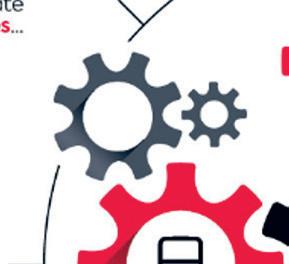

A framework for building new industries
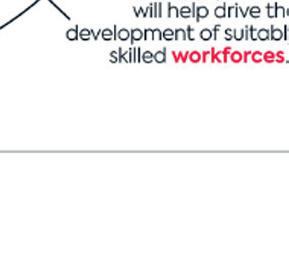
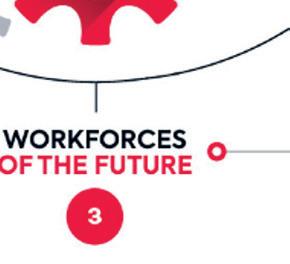

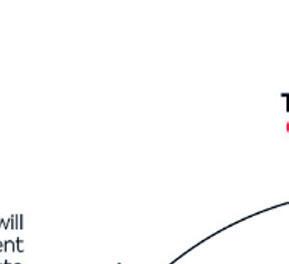
BCIMO’s work began several years ago, when it oversaw the launch of a new centre of excellence for the emerging Very Light Rail (VLR) industry. With the West Midlands already playing host to the Coventry Very Light Rail project, Dudley was an ideal location for this state-of-the-art research and development hub, opened in late 2022.
As a not-for-profit company, BCIMO’s wider mission was to support the development of the VLR industry, and it set about creating its ‘cog’ model, which comprises four interdependent areas of activity: Technologies of the Future, Supply Chains of the Future, Workforces of the Future and Emerging Markets of the Future.

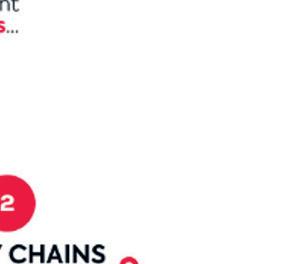
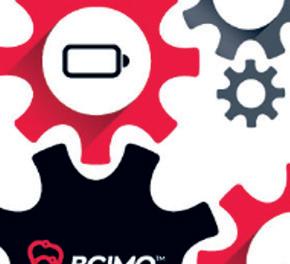
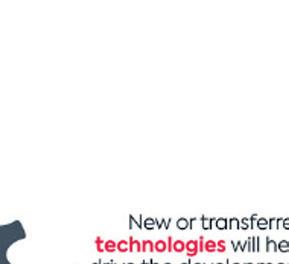

While it was designed as a supporting model for the development of VLR, Naomi explained that this framework could be applied to any new or emerging industry.
Now, BCIMO is using its model to assist businesses in the Black Country. Its focus is on helping them to transition into new and emerging markets, which will stimulate economic growth, create and safeguard jobs, and ensure industrial sustainability. This work could help transform a region in need of support and innovation.

But how did the Black Country arrive at this point?
200 years ago, it found itself at the centre of the first Industrial Revolution, when its small ‘cottage industries’ gave way to large ‘manufactories’ and mechanised production processes.
Naomi explained: “Despite playing a key role in the industrialisation of the UK, the region failed to keep pace with the developments that followed, and unemployment soared after the closure of factories in the late 1970s and 1980s.
“Today, the figures paint a disheartening picture; only 34.9 per cent of Black Country businesses are classed as ‘innovative active’, while the area has received just £20.3 million in innovation funding from Innovate UK (UK Innovation Survey, 2019) since 2014.


“Exacerbating this issue is the fact that many of the region’s small-medium-enterprises (SMEs) operate in traditional manufacturing sectors, and are hampered by ageing assets, a low skill base, and a cultural resistance to change and innovation. Unsurprisingly, all four Black Country boroughs are in tier one of the government’s levelling up fund priority list.”
Now, BCIMO is striving to support these

businesses, which risk becoming obsolete if they fail to adapt and transition into new and emerging markets. And, with a recent think tank report warning that The Black Country could lose 12,000 manufacturing jobs by 2023, its work is more important than ever.
Helping businesses to adapt and innovate
With these challenges in mind, BCIMO has developed several business support interventions around the areas of activity captured in its cog model.

Supporting the development of ‘Supply Chains of the Future’, its Supplier Readiness Programme has already yielded positive results. As part of this intervention, the BCIMO team works closely with local manufacturers, reviewing their processes and suggesting improvements – from digitisation to waste reduction.
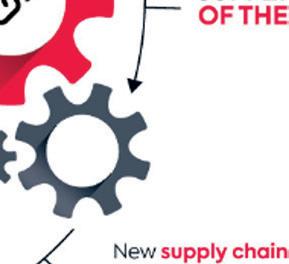
And, Naomi added, business owners have been delighted with the results. After BCIMO completed an onsite review of Smethwick’s A&M Pure Precision, it was able to connect the SME with a potential customer in a new market sector.
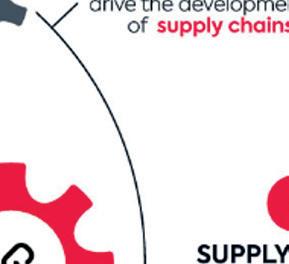
(BCIMO), explains how she and her team are helping to shape and accelerate future industries – and urges SMEs to take advantage of their free support programmes
ADVERTORIAL 60 May 2023
The four cogs
Phil Calcutt, marketing manager at A&M Pure Precision, commented: “The support provided understood our processes and culture. It was an accurate reflection of our company, acknowledging our many strengths as well as areas in which we could improve.
“This created an opportunity for dialogue within our management team that will lead to improved and new manufacturing processes and increased competitiveness.”
After its own intervention, Bilston SME Weldrite Ltd recognised the need to digitise its processes – a decision it believes will lead to efficiencies of 20 to 25 per cent.
Its director Viran Patel added: “It was an absolute pleasure to work with BCIMO, whose knowledge and expertise have been very beneficial.
“The support has contributed to us now applying to the Made Smarter scheme to help support with the final investment decision and implementation of a digital application. It has also contributed to us looking at new markets”.
Traditional steel casting company Boro Foundry Ltd has also benefitted from the Supplier Readiness Programme, which helped it to identify an opportunity to bring a new product to market.
Sam Edwards, the foundry’s sales & business development manager, said: “BCIMO understood the nature of the product we were developing. They helped to map out the technical, manufacturing and supply chain risks and proposed solutions that we are either using or are likely to use in the future.
“Our product is still being developed, but, should it be successful, it may allow us to establish a factory to manufacture a new product in a new market.”
Looking to BCIMO’s ‘Technologies of the Future’ cog, and the organisation has recently launched ‘Fast Track 4 Rail Innovation’ – a new programme that will help SMEs to take advantage of “once in a generation” rail investment.
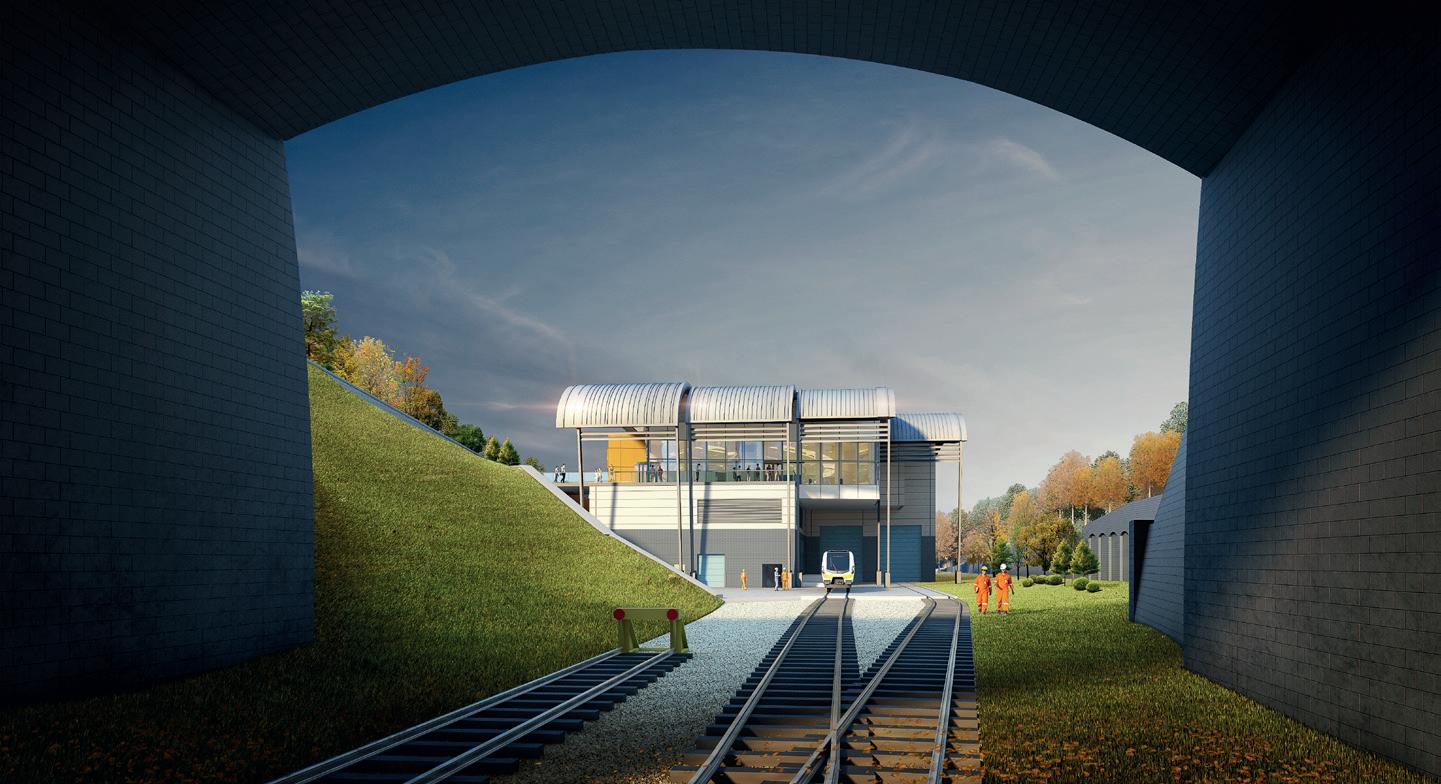
Naomi explained: “We’re thrilled about this new two-day programme, which provides companies with valuable insights into the opportunities for developing products and services in the railway supply chain. The first cohort took place in mid-May, with another one in early June 2023. Over the next few years, the rail industry will receive huge levels of investment, and the course – which is free to Black Country SMEs – should help them to tap into that funding.”
Places on the programme are limited, and Naomi urged SMEs to book at their earliest convenience.
Building future workforces
BCIMO has also launched a new programme, ‘Electric Revolution Skills Awareness’, as part of its ‘Workforces of the Future’ cog.
Naomi explained: “Many local companies still manufacture products for markets that are in decline. Our two-day programme aims to help them prepare for this market decline, ensuring that they can adapt to and transition into new and emerging markets and in turn avoid redundancies, stagnation, and obsolescence.
“This new programme focuses on the Power Electronics, Motors and Drives (PEMD) that are required throughout the transport sector. We want to up and re-skill existing workforces so that they can design, develop, and manufacture these products, tapping into the ‘electric revolution’.”
It’s all part of BCIMO’s proactive approach; the organisation is encouraging businesses to anticipate market decline, making what Naomi calls “small changes now” rather than “big changes when it’s too late.”
Ultimately, she and her team are looking to build supply chains that can support both the VLR industry and other future markets. This work will safeguard jobs in the region, as well as paving the way for new and emerging industries.
Naomi added: “We linked onto VLR as a new and emerging market, but the model can work for any markets – including clean tech.”
Clean futures accelerator
BCIMO has already turned its attention to clean technologies, launching a new programme in conjunction with two other organisations.
Naomi said: “We’re giving local SMEs the chance to access additional funding through Clean Futures, a new project headed up by BCIMO, Connected Places Catapult and Coventry University.
“Launched as part of the West Midlands Accelerator, Clean Futures will see SMEs funded to develop and demonstrate clean transport tech solutions. Its broader aim is to develop the region’s transport sector, supporting manufacturers and supply chains as they transition to clean tech.
“We’re working with some exciting companies who will be setting some of the challenges, and any SME in the West Midlands can apply for the grant. The winners receive £50,000 and 10 days of testing and training on our track, as well as commercialisation support to scale up and take their innovation to market.”
For BCIMO, it’s another opportunity to facilitate the development of greener, more affordable transport technologies – and safeguard jobs in the region.
Naomi concluded: “We’ve got to be innovative ourselves as support organisations, and we recognise that technologies and markets are changing all the time – so the model was developed to be flexible enough for us to continue to provide business support interventions which are fit for purpose for the business environment at that time”.
SMEs interested in applying for any of the support programmes mentioned in this article can contact BCIMO via its website: www.bcimo.co.uk/contact. More information about the Clean Futures programme will be released shortly.
ADVERTORIAL 61 May 2023
Over the next few years, the rail industry will receive huge levels of investment, and the course – which is free to Black Country SMEs –should help them to tap into that funding
Right fi rst time
Aweb search on ‘right first time’ can return over 100 million results to you in a fraction of a second. With so much information available on how to do things correctly, why do mistakes still happen, failures occur, and projects diverge from the plan, and what are Serco Rail Technical Services (SRTS) doing differently to ensure they attain ‘right first time’?

In human history there have been countless mistakes made, an unimaginable number of things broken that have been either discarded or in more recent times destined for recycling, and many projects have either over-run, gone over budget or commonly both (these are the projects you typically hear about as they make good reading whereas the quiet successful ones almost go unnoticed). No one can doubt as we relentlessly head into the future that these events and issues are going to happen time and time again.
As engineers, we believe that the exploration of new technologies, new ways of working, new processes, and new approaches is a part of our DNA. We strive for the future to be better, more efficient, lower cost, higher yield, and ultimately more time to enjoy a cup of tea (or coffee... and ideally with a biscuit or two) before pursuing the next task. With each step of exploration, we encounter risk; this must be accepted and mitigated as without risk and mitigation, progress would likely not be made. So how does this relate to ‘right first time’?
A very big ask
Getting the customer research right, the requirements right, the project plan right, the budget right, the design right, the production right, the logistics right and the sales right and doing all this ‘right first time’ to have the most desirable business model is a very ‘big ask’. Some engineers believe their only time to engage with this journey is at the ‘design stage’; here at SRTS we challenge that belief, and our engineers immerse themselves in every project from concept to closure.
In recent projects, we have achieved ‘right first time’ by working closely with our customers from initial discussions all the way through to delivery. At each stage of a project, we take incremental steps to ensure that we are heading in the right direction and that our customers are fully consulted along the way. Where possible we will make visits to customer’s sites to fully understand what we are dealing with and how we can deliver the best product or solution. As projects progress, we will make further customer site visits so that again we can ensure we are on the right trajectory, for example by trial fitting equipment to ensure that when the time to install comes we are slick with our process so that delays are avoided.
At SRTS we have a dynamic and capable team that responds and adapts quickly to an ever-changing environment. As the needs of our customers change, for example overcoming a delay in programming, we are a team that is ‘one less thing to worry about’ and we will do whatever we can to ensure the collective result. So, do we achieve ‘right first time’?
In all honesty, we are human, and we make mistakes like everyone else. But it’s how we deal with and overcome those mistakes, learning along the way, and going ‘above and beyond’ that makes our engineering team one of the strongest I have ever worked with.
Visit www.serco.com/srts, or email enquiries.srts@serco.com for more details
Gary Miller, Serco’s engineering services manager, writes about challenging engineers who believe their only time to engage with a project is at the design stage
ADVERTORIAL 62 May 2023
In recent projects, we have achieved ‘right first time’ by working closely with our customers

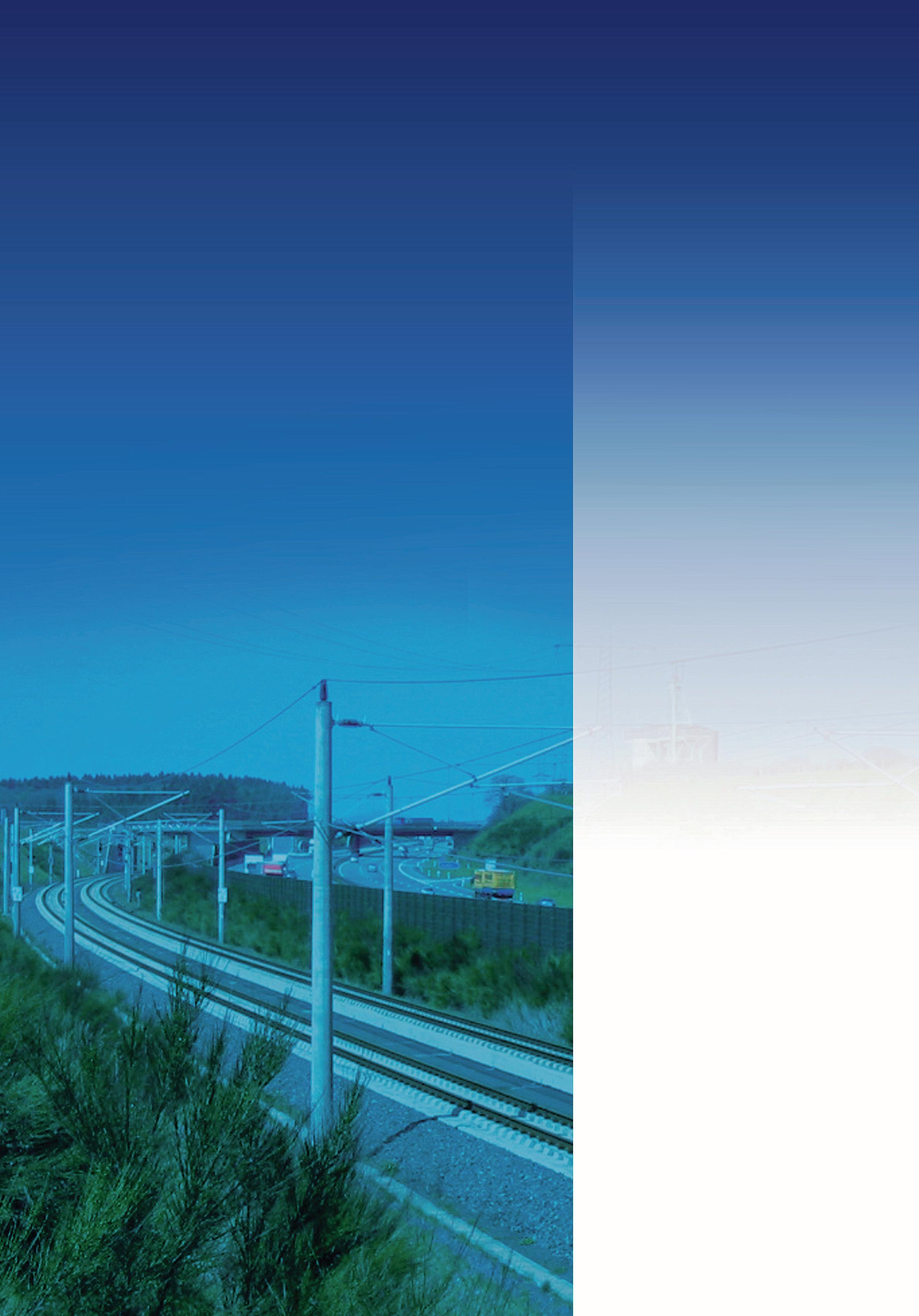




The Occupational Psychology Centre (OPC) has recently been focusing on leadership, and the key skills needed to be a successful manager and leader in the industry

Driver managers. The toughest job on the block?
relationship between a driver and their manager that can mean the implementation and adherence to a competency development plan or an NTS development plan to get them back driving to a safe and competent standard.
Alongside technical competence, being a DTM requires highly skilled people management expertise. There’s a need to balance the critical delivery of safe and effective driving alongside keeping a team of drivers happy and motivated, thus ensuring trains run on time for customers. Relationship building, behavioural and performance management skills and most importantly communication and people skills all take time to recognise, learn and hone. However, sometimes, DTMs may not receive the same level of time and training investment as fits the needs of their role.
A DTM said: “Building a strong rapport with a driver takes time. It’s not a ‘glancing’ relationship. You have to be in it for the long haul and you have to earn your stripes.”
Key skills needed to make a really good driver manager
The team at the OPC have been focusing on the key skills needed to be a successful manager and leader; some pivotal leadership roles, and assessment tools that can help rail organisations to recruit leaders who excel in their roles. One such focus has been the crucial, pivotal and special role of managers responsible for crews of train drivers. Whether their role title is driver managers (DM), or driver team managers (DTM), they need a key set of competencies to be successful and effective in their job.
What’s so important about driver team management?
Fundamentality, although they may not be driving a train personally, or have driving responsibilities – it is still a safety-critical role. They need to be able to get the best from each of their drivers. It’s their responsibility to ensure a driver is safe,
competent and effective. Whether that’s personally or alongside a competency development manager (CDM) colleague; to oversee and ensure a driver is technically competent with excellent Non-Technical Skills (NTS) to be safe and effective. A DTM’s technical ability also requires the understanding, translation and implementation of standards.
A DTM told the OPC: “It’s hard to make standards match and work the same for each and every driver in the team. As a manager, you need to be able to translate them to fit the driving scenario and the person – that takes a lot of competence, skill and a gentle touch to deliver a front-line change.”
Having undertaken hundreds of Post Incident Assessments (PIA) with drivers who’ve suffered a safety incident; in the OPC’s opinion, the manager driver relationship is crucial to a driver’s return to safe and effective driving performance going forward. In many cases it’s only a positive, productive and trusting
OPC psychologists work closely with senior managers from many train operators across the rail network. Their extensive work includes projects such as NTS training, PIA, safety culture work, leadership development and investigation training. Alongside this OPC Assessment’s development work on the recently launched Leadership Potential Indicator Test (LPI), and face-to-face interviews with industry experts have helped to inform an in-depth understanding of what competencies are crucial in the leadership of a team of drivers:
Leading others to deliver results, eg, managing and directing others through confident and assertive behaviour.
People skills that build positive relationships and successful teams by using personal emotional intelligence, empathy and understanding.
ADVERTORIAL 64 May 2023


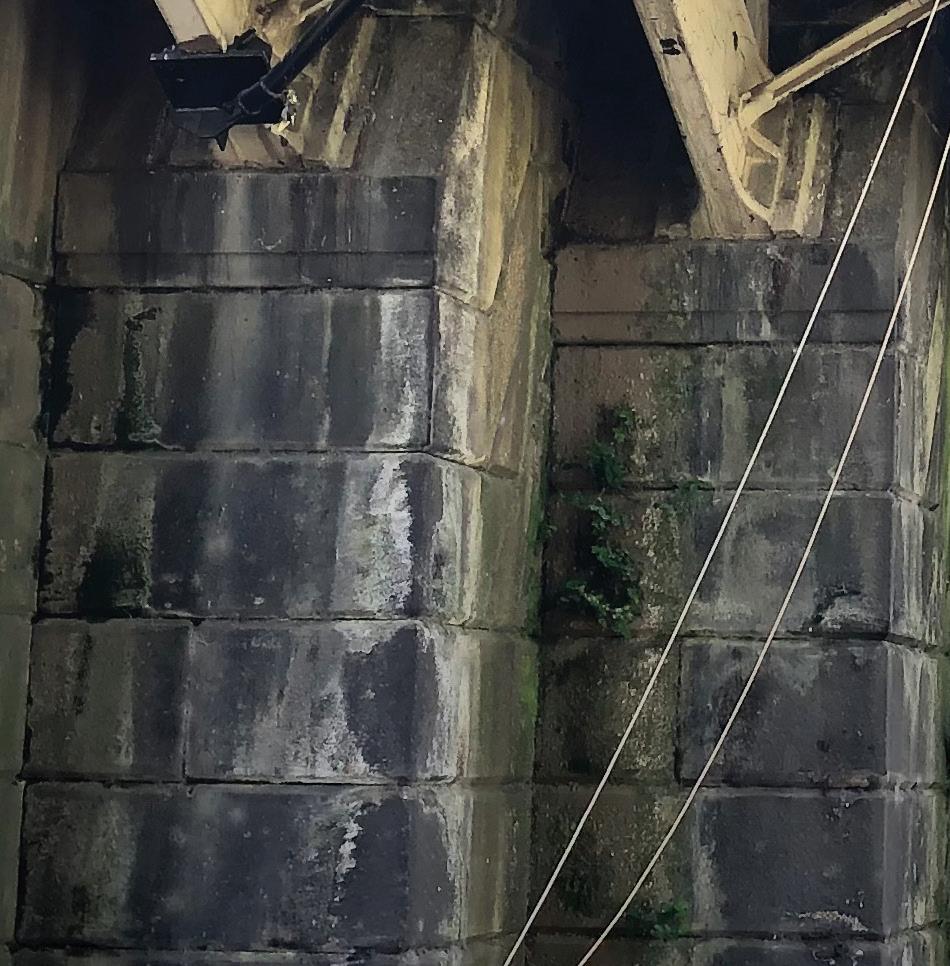



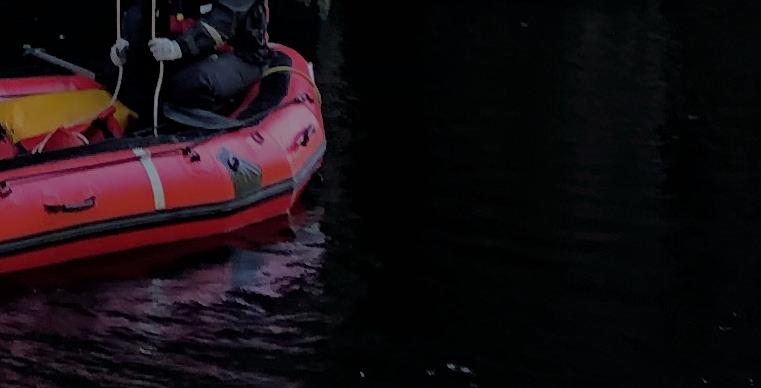
No matter the challenge, we provide solutions for all your monitoring needs. No limits for monitoring dywidag.com For more information please contact sales.uk@dywidag.com
A DM shared: “When we need to put a competency or NTS development plan in place after a safety incident, it’s essential that drivers are nurtured and cared for. There needs to be proper consideration for the driver’s welfare to help them, and make sure the plan really works.”
Thinking skills for effective problem-solving decision making, and planning.
A good DM will have a strong customer focus with both external and internal customers.
A DTM said: “I find it really rewarding, especially working with a driver who may be quite challenging. I love to work with someone who may have been struggling; help turn things around alongside them; change their attitude, and see their driving performance improve – it makes me so proud of them.”
Driving improvements in themselves and others, particularly in relation to competence and performance.
Tools to help recruit the best
When recruiting the best candidates for this skilled and varied role, OPC Assessment has a suite of tools and exercises that cover a wide range of competencies and abilities. Some of these have been designed bespoke for a DTM role. OPC psychologists can recommend: The newly launched Leadership Potential Indicator Test (LPI) that assesses for five key management competencies and measures leadership potential; The Investigation Exercise (InEx) can evidence a candidate’s ability to gather information and establish facts through a systematic and thorough approach – a significant skill requirement for this role. The Rules Acquisition Aptitude Test (RAAT) can help assess the ability to understand and reason with basic written rules, regulations and procedures – necessary when driving or implementing standards. As the role relies heavily on interpersonal skills it may be useful to include a role play exercise, alongside an interview in the recruitment process. Other assessment tools measuring other skills such as planning, organising, or communication could also be considered in a recruitment process.
Skilled up straight into the role?
A new DM may not necessarily have all the skills to make a good team leader straight away. Especially if their previous role had little interpersonal or people management experience. Managers interviewed by the OPC reflected that there can be a lack of formal induction or training prior to starting in role [depending on the operator] and that there may be little or no ongoing development for a DTM vs the role’s responsibility. In addition, there may be considerable up-front hours investment to get a good handle on the role.
A DTM commented: “When you first get into the role, it’s a massive ocean and it’s pretty quick to drown out there.”
Alternatively, a Leadership Development Centre (LDC) could be considered. The OPC runs development centres that are a hybrid mix of personal self-assessment and learning, online learning and
face-to-face skills development for individuals or groups of managers. These LDC can include leadership skills, coaching and mentoring skills development; communication skills; giving positive, relevant and empathic feedback, personal leadership styles and learning interpersonal skills.
Why might there be so many industry gaps for these critical roles?
Laura Hedley, senior occupational psychologist at the OPC, said: “When listening to those who lead these rare and crucial teams of managers, it’s easy to see why it may be hard to fill some of these gaps in the industry. The role is extensive and challenging.

“The breadth of tasks is wide, needing an ability to multi-task, prioritise and self-manage, whilst coping with the stress of the position. This may help explain why some managers either don’t stay in this leadership role or return to driving. It takes a special, very skilled manager to take on this pivotal and safety-critical role for the industry.
“With more secondments, a robust selection process, effective induction training and ongoing coaching and development we might be able to encourage more managers to stay and flourish in this vital role.”

An operations delivery manager added: “Driver team managers are under huge pressure every day. They have very strong competence and extensive knowledge of what it really takes to drive a train safely and get the best out of their drivers.
“They rapidly flex and adapt their plans to whatever the day throws at them and which of their drivers needs them the most. Driver team managers can sometimes be seen as a ‘Jack of all trades’ however, they are probably the most skilled managers in the business.”
Email: admin@theopc.co.uk
Telephone: +44 01923 234646
Website address: www.theopc.co.uk
ADVERTORIAL 66 May 2023
When you first get into the role, it’s a massive ocean and it’s pretty quick to drown out there
Speed Sensors & Tachometer Systems
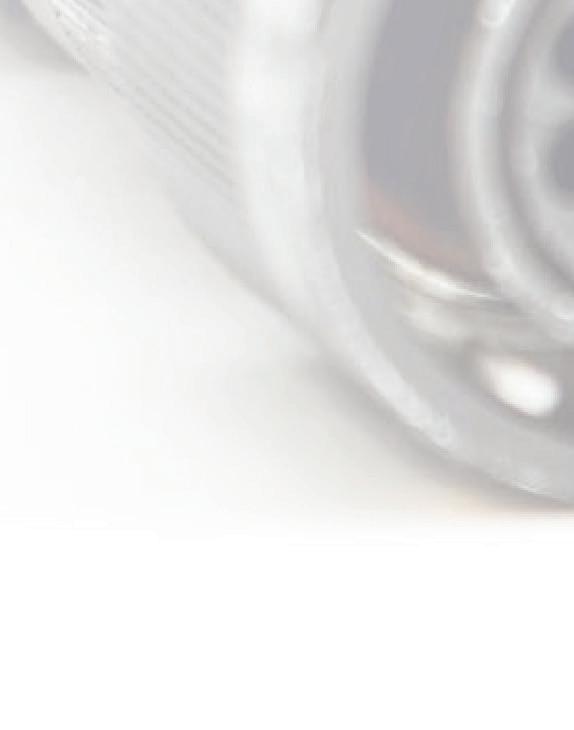



Multi-channel Sensors for safety critical systems
Rowe Hankins designs & manufactures a wide range of non-contact, multi-channel Speed and direction Sensors, designed for safety critical systems to operate in harsh environments.






Speed Sensors can have single, dual or multiple output channels. In turn, we can isolate a specific channel or channels to receive power from a different power supply. They can be designed and manufactured bespoke to customer requirements using Hall Effect & GMR technology.
Our new innovative 4 Channel Speed Sensor can be used to replace existing single and dual channel Speed Sensors as the physical footprint is of the same form of sensors used in typical applications. This means fewer Speed Sensors per train, having a novel design that improves the EMC immunity and improving product life expectancy and reliability.


Get in touch! +44 (0) 161 765 3000 | sales@rowehankins.com | www.rowehankins.com Power House | Mason Street | Bury | Greater Manchester | BL9 0RH Innovate Design Deliver
Harsh environment Designed to meet the harsh rail environment. Output types Various signal output types are available. Single, dual, multi Single, dual or multi-pair outputs. Measurement range Capable of measuring from 0 to 20kHz. Polarity protection Reverse polarity protected. Features
Railway Chaplain Mike Roberts writes about the importance of celebrating the individuals and recognising the potential of our teams, in his quarterly column for Rail Director

Teamwork makes the dream work
hey think it’s all over. It is now.”
Team sports bring us some of the greatest sporting occasions we can recall with cup final days, derby matches and the Lioness’s Euros success last summer to name but a few. Whether it’s World Cup, FA Cup or Challenge Cup glory, or final moments of tension in the Ryder Cup, there is very little in the way of a tense drama like that of the end of a competitive team match. And, of course, after such a match the next step is the conversation about what makes a great team.
“Is this team the greatest of all time?” someone will ask. Another person will agree, and someone else will suggest a different team of a different era. I remember, last summer, when the England team won the Women’s Euros, one of the commentators came out with a line in the build-up to the final: “As a team, they play with one purpose, it’s not about doing your
bit and moving on, they are constantly a single unit.”
If you search online for inspirational quotes about teamwork, you can find lots of cringeworthy statements about being better together and stronger as one, but none that really give us a good clue about working well as a team.
“However, the quote that really winds me up is the one about ‘no I in team…’. The truth is, that there are lots of ‘I’s’ in team. In the Lionesses, there were 11 of them on the field. The team is made up of individuals, but the team is formed with a single ultimate focus.
By the nature of my job, I work in a lot of teams across the railway in the North West, and as we reflect on what makes a fabulous team, I want to tell you a few stories about how teamwork makes the dream work. As I look at all these teams, they are formed by the presence or absence of two key things.
A few months ago, I went on a training course with
some colleagues, and the course leader asked us all at the start, “Why did you choose to come on this course?” We all gave something of a trite answer. I’m not sure the leader was massively impressed, but I wasn’t sure how she was going to lead a course that fulfilled everyone’s hope for the day.
When we gather people together, whether it’s a small or a large group, we need to have a vision for what we want as a team, a shared vision of where we want to be. Everyone in a team will have their own vision, but there’s also the united vision of what happens when all those individual hopes are brought together.
One of my offices is a long, narrow office with a table of hot desks down the centre. Along the table, you get driver managers, onboard managers, admin teams, safety teams and various other people who come in and out as the week goes on.
“T PEOPLE 68 May 2023
Each person has their own job description and responsibilities, but the shared vision is to deliver a safe and reliable train service, whether through making sure train crew are there and able to work, ensuring the safety of the trains and people involved or any number of other tasks. When teams don’t work, and when people build an empire based around their role being more important than others, then the team falls apart.
I’m 42 years old, and not ashamed to admit that I’m a LEGO fan. Five years ago, when I had my first pay day from Railway Mission, I bought a LEGO train as a way of marking the occasion. I built it with my dad at home as he went through his end-of-life care and as we built it (my dad was colour blind, which always made LEGO a challenge) I discovered I was missing a piece. Six hundred pieces and yet the one that was missing (part of a wheel set) made the whole thing wobble and lean to one side.
A missing piece, a gap in a team, or where you’ve tried to replace a missing piece with something that is similar but not the same, means our teams will always have a weakness. Teams thrive when everyone is safe. Safety means physical safety (bring your hard hat) but also psychologically safe –where people are safe and secure to be themselves, to be included and to bring their contribution in a way that is valued. Teams that genuinely thrive make efforts not to exclude the difficult and the different ones, but instead look to how they can be integrated. One leader I know spoke recently of the benefits they’d noticed from an effort made to
include a neurodiverse team member more, who in the past had sat ‘with’ the team but not ‘in’ the team. She confessed to being surprised at how much had come out of a ‘small adjustment’ and some training together.
Vision is useless if it’s only held by the leader. Teams will not thrive if the leader is the only one holding the map, and leading a team blindfolded behind them. Vision can be limited by the toxicity of the culture either in a whole business or a local environment, and vision can be restricted by a decision not to participate.
For a team to thrive, it needs to know what it is seeking to achieve, but it also needs engagement and participation from all involved.
Participation
I’m writing this article a few days after the Grand National race meeting at Aintree. Aintree is a small, two-platformed station a few miles outside Liverpool. For most of the year it’s a relatively quiet station, but for three days in April, it is transformed into the gateway to Aintree races. It’s a huge part of the calendar for Merseyrail as over 100,000 passengers go through the station, often a little worse for wear by the end of the day. It takes a huge team effort from every part of the business to get people in and out of the station over the race meeting and from senior leaders to platform staff, cleaners and even your friendly local chaplain who can bellow out to stand behind the yellow line with the best of them.
PEOPLE 69 May 2023
Teams thrive when everyone is safe. Safety means physical safety (bring your hard hat) but also psychologically safe
On the Friday, as I stood on the platform at the end of Ladies Day with train after train filled with people heading back into Liverpool, I noticed a member of the public standing and talking to a member of Merseyrail staff on the platform. The staff member was moving people back from the edge of the platform, keeping cheerfully up with those waiting for trains and keeping going after hours of standing in the rain and falling temperatures.
Only when the staff member turned around did I realise it was Jane English, who is Merseyrail’s acting managing director (MD). With her exec team, local managers and leaders she’s standing there not with a hi-vis that says managing director or anything to draw attention to her, but in the same uniform as those around her from booking offices and train crew depots.
It’s not to say MDs don’t have a distinctive role to play – Jane is held in high regard by stakeholders, managers and front-line staff alike – but at this time, I was warmed to see her being a part of her wider team. Participation in the wider team means confidence in our own identity. Leaders who gain the most respect recognise that sometimes those who work in roles in their teams can know more than them and can have a perspective worth listening to.



I am not ashamed to say I’m rarely the smartest person in a room, but being part of a healthy and functional team means being aware of what we bring to a team, and aware of what those around us will do.
My role is often to ask the question to those delivering things operationally, “How do we look after these people whilst we are doing this?” or to ask a leader who is driving a process forward how they are looking after themselves. Participation means valuing the presence and involvement of each and every member of a team. I remember one senior HR leader of a train operator once saying, “If I go off for a week people don’t notice until Wednesday. If Joe who empties the bins is off, we’ve noticed by 9.15am on Monday.”
Teamwork recognises the diversity, skills and participation of the whole group of individuals. Teamwork is when the outcome is actually greater than the sum of those parts.

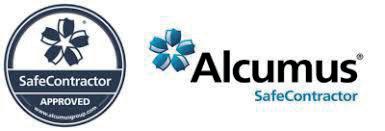


I played cricket for a while as a teenager. I was never the star player, and I batted low down the order and bowled when there was no other choice. I was no Ben Stokes. We did however, have Greg. Greg was the star player in the under-13s, and when he played, we always seemed to win. However, there was a tough day when Greg went into Year 9 and moved up a grade. For the whole of that year, seeing Greg play in the year above, we didn’t win or even come close. We were the school division’s easy game. We realised that summer, we weren’t a team – we just had lived off Greg’s skill. We all have stars in our teams, and we absolutely should celebrate and use them. But teams need vision and participation from everyone involved to ensure team work make the dream work.
www.railwaymission.org


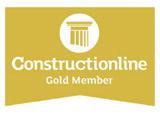
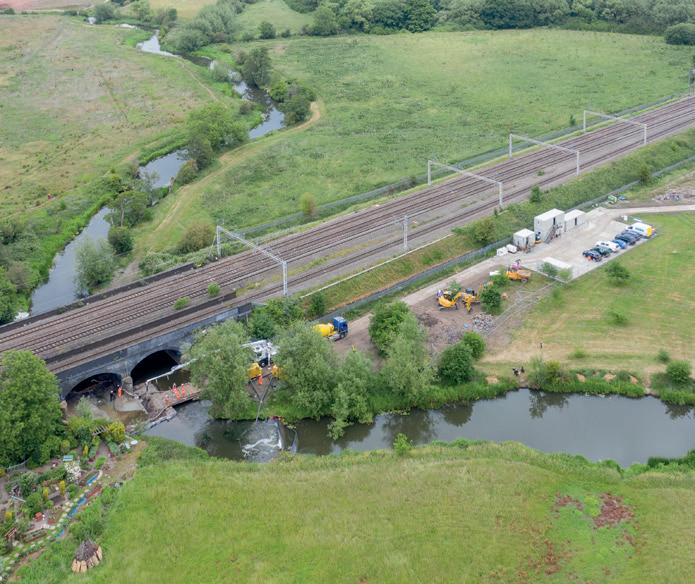




mike.roberts@railwaymission.org

vvww Swansea • Bristol • Kent 01792 301818 www.kaymacmarine.co.uk
Tamworth Scour Protection Scheme
Redbridge Scour Protection Scheme, River Tweed, Galashiels, Scotland
Kaymac Marine & Civil Engineering is the leading provider of marine civil and subsea diving engineering services supporting major rail asset maintenance schemes across the UK
Engineering Innovation Above and Below the Waterline
Rail specialist contractors since 1989
PEOPLE 70 May 2023
Leaders who gain the most respect recognise that sometimes those who work in roles in their teams can know more than them and can have a perspective worth listening to


Delivering railway signalling courses and training programmes to members of the Rail Signalling Industry Specialising in Technical Training and Development Want to know more? Contact us today 01332 343585 enquiries@signet-solutions.com signetsolutions.com Different course types: - ETCS and New Technology - Bespoke Courses - Online Courses available - Signalling Design Courses - Signalling Maintenance Courses - Signalling Testing Courses - Off-site Courses
Terina Keene has stepped down as chief executive officer (CEO) of the Railway Children. She shares her story at the charity, which fights for street children
‘I will be forever proud of what we have all achieved for children and young people’

Terina Keene will never forget her first project visit to Delhi in India as CEO of the Railway Children.
“My heart broke seeing the situation for children at railway stations,” she said. “I could see my own children looking back at me, in the eyes of every child I met. I came home with a grit and absolute determination to make the world a safer place for children.”
It is something that has stayed true to this day, with Terina having led the international children’s charity in transforming the lives of hundreds of thousands of people in India, East Africa and the UK for more than 20 years.
“I feel immensely proud and privileged to have led the organisation for over 21 years,” she said. “I joined in January 2002 as Railway Children’s first general manager with two staff, as we didn’t need a chief executive back then. Now we have an incredible team of 130, all with the same tenacity I had.
“When I made my first visit to an Indian station in Delhi, street-connected children were everywhere I looked, but now our work with the railway communities and authorities has completely changed the outlook for vulnerable children.
“Our child protection systems in India, Tanzania and the UK ensure children are kept safe on a daily basis and we have returned thousands of them home safely to their families.”
Providing protection
Every year thousands of children across the UK, India and East Africa run away or are forced to leave homes that have become unbearable because of poverty, abuse, violence and neglect.
Railway Children provides protection and opportunity, reaching a child as soon as possible, which is crucial to getting children on the streets before an abuser can, and before they become entrenched in street life.
RAILWAY CHILDREN 72 May 2023
The organisation operates at three levels:
1 Street level, where it meets the immediate needs of children on the streets right now.
2 Community level, changing communities’ perceptions of children on the streets and their role in protecting vulnerable children.
3 Government level, persuading policymakers that children living on the streets should be higher on the political agenda.
“Since my very first project visit to India in 2002, I have witnessed incredible change and progress,” said Terina.


“It has taken many years to make such significant systemic changes – influencing government systems and childcare practice takes time and total dedication.”
Raising money

Terina is particularly keen to praise the role of the rail industry in supporting its efforts. From Rail Aid and sleeping rough at stations to running marathons and baking cakes, thousands of rail employees have put themselves out of their comfort zones to raise thousands and thousands of pounds for Railway Children.

She said: “It has truly been a privilege to lead
I will be forever proud of what we have all achieved to make the world a safer place for children and young people, and this has only been possible because of the support we have received.”
Terina has now taken on a new challenge, and after using her leadership skills to navigate the southwest coastal path, will be taking on consultancy projects from September.
Taking over as CEO at the Railway Children is Rob Capener, who himself has been involved with the charity for 15 years.
Terina said: “I couldn’t think of anyone better to take Railway Children forward into the next chapter.
“Having recently launched our new five-year strategy I am confident that Railway Children will build on the impact I have seen over the years and continue to create and enable sustainable change for children living alone and at risk on the streets.
“During my time, we have transformed hundreds of thousands of lives, and I know, under Rob’s leadership, and with the support of the rail industry, Railway Children will continue to deliver transformative change for children, families, and communities for many more years to come.
“I cannot thank you enough for the support and generosity you have shown us during my years of service, and I hope you will continue to support
Over the past 20 years Gall Zeidler Consultants has completed 550km of tunnelling projects across the globe, establishing our position as a world-leader in tunnel design and consultancy services.
Our specialists relish a challenge and always deliver – it’s why we’re a leader in innovative underground solutions, geotechnical engineering, bespoke tunnel design, tunnel rehabilitation, and project/construction management.

London Washington DC New York San Francisco Toronto Salzburg Santiago de Chile New Delhi Singapore www.gzconsultants.com Elevated thinking, underground RAILWAY CHILDREN 73 May 2023
Delivering engineering excellence
Delivering engineering excellence is at the heart of everything being done at IntelRail. The signalling and switch & crossing (S&C) delivery business was set up by managing director Stuart Hope and his business partner little over a year ago.
“We are passionate about delivering a quality service for our customers while improving the overall resilience of the railway infrastructure,” he said.
“It is all well and good having a strapline and website saying this, but until you deliver it, it is just words. In the last year we have proven that we practise what we preach.”
IntelRail is a business managed by a strong leadership team which has more than 100 years of experience in maintenance, reliability improvement, national project delivery and the design, manufacture and installation of S&C.
The company’s focus areas include:
S&C refurbishment, reliability and improvement work.
S&C renewals.
Signalling minor works.
Signalling reliability improvement.
Signalling consultancy.
It has always been an aspiration of Stuart’s to build his own business and joining forces with a colleague meant IntelRail became a reality.
“Drawing on my experience as an infrastructure maintenance engineer with Network Rail, and our work with different delivery agents and companies, the aim with this business is to be the best in its class,” he said.
“Everything we do, we do to the highest of standards and have turned down several opportunities because they are not what we are specialists in. We don’t do anything half-heartedly.”
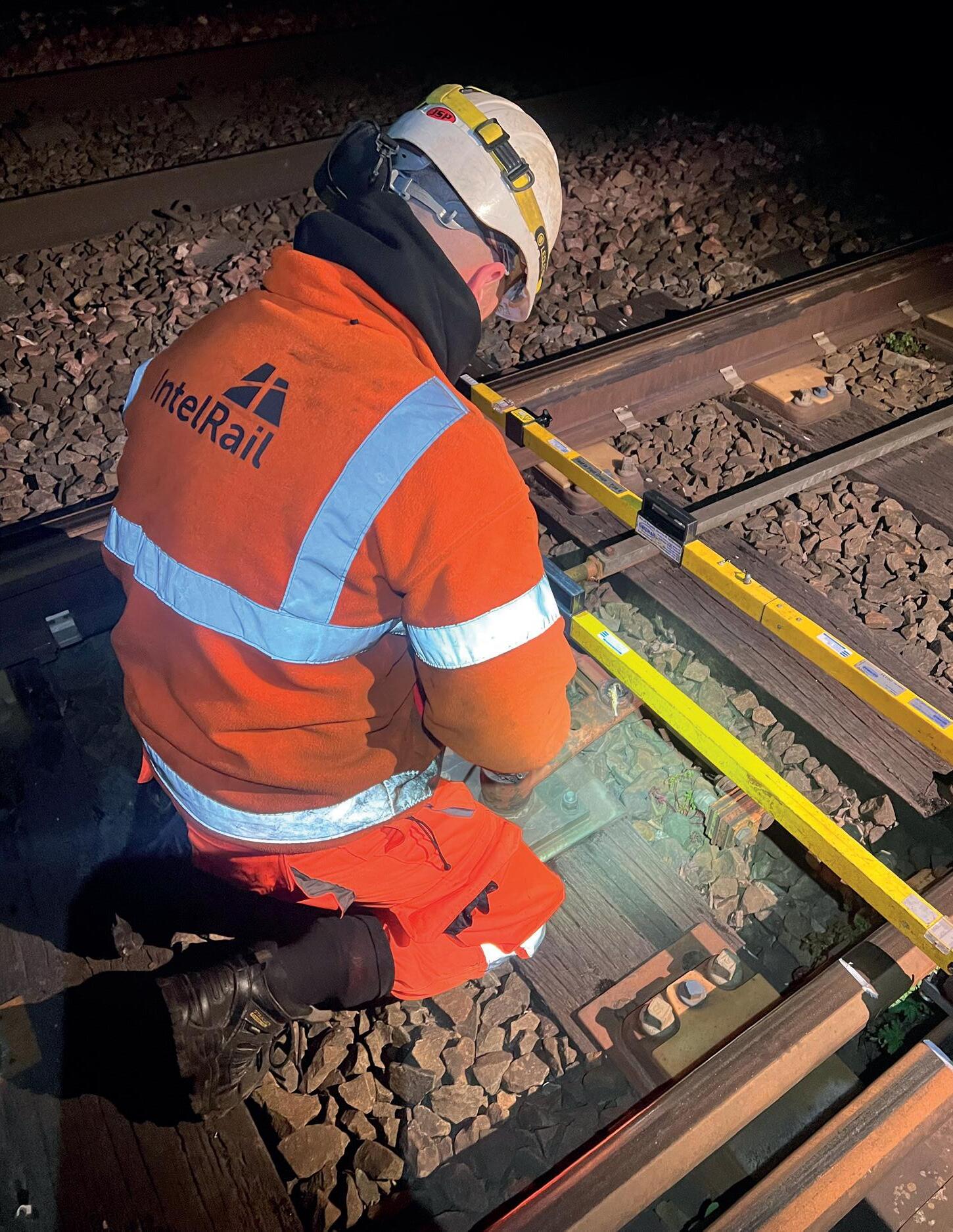
It was always a dream for Stuart Hope to set up a business. Little over a year ago he left Network Rail to do just that, and that business, IntelRail, is already having a major impact on the UK railway
ADVERTORIAL 74 May 2023
It was during the pandemic that Stuart took the plunge explaining although he was enjoying his role at Network Rail, the time was right to set up his own business. “The pandemic really put things into perspective for me and I thought that if I don’t do it now, I won’t do it, so I took the leap,” he said.
“It’s a challenging prospect creating your own business, especially that first month when you don’t have a salary, you are like ‘ok, this is real now’. But we have achieved our initial goals and won several key contracts.”
Among these includes a large contract on the Western route with an S&C reliability project as part of the Elizabeth line enabling works, which the client has described as a huge success.
“The business has continued to grow, along with our reputation, and we are now delivering work on Anglia, West Coast South, Eastern and Southern routes,” he said.
“It has given me the confidence that we have a successful delivery model with the right team, and that is why we have plans to grow the business further.”
Stuart’s plans involve adding design and signalling works testing to his list of services, with the aim of offering a turn key business in which IntelRail will be able to design, deliver and test when it comes to S&C (as well as the more wider signalling asset base).
“We will be building a design organisation as well as growing our testing division of the business so we can enhance our offering to our clients and deliver the full project lifecycle,” he said.
“It is essential we grow the organisation with people who share the same values and motivation so we can deliver our business vision.”
Stuart admits that it has been an incredible learning experience. He says despite all of his experience and extensive research, nothing could really prepare him for building his own business and achieving RISQS accreditation, through to the commercial relationships that have been developed.
“It has been a challenging but enjoyable experience and I’ve loved every minute of it,” he said. “We’ve been able to solve every delivery issue thrown at us and had considerable support from the industry.
“We’re a small enterprise and we specifically do S&C and signalling design, installation, testing, commission and maintenance so it is a specialist market. The key to the success of the business is in taking our client experience, particularly from Network Rail, and delivering their aspirations and objectives in the supply chain. One of my priorities is to instil my safety and delivery behaviours out on site.
“Delivering a quality product, taking accountability and ensuring our teams are competent, with wellmaintained sites will lead to successful projects.”
Looking to the future Stuart’s immediate aim is to continue to build on his current performance and grow a sustainable business from there.
He said: “Control Period 7 (CP7) is a fantastic opportunity for our business to support Network Rail in the delivery of its objectives and efficiency challenges.”
“Our expansion into design and testing will increase our services and, along with a new depot and increasing workforce, we will be well placed to continue our growth strategy into CP7 and beyond.”
Visit https://intelrail.co.uk/ for more details.
Summary of services
Switches and crossings – system reliability
The S&C team carry out a review of the asset history prior to completing a detailed inspection on site. From this a detailed report is produced to give the client a clear view of the current S&C system condition.
The report also details the remedial works required to improve reliability, timescales for delivery and any other reliability improvement recommendations.
Delivery of all planned works ensures the S&C system is set to its optimum with the use of Intelligent Infrastructure a key component of this when available.
We will conduct a follow up visit 7 to 14 days after the works are completed to ensure the S&C system remains reliable.
Switches and crossings – renewal
Pre site visit to scope and agree remit for S&C renewal – ensuring all S&C is correct to the designed drawings.
Delivery of S&C renewal including installation of all iron work, renewal/maintenance of any track components, supply of OTMs and installation, set up and commissioning of POE and all associated equipment.
Post installation site visit to ensure S&C/POE set up to standard following bedding in period.
Upon completion of work a full suite of handback documents will be provided within 24 hours of the work being completed including TEF3239/3068/3074, all S&T equipment readings including SMTH slips/FPL/PF01, SO53/54 inspection and finally an ellipse data cut capturing all work completed.
Packages of delivery available depending on requirements which can include any or all of the above.
Switches and crossings – maintenance
A site visit by our S&C team to scope and provide a detailed report on the asset condition and solutions to improve asset reliability. This will include:
Completion of TEF3239 to understand the current gauge and rectification work required.
Full review of track geometry throughout the designed layout and report on rectification work required.
Detailed inspection of all S&C POE and associated equipment i.e. back drives and switch rollers and report on rectification work required.
Review of the current asset reliability including the lubrication programme and its effectiveness.
Full scope of work detailed in a report for future delivery.
The asset report will also detail requirements for lasting reliability.
Signalling installation works
Teams are fully qualified IRSE competent installers and are competent to deliver work on the following asset types:
Track circuits – TI21/EBI (200/400), HVI, RT Reed, FS2600, AC 50Hz & DC.
Signals (conventional and LED) including AWS and TPWS.
Points – HW2000, IBCL, RCPL & HPSS.
Cables including cable route installation and cable identification.
Any minor civils work associated with signalling installations.
End to end delivery of Testing of Extensive and Simultaneous and Functionally Equivalent Works (SITH/G110) including design (Sig56/ Sig57).
Civils work cover to ensure the integrity of all signalling equipment throughout the work period.
Track and civils support
The team of licensed testers and installers are experienced in covering track and civils work streams which can range from a plain line renewal right up to G110 designs and extensive renewals covering a large area. The type of work streams covered includes:
S&C renewals.
Plain line track renewals.
Earth works/excavations requiring SMTH cable management.
Re-routing of cable routes to facilitate track renewals.
Consultancy services to advise on how to manage the signalling asset during renewals. Any other works requiring signalling support or advice.

Signalling investigation service
The team can investigate and provide guidance on the solution for the following:
Asset performance review (area specific) with a view to advising work streams for improvement.
Signalling power supply maintenance, fault finding and renewal.
Cable tag and trace.
Points failures.
Signalling system failures including SSI datalinks, track circuits, signals and any other associated pieces of equipment.
ADVERTORIAL 75 May 2023
GCRE launches investment Invitation to Tender
GCRE Limited has taken the next step towards securing private investment into the company, with the Welsh Government-owned company issuing an Invitation to Tender (ITT) to pre-qualified organisations as part of the investment process.
The successful bidder will take a majority stake in GCRE Limited and fund the innovation facility to completion. This bidder will also be able to benefit from the wider commercial potential of the 700-hectare site.
GCRE Limited formally launched the public procurement process in January, with the publication of a Contract Notice and Selection Questionnaire. Following this, bidders were pre-qualified through to the next stage.
Chief executive of GCRE Limited, Simon Jones, said: “This represents another important milestone for GCRE Limited as we launch our investment Invitation to Tender. Through our procurement process over the last few months, we have seen a significant amount of interest from potential private investors in the GCRE vision.
“We’ve had high-quality names from different sectors register interest both in GCRE Limited as a company and in the transformational facility we are constructing. We have now pre-qualified a strong group of bidders to the next round of the process and issued this ITT to bidders, which will allow us to open a formal dialogue with them.
“In constructing the Global Centre of Rail Excellence, we are helping develop a once-ina-generation facility. Rail has badly needed a dedicated, purpose-built site for world-class research, testing and innovation for many years and through the GCRE facility, rail will finally get the critical piece of infrastructure it needs.
“That’s what potential investors see in our business and in this investment. There is an important commercial opportunity in the provision of a facility like GCRE to support not only the rail industry and its significant supply chain with the services we will provide, but also in the wider innovation potential that exists at our site.

“Our 700-hectare facility holds out important opportunities in areas such as energy – in the production, storage and innovation of renewable energy technologies – that have significant commercial potential. That’s what potential investors are seeing in this investment opportunity and I’m incredibly excited about the dialogue we will continue with bidders over these next few months.”
The £400 million Global Centre of Rail Excellence is a purpose-built rail innovation centre being constructed in South Wales that will provide a site for world-class research, testing and certification of rolling stock, infrastructure and innovative new rail technologies. The facility has been supported with £50 million from the Welsh Government, £20 million from the UK Government and a further £7.4 million through Innovate UK.
The public procurement process is expected to run until the autumn of 2023. Following this it is expected that GCRE will become majority owned by a private investor(s).
Visit www.gcre.wales/ for more details
Chief executive Simon Jones has described it as an opportunity to support not only the rail industry and its significant supply chain with the services provided, but also with the wider innovation potential that exists at the site
GCRE 76 May 2023
In constructing the Global Centre of Rail Excellence, we are helping develop a oncein-a-generation facility













ASSET INSPECTIONS Earthworks Structures Drainage ACCESS SOLUTIONS Rope Access Underwater Drones Confined Space T: 0333 7722315 E: info@geoaccess.co.uk www.geoaccess.co.uk WE COLLABORATE WE INNOVATE WE SOLVE
Michael Lucas, managing director of Traction Rail Electrical, discusses a decade of helping to power the UK’s railways
Gaining traction
There is no industry Michael Lucas would rather work in than the railways. Since joining the sector as an apprentice straight from school, he has dedicated his working life to playing his part in ensuring the railways keep moving safely and efficiently.
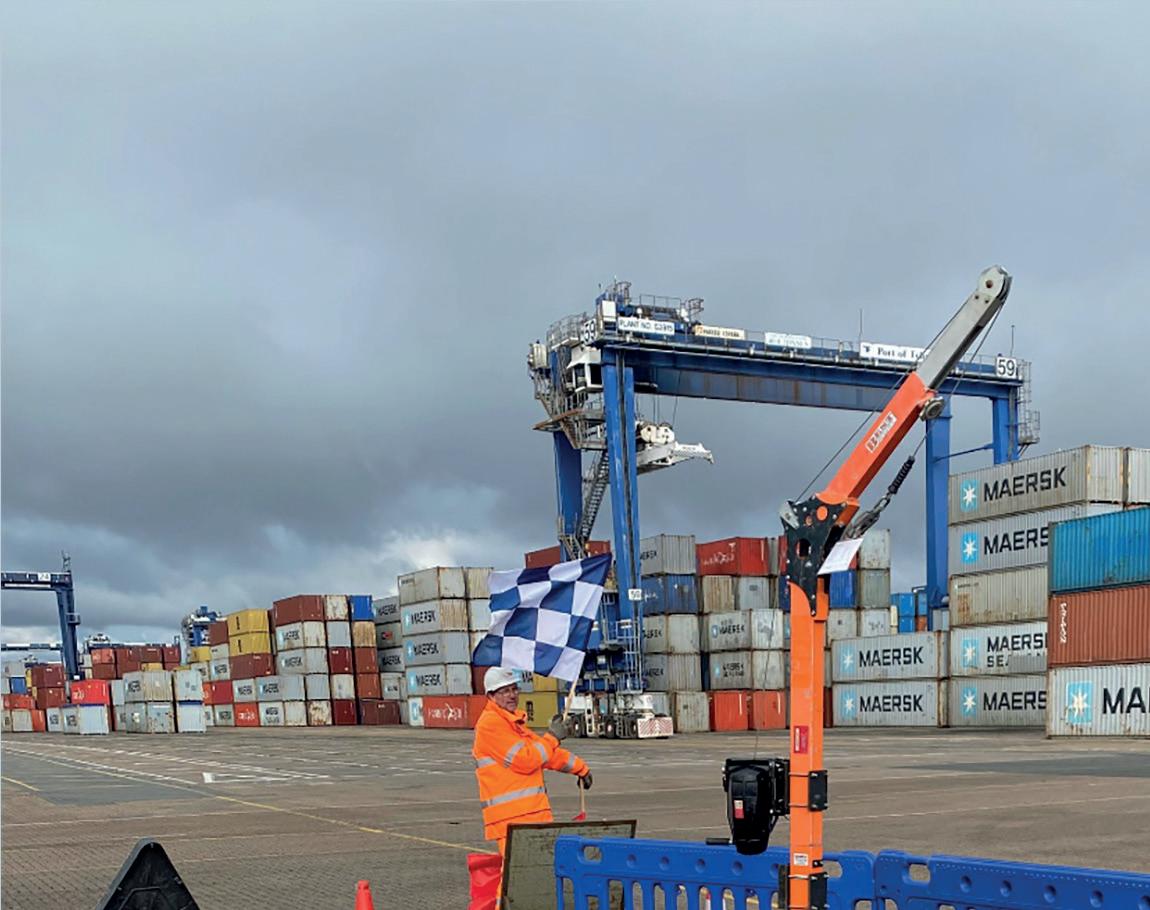
A decade ago, the former Sonic Rail Services and latterly Kier Group worker, decided to go it alone, fulfilling a lifelong ambition of setting up his own business Traction Rail Electrical (TRE), an electrification and plant (E&P) design and installation contractor, providing a bespoke and quality service.

“TRE provides a range of solutions that include design, engineering, consultancy, installation, supervision and management, to the undertaking of the complete packages of work,” he said.

“I’m incredibly proud of being involved in the railways and I can’t think of anything else I’d rather be doing. From being offered an apprenticeship and getting to experience how vast and interesting the railways are, I’ve never looked back.”
Michael was a project manager when he set up TRE in 2013. The idea initially was to create a consultancy as a contractor, but three years later the business expanded, due to a passion to evolve to deliver as a business rather than just a consultant.
“From 2016 we decided to get the Railway Industry Supplier Qualification Scheme (RISQS) certification and then work with companies offering more than just my time,” he said. “From the early days, as soon as I got used to doing my job, it was an ambition I had for quite some time, but it was just about taking the step and doing it. I was at a point where I thought ‘if I don’t do it’ll regret not doing it’.”
Traction Rail Electrical’s offering
DC Traction Power
DC Track feeders
Busbar modification
Trackside equipment
Conductor rail and associated equipment
Jumper cables
Negative bonding and returns
Substation and T.P. Hut equipment
ADVERTORIAL 78 May 2023
TRE has grown into a highly experienced and motivated team with a proven track record of delivering throughout the industry on a wide range of E&P and other major projects. Among the organisations the company has worked with include UK Power Networks, Kier, Balfour Beatty and Network Rail.
“We primarily undertake ETE cabling and conductor rail works, DC track feeders, DC jumper cables, negative returns, negative and positive cabling along track,” he said. “In recent years we’ve been working on several projects in the south and south east of England.
“We undertake HV assessments and provide HV competent persons, route work, containment, cable pulling and other electrification type activities as well.”
A key to TRE’s success is its team of highly skilled, professional and motivated people, with a rich blend of youth and rail experience from key roles, skills competencies and qualities to ensure that works are installed and delivered safely, on time and to the standards that clients expect.
Track record
The organisation has a proven track record in the delivery of a wide variety of E&P services within the railway substation, Track Paralleling Huts and along the track environment. This also includes depots, sidings and switch rooms through the DC electrified rail network.
“I was quite surprised initially how quickly it took off and then we progressed quite quickly,” he said. “Like many organisations, we have been feeling the aftereffects following the pandemic, more so the last year, but things are picking back up and the future is looking bright.
“It has definitely been a journey up to this point but I’m really proud of what has been achieved. With me, whenever I have done anything, I have always given my best, so in setting up this company the ethos has been to do the best we can do and with it provide an essential service for the railway in general.
“Good service, reliability and consistency in making sure it doesn’t slip is what has been the key to our success. As a company, we possess those traditional skills that are being lost. In keeping those skills alive we are bringing that element of quality to the table, which has been passed down from generation to generation.”
Business vision
Despite the challenges, Michael says that the time has flown by. He is marking the birthday celebrations with a vision for the business to expand even more in the UK rail sector, as well as becoming more diverse with it comes to TRE’s offering.
“Our main focus is on ETE cabling and conductor rail, however, we would like to offer our clients more of a wide-ranging E&P service,” he said. “To achieve this we have been strengthening the business to support the things we are doing now and to broaden our capabilities for future endeavours.


“Overall, I am excited for the future, and I genuinely feel like opportunities are picking up after the last year and that TRE has a very important role to play as the UK railway industry undergoes its biggest transformation in a lifetime.”
Electrical Installation
Lighting
Power
Equipment and switch installation
Containment
COLR and PCRID
Earthing and Bonding
OHLE bonding
Track bonding
CTS bonding
HV Electrification
Cable pulls
HV Assessments
HV Competent Person Duties
Good service, reliability and consistency in making sure it doesn’t slip is what has been the key to our success
ADVERTORIAL 79 May 2023
Alstom signs new contract with the Pomeranian Metropolitan Railway in Poland
Alstom has signed an agreement with the Pomeranian Metropolitan Railway, Pomeranian railroad infrastructure management company, to provide full maintenance services, including repairs and periodic inspections of rail traffic control equipment manufactured by the Alstom ZWUS site. This is the fourth maintenance contract in a row. Adam Juretko, managing director of Alstom ZWUS, said: “We are pleased to continue our cooperation, developed steadily since 2016, with the Pomeranian Metropolitan Railway.”
Knorr-Bremse wins order from Dawonsys
Rail transport: a roadmap for decarbonisation together
Knorr-Bremse will further expand its presence in South Korea’s mobility market thanks to a major supply agreement with leading train manufacturer Dawonsys. The company will equip a large fleet of regional and commuter trains – 208 railcars in total – with complete braking systems. South Korea’s national rail operator KORAIL expects to put the first trains into service at the end of Q1 2024. Dr. Jürgen Wilder, member of the executive board of Knorr-Bremse AG and responsible for the Rail Vehicle Systems division, said: “With this supply contract, our longstanding partner Dawonsys has reaffirmed its confidence in the highly reliable braking technologies we’ve developed.”
Rowe Hankins Limited (RHL) wins an export order to Brazil, Sao Paulo Metro
Electronics manufacturer Rowe Hankins Ltd (RHL) can confirm it has won an export order to supply Speed Sensors to Sao Paulo Metro in Brazil. Having worked in coordination with the Metro company RHL developed a Speed Sensor in line with the specific requirements for this overhaul project for the J fleet that operates on the Blue & Green lines. These lines are essential as they operate through financial centre of Sao Paulo. The winner of the supply tender was MEG which has now placed the order with RHL and production is now taking place.
The first phase of the Association of European Rail Rolling Stock Lessors (AERRL) study on alternatives to fossil diesel use in railways is now at an end.

The conclusions of the study, launched by AERRL, Akiem, Beacon and Cargounit, with support from Crédit Agricole CIB, ING, KfW IPEX-Bank and Societe Generale, show that the entire rail sector needs to design a common strategy to address the challenge of transitioning from fossil diesel.
AERRL has shared an initial roadmap of technology alternatives for the years to 2050, based on results of a study conducted by eolos.
In terms of climate challenges, the European Commission’s Green Deal sets a clear target: by 2050, transport emissions must fall by 90 per cent compared to 1990 levels. Responsible for less than one per cent of total European CO2 emissions, rail is part of the solution and is committed to growing its market share.
Indeed, freight traffic is forecast to rise 100 per cent by 2050. But rail also needs to design a process for phasing out diesel fuel if it is to remain the most sustainable form of land transport.
Launched in July 2022 and carried out by eolos, an industrial consulting company that helps the rail sector to embed environmental sustainability into business operations, the study examines the EU regulatory framework and certain national strategies, providing a
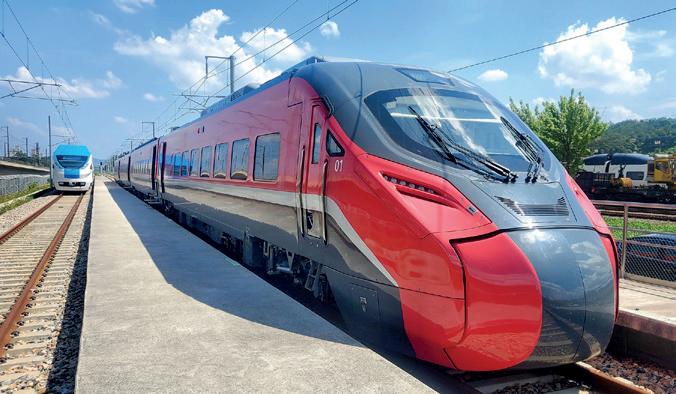
preliminary assessment of technology alternatives.
Fabien Rochefort, AERRL chair, said: “An ambitious and aligned roadmap for near-term decarbonisation is currently the missing link in European policy. HVO can contribute very easily to short-term decarbonisation of existing diesel-powered fleets.
“Battery-electric technology seems to be a likely game-changer for the medium and long term. Hydrogen, and potentially ammonia, could be later alternative solutions for heavy freight trains where infrastructure electrification, even partial is not available and batteries not suitable.
“Working from this initial roadmap, we hope to hold further discussions, leading to a common project with all rail stakeholders and pushing policy makers to support our willingness to promote green transportation furthermore.”
Robert van Duuren, ING, representing the supporting banks, concluded: “The banks have supported this initiative by rolling stock leasing companies because we share their determination to continue to drive down emissions in the rail industry.
“We anticipate a combination of solutions will be needed to make progress in the real world, and I therefore find it interesting that the study describes multiple alternative technologies. We hope this initiative will motivate many actors to begin their transition.”
News in brief INTERNATIONAL NEWS 80 May 2023
ON THE RIGHT TRACK FOR ACOUSTIC, THERMAL AND PASSIVE FIRE PERFORMANCE
With over 45 years’ experience, Siderise passive fire and acoustic insulation systems provide high-performance solutions for the rail industry without compromise. Coaches built incorporating our rigorously tested thermo-acoustic insulation, benefit from improved sound absorption, reduced sound transmission and improved reaction-to-fire performance to EN45545-2. The result, all-round comfort and peace of mind – from roof, to floor, to walls.

• Exceptional thermal and acoustic performance
• Thermo-acoustic insulation rail products are independently tested for fire, smoke and toxicity performance (to EN45545-2)
• In-house acoustic engineers to assist with product selection
• Wide range of products including vibration damping materials
Get on the right track at siderise.com
Giuseppe Marino is the new group chief executive officer (CEO) of Hitachi Rail as it enters an exciting new chapter delivering more innovative technologies and sustainable transport around the world. He rejoins the company after four years, having previously been its chief operating officer (COO) of rolling stock
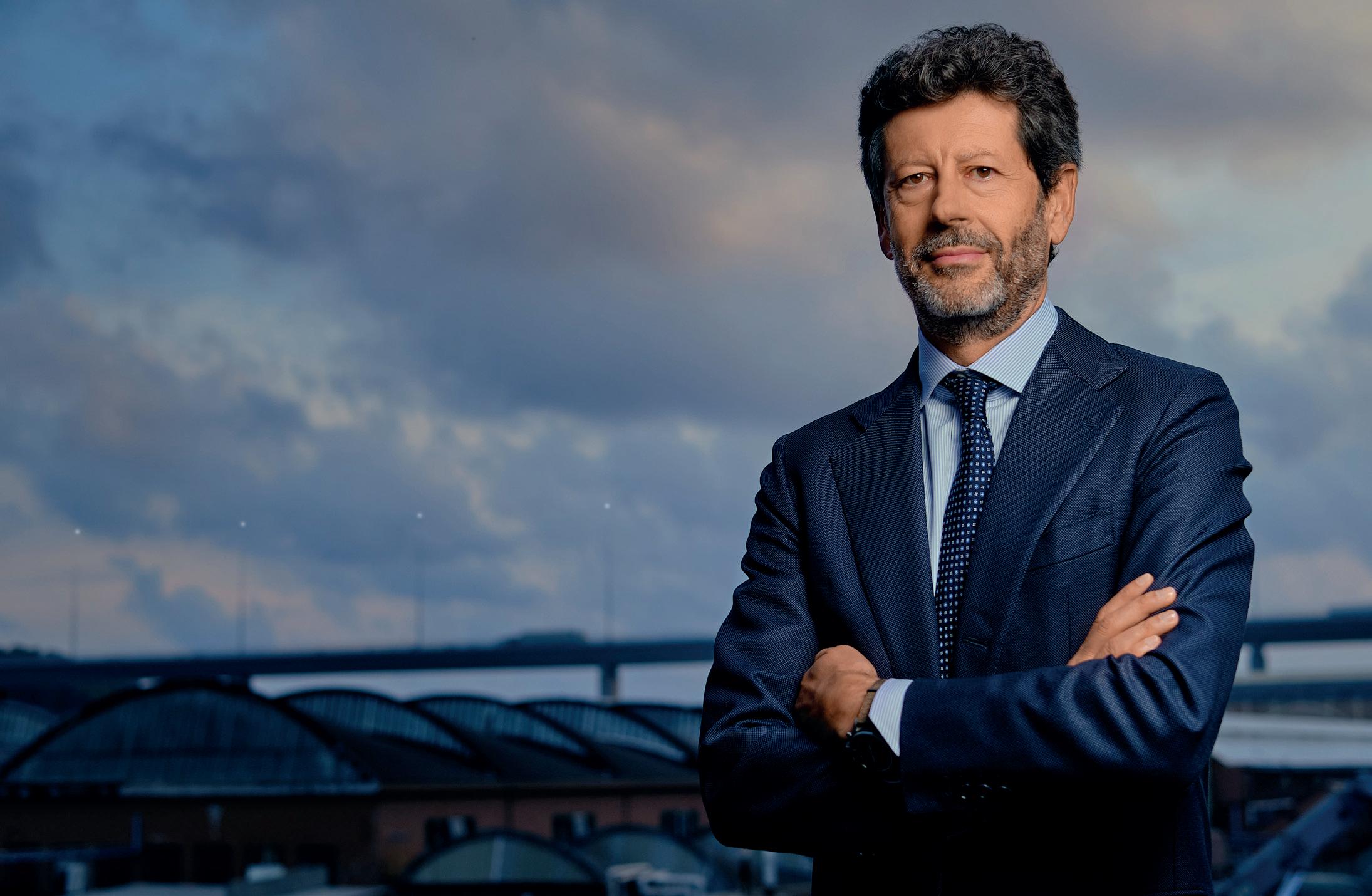
Green transformation is the destination and digital transformation is how we will get there
What attracted you to rejoin the company?
I had 10 years at Hitachi Rail and AnsaldoBreda, before I joined Ansaldo Energia as CEO in 2019. I was global COO of AnsaldoBreda when Hitachi acquired it in 2015 and I was immediately impressed with the Hitachi approach; they really took care of us. Hitachi has really grown the business since then, and I’m excited to see how far it has come even in the few years since I’ve been away.
Hitachi Rail has transformed from a challenger in the rail market over the last four years into a truly global player, and we are about to start a new chapter. Our planned acquisition of Thales Ground Transportation Systems (GTS) will accelerate that opportunity. So, within Hitachi Rail we have something very special. But what really differentiates us is the partnership with the wider Hitachi group. Not only has partnering with Hitachi Energy and Hitachi Digital provided access to
financing, but it also offers very strong opportunities to create more value for customers and stakeholders. This combination can deliver more competitive offerings and more innovative solutions for our customers.
Ultimately, we are driven by our values, and I believe this is incredibly important to our success. Our values of harmony, sincerity and pioneering spirit are really strong.
What are you aims, particularly looking at growth in the digital and green spaces?
Green transformation is the destination, and digital transformation is how we will get there. At Hitachi Rail, our digital transformation strategy comprises how we improve our own operational performance –for example, the new digital factory we are building in the USA; how we are digitising our core offering to customers, such as our new asset performance
management technologies to improve safety, reliability and availability of rail infrastructure through data; and our new entry into the smart mobility space, where we are helping passengers and operators to optimise how they use public transport in cities like Genoa and Trentino in Italy.
Our smart mobility strategy is also the first driver for our decarbonisation strategy. Smart mobility can address congestion and pollution by helping people to switch from cars and planes to public transport. We are also pioneering battery technology to decarbonise our fleets; for example, we recently launched Europe’s first hybrid batterydiesel-electric passenger service – the Blues train in Italy. We also need to improve the sustainability of our own operations, for example in Italy, where 60 per cent of our energy at our manufacturing sites is coming from solar power.
MOVERS AND SHAKERS 82 May 2023
Among the objectives for the financial year includes the completion of the acquisition of Thales’ Ground Transportation Systems, where is the business on this?
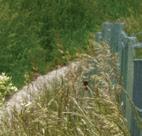









Hitachi Rail intends to complete the acquisition of Thales’ GTS business once it has the necessary regulatory clearances, and begin the subsequent integration. We believe the integration will enable the Hitachi Rail group to offer enhanced geographical coverage, as well as strengthening capabilities in signalling, passenger information, ticketing systems and digital solutions.
The combined organisations will have the ability to offer a broader and deeper range of solutions to a wider base of customers, and further accelerate the growth in digital solutions.
What are the challenges facing the industry and how can Hitachi Rail play a role in overcoming them?




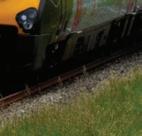



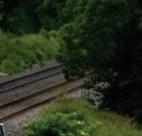
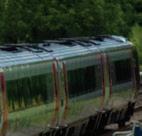
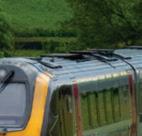




The last few years have underlined that it is very difficult to predict the future. Geopolitical issues can have dramatic influences on investment levels in rail, so it is challenging to develop the correct strategy from a business standpoint. The speed of change means we need to find a way to be flexible and responsive to external developments. Agility will be key for success in any business.
Green transformation absolutely needs to be achieved as soon as possible, because the planet is


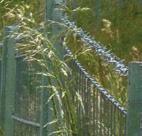





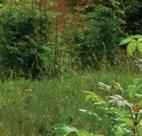


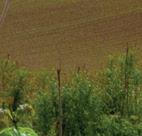
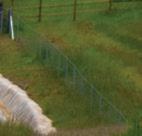
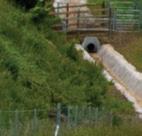










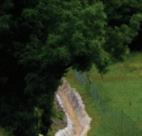































































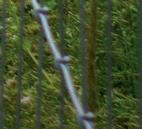
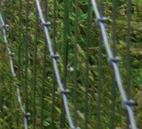













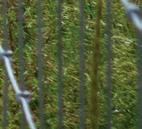
















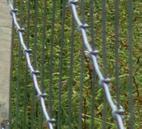














suffering. But how we get there is still to be written. In many ways this is now a technical issue – it may be that technological breakthroughs will change the way we do business. I believe digital transformation will be at the heart of solutions; driving innovation, creating new technologies that are sustainable but also helping make public transport more attractive to both passengers and municipalities. That means reducing costs, improving efficiencies, and offering new solutions to customers. It’s not a nice to have, it’s a must. And it’s clear that companies that don’t invest in this don’t succeed. What is a growth driver for one business is a disruptor for someone else.
What targets have been set for the year/s ahead and what is your vision for the longer-term future?

The Hitachi group is driven by its mid-term management plan, and for Hitachi Rail, this means focusing on growth through digital and green transformation, and expansion into new markets, especially through our Signalling and Turnkey business. Thales GTS plays a really important role in that vision. But I also see great opportunities to partner more closely with other Hitachi businesses like Hitachi Energy, Vantara and GlobalLogic.
Reflecting on your career, how proud are you of your journey and what one piece of advice has stuck with you throughout your career?
At Hitachi Rail, when I was part of the company as COO, I was very fortunate to have had many memorable moments, but I am particularly proud of the work we did on launching the iconic Frecciarossa very high-speed train. The ETR1000 is now running in France and Spain and could soon even reach Germany and Portugal. I’m so excited to be part of this again.
I was also involved in the early days of our Newton Aycliffe factory in the UK. We had to bring together a multicultural team of British, Japanese and Italians. When we went to the pub together after work, we felt that although we were all coming from different places, we shared the same passion, and we could learn from each other. We delivered over 400 car body shells together in a single year - an incredible task, with everyone working well together with the right harmony (one of Hitachi’s core values). Three different types of expertise to deliver the projects on time – a great achievement that isn’t often seen in the rail industry. Now I am back at Hitachi Rail as CEO, I am excited to take the journey on the next adventure.
In terms of advice, across the many stages of my career, I have learnt that to act as a leader it is important to have a long-term vision and to put our teams at the centre of everything. But perhaps even more importantly, we must work with passion – this has always been true and will never change, because what we do really matters to people and it matters to society.
The
carbon
conventional concrete concretecanvas.com for further information, visit: C M Y CM MY CY CMY K ai166679513615_2210 - Rail Business Daily Half Page Advert.pdf 1 26/10/2022 15:39:27 MOVERS AND SHAKERS 83 May 2023
rapid, cost effective lower
alternative to
Talyllyn Railway announces new general managers
Talyllyn Railway (TR) has started off the new season with two new general managers. Following Stuart Williams’ departure to a new post, two of the railway’s senior managers, Lorraine Simkiss and Liz Porrett, will now share this role for the foreseeable future.
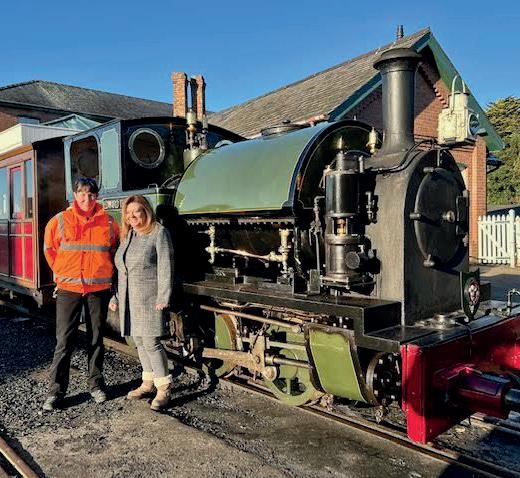
Lorraine will become general manager (commercial) and take responsibility for all income generation and human resource matters for both staff and volunteers. Liz takes on responsibility as general manager for operations, engineering and developments.

Lorraine said: “Well, what a start to the year this has been. We said farewell to Stuart, thanking him for all his hard work and effort and recognising the significant positive impact he had made to the railway in his time here, and wishing him all the very best on his new adventure in Orkney. And for Liz and I, an exciting opportunity to lead and guide the railway amidst uncertain times.
“These changes are undoubtedly the way to keep us progressing as an organisation. When we want to thrive rather than just survive in these times, standing still is never an option.”

Delivering railway signalling courses and training programmes to members of the Rail Signalling Industry Specialising in Technical Training and Development Want to know more? Contact us today 01332 343585 | enquiries@signet-solutions.com signetsolutions.com
Lorraine Simkiss (left) and Liz Porrett
Photo (right)
MOVERS AND SHAKERS 84 May 2023
Image: Talyllyn Railway
Civils Design Support for


the UK’s Railways
From small ancillary civil projects, through to large multidisciplinary bridge, station and tunnel schemes, our in house Civils and Structures team have extensive experience in producing proficient designs to support the delivery of projects both on and off the railway.

Proactively innovating and adapting whilst maintaining an absolute devotion to safety and sustainability, they deliver both exceptional quality and value by default, building legacies for generations of rail users to come.
check Foundation design check Slab track design
check Infrastructure uprgrades check UTX / URX designs
check Retaining structures check Access for All footbridge design
check Civils CRE services check Parapet modifications
check Vehicular incursion assessment & design check OLE registrations & renewals
check Temporary works design
SAMUEL WALKER BSC (HONS) ENGTECH MICE CIVILS DESIGN DIRECTOR 01904 403 322 info@seprail.co.uk phone envelope Need civils design support on your projects? Get in touch
ACO have pioneered the management of surface water and provide architects, specifiers and engineers with a complete package of integrated systems suitable for use across civil engineering projects. technologies@aco.co.uk
https://www.aco.co.uk/ 01462 816 666
SCAN ME
Axis Test Laboratories provide comprehensive environmental testing to qualify and evaluate the behaviour and performance of their products and ensure that all legal requirements are satisfied info@axistestlaboratories.co.uk

https://www.axistestlaboratories.co.uk/ 0191 378 4653
Acorel specialises in real-time passenger flow intelligence solutions incorporating automatic people counting delivering the most accurate technology for analysing the passenger analytics since 1989. phil.linnecor@acorel.com
www.acorel.com/en
+44 (0)780 878 8785
Amaro Group is a leading provider of specialist signalling, LV, HV, and OLE support to the UK’s rail sector and provide engineering and design support on projects.
info@amarogroup.co.uk

https://amarogroup.co.uk 0845 207 1190
SCAN ME
The railway sector can now realise the cost and operational benefits of the internet of things and big data when applied to their buildings and infrastructure. info@codacloud.io https://codacloud.io/ 0345 241 2889

SCAN ME
Community Rail Network is dedicated to supporting community-based groups and partnerships that connect their community with their railway and deliver social benefit. info@communityrail.org.uk

https://communityrail.org.uk/ 01484 548 926
SCAN ME
Contract Plant Rental deliver bespoke, comprehensive contract plant rental solutions designed to meet the diverse needs of clients on an individual basis.
info@contractplantrental.com

https://contractplantrental.com 01933 232 663
SCAN ME
DP Building Systems was established in 1998 as a specialist distributor of cable management, fixing and fasteners solutions sales@dpbuildingsystems.co.uk https://www.dpbuildingsystems.co.uk/ 0121 706 7777

SCAN ME
EKE-Electronics is the perfect partner for train manufacturers, operators, and integrators looking for reliable technology solutions for efficient train manufacturing and operation.
support@eke.fi
https://www.eke-electronics.com +358 9 6130 30
SCAN ME
SCAN ME
SCAN ME
DIRECTORY 86 May 2023
Elite provides a premium service that offers core staff recruitment, training and personnel services to the rail and construction industry in Southeast regions and Greater London.
http://www.eliteprojectservices.com

01708 756 444
EnPro Group provides bespoke, project managed solutions for the rail industry. The company was incorporated in 2017, with the head office located in Wolverhampton. enquiries@enprogroup.co.uk https://enprogroup.co.uk/ 01902 925 307

Global Centre of Rail Excellence
The Global Centre of Rail Excellence (GCRE) will provide state-of the-art rolling stock testing, infrastructure testing and storage and maintenance for the UK and international rail industry. enquiries@gcre.wales
https://tfw.wales/projects/gcre

SCAN ME
Ground Control provides grounds maintenance powered by the latest technology. Since launching in 1973, Ground Control has grown rapidly and now provides full UK-wide coverage info@ground-control.co.uk


https://www.ground-control.co.uk/ 01277 650 697
SCAN ME
HR Kilns is the premier supplier and manufacturer of GRP/FRP (Glass Reinforced Plastic) products, Embankment Steps, Walkways, Gratings, Stair treads, Handrails and ATP Panels. sales@hrkilns.com
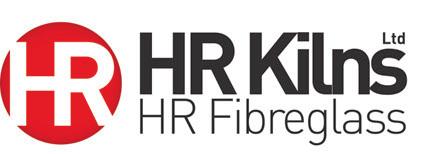
www.hrfibreglass.co.uk 01695 557711
SCAN ME
Icomera is the leading supplier of integrated connectivity solutions for trains, trams, buses and coaches, which serve millions of passengers and tens of thousands of vehicles every day. sales@icomera.com
https://www.icomera.com/ +46 31 799 21 00
SCAN ME
INIT is the worldwide leading supplier of integrated planning, dispatching, telematics and ticketing systems for buses and trains – assisting in making public transport more efficient for over 35 years. www.initse.com/ende/home
+49 721 6100 0
SCAN ME
WorkfloPlus by Intoware transforms paper based forms into digital workflows with access to documents, videos, pictures, weblinks and remote experts to improve safety, accuracy & productivity. hello@intoware.com
https://www.intoware.com +44 (0)115 977 8969
SCAN ME
Jobson James Rail is a national specialist railway insurance broker, the market leader in the UK by a huge margin with over 325 rail clients across the UK, Middle East and Australasia.

keven.parker@jjrail.co.uk
jjrail.co.uk 07816 283949


SCAN ME
SCAN ME
SCAN ME
DIRECTORY 87 May 2023
Specialty lubricants from Klüber Lubrication for train maintenance and infrastructure prove their worth worldwide every day. From lubrication of traction systems and doors to many other components. info@uk.klueber.com

https://www.klueber.com/uk
01422 205115
Luso Electronic Products builds strong and lasting relationships with its customers through its expertise and quality of service. sales@lusoelectronics.com
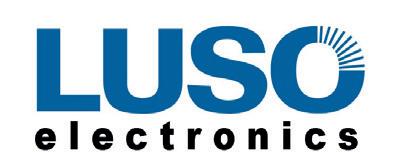
https://www.lusoelectronics.com/rail/ 020 7588 1109

SCAN ME
We are a UK based provider of wellbeing consultancy, training and coaching who support organisations that want to help their staff thrive at work. If we can help, we will. wendy@thementalwealthcompany.co.uk www.thementalwealthcompany.co.uk
07305843993
SCAN ME
One of the world’s largest and fastest-growing manufacturers of components for the automotive and transport industries. https://www.motherson.com/
McCulloch Group are transforming rail infrastructure projects with a fleet of bespoke and patented machines that eliminate manual handling and improve the efficiency of installations. enquiries@mccullochgroup.com
mccullochgroup.com

+44 (0)330 0130 010
SCAN ME
Railsy offers an unmatched variety of courses and programs across the rail industry, created for individuals or groups of all academic levels.
info@railsy.co.uk
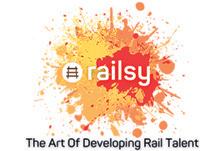
www.railsy.co.uk
0330 043 1037
SCAN ME
Since 1961 Rittal has been a global leader in innovation for its products, including enclosures, cooling solutions, power distribution, and IT infrastructure. Rittal’s robust enclosures are a functional solution for the rail environment. information@rittal.co.uk
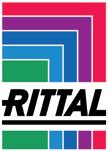
www.rittal.co.uk
01709 704000
SCAN ME
SatSense identify and alert asset owners, managers and engineers of areas at higher risk of ground or structure movement, using satellite-borne radar. contact@satsense.com www.satsense.com


0113 306 1688
SCAN ME
Schweizer Electronic is the market leader in Europe for on track automated protection on busy railways for both passenger and freight lines.
info.seuk@schweizer-electronic.com
www.schweizer-electronic.com
+44 (0)1827 289996
SCAN ME
SCAN ME
SCAN ME
DIRECTORY 88 May 2023
Everything you need is in One Place

This dashboard was launched last year to provide members with a single point of access to a comprehensive set of tools and resources that support rail business growth and development.

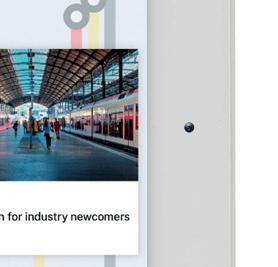
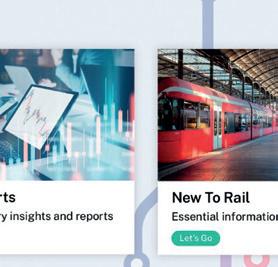

For users with marketing responsibility there is a dedicated toolset including everything from a free website audit and discounts on marketing bundles to access to comprehensive marketing reports, design tips and media resources.


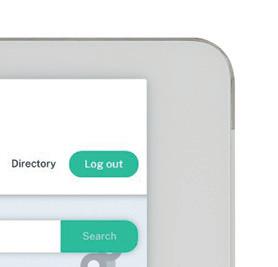

For members responsible for business growth and development, there is an area dedicated to the latest bids and tenders which is updated weekly, funding opportunities in addition to industry reports and insights.


An international and export section is packed with useful information and links to expertise to support a successful export strategy. There are more business support tools developed specifically to focus on hot topics including sustainability, health and safety, and innovation.
And members can share their opportunities, reports, and offers with the community.

To find out more email louise@railbusinessdaily.com community.railbusinessdaily.com

passenger wi-fi
video surveillance + analytics
passenger counting
onboard entertainment journey information
at-seat ordering

passenger feedback
wayside connectivity
industrial design
t I
w e d o n ' t j u s t D O W i - F i ,
e G O B E
O
i - F i .
A
c o m e r a
w
Y
N D W
The RBD Community, the fastest-growing B2B community in rail, continues to build on its popular digital dashboard ‘One Place’
89 May 2023
RBD Community Member Spotlight Feature
Letting off steam
his is a childlike adventure for sensible grown-ups.” That is how journalist and presenter John Sergeant describes the recent challenge of travelling from London to Scotland using only the power of steam.

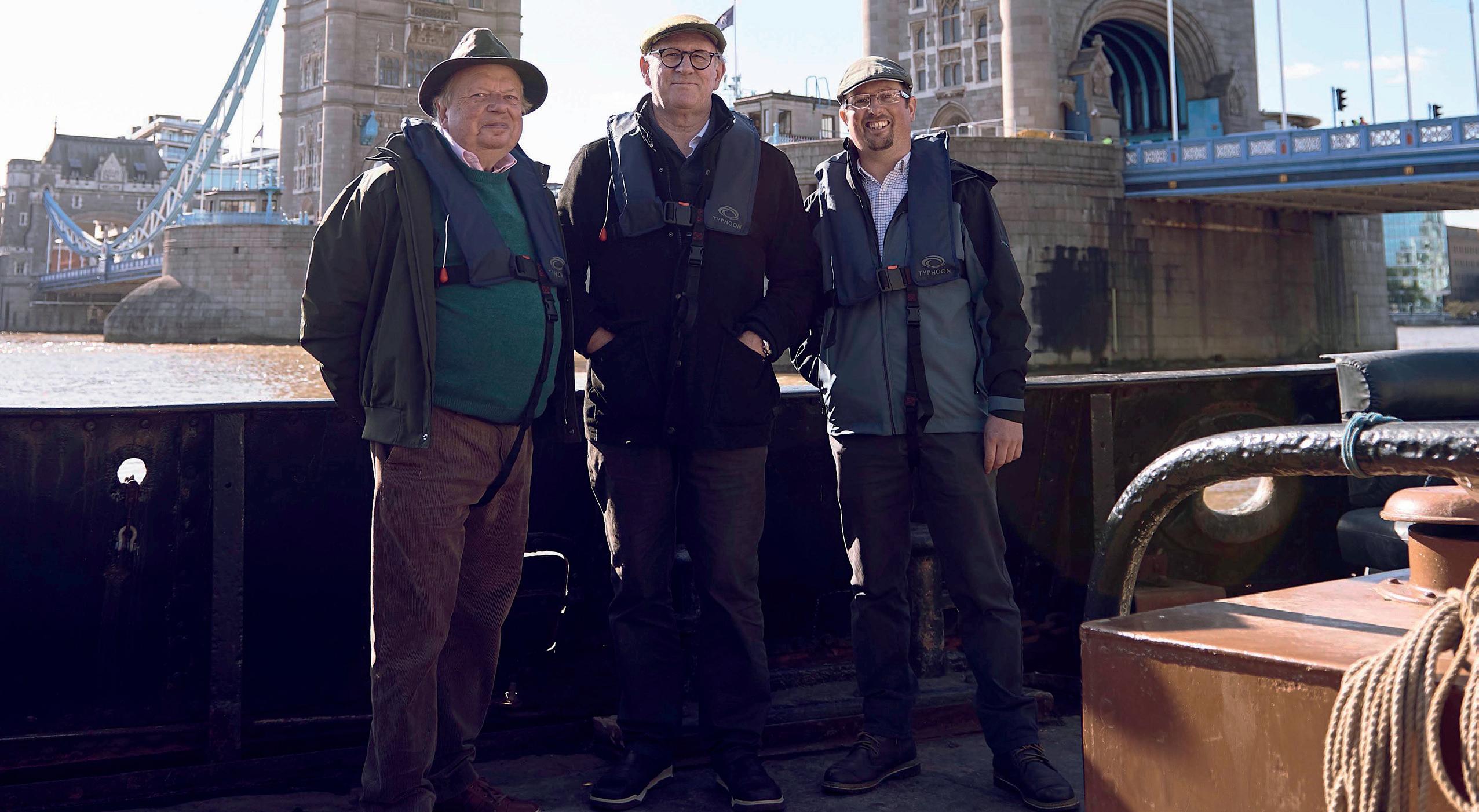
He was joined by actor Peter Davison and Paul ‘Piglet’ Middleton for the four-part series on Channel 5 called The Big Steam Adventure, which started in April.

“There is something about steam engines, which captivates and entertains,” added John. “At one level it is so simple, like the boiling of a kettle. But steam can also drive a railway engine weighing 140 tons at speeds of 100mph.”
The intrepid trio used any steam-means possible to get across the country – from paddle boats to barges, steam cars to trains and traction engines, including North Yorkshire Moors Railway.
Travels without a Tardis

“My favourite form of transport on my travels was driving the monster steam train towards Whitby and stopping for a picnic in the middle of nowhere, which was Piglet’s favourite spot,” said Peter, famed for television roles such as All Creatures Great and Small and Doctor Who.
“One thing I learnt was the disarming and calming qualities of steam. Everybody wants to talk about it, everyone smiles and waves when they see you. Road rage disappears no matter how badly you’re driving, or how slowly. It really is like stepping back in time.”
On the journey, the trio discovered the history and engineering genius of the machines they travelled on, as well as how steam engineering changed life in the UK forever.

En route they also met steam enthusiasts who are keeping the steam tradition going, as well as visiting some iconic historic landmarks.
“The biggest challenge was the distance to travel, with machines that travel slowly and can be unpredictable,” said Paul, who was the star of Channel 5’s The Yorkshire Steam Railway: All Aboard, and has been working on steam locomotives from the age of 16 years old. He is described by Peter as knowing more about steam engines “than should be allowed”.
“The programme is about loads of different types of steam traction and John and Peter get the chance to have a go, whilst we travel from London to Scotland. John and Peter have a lot to learn on how a steam vehicle operates and the pressure is on me to ensure that we get to our destination in one piece and on time.”
Britain By Steam is a DSP (a Banijay UK company) commission for Channel 5, which was commissioned by Lucy Willis, commissioning editor.
All engines great and small
Concluding the interview, Peter described the relationship between the trio throughout the journey.

“At our first meeting we established a happy comradery that saw us through, and we each found a role to play with John endlessly enthusiastic and positive, and my job to put a lid on it, a task I’m happy to say I totally failed to achieve,” he said.
“Piglet kept us entertained by explaining the valves and cylinders and other thingumajigs, and why pressure was the secret to keeping us moving, all of which I was determined to learn but most of which evaporated as quickly as the steam as we chugged along.
“Still, it was great to hear him chatter, and he was charming and understanding with our studied incompetence. Let’s do it again.”
The full series is available on Channel 5’s catch-up service My5 at www.channel5.com/show/the-bigsteam-adventure/season-1/the-big-steam-adventure
“T
May 2023 AND FINALLY... 90
John Sergeant, Peter Davison and Paul ‘Piglet’ Middleton have travelled from London to Scotland using only the power of steam. They share the journey


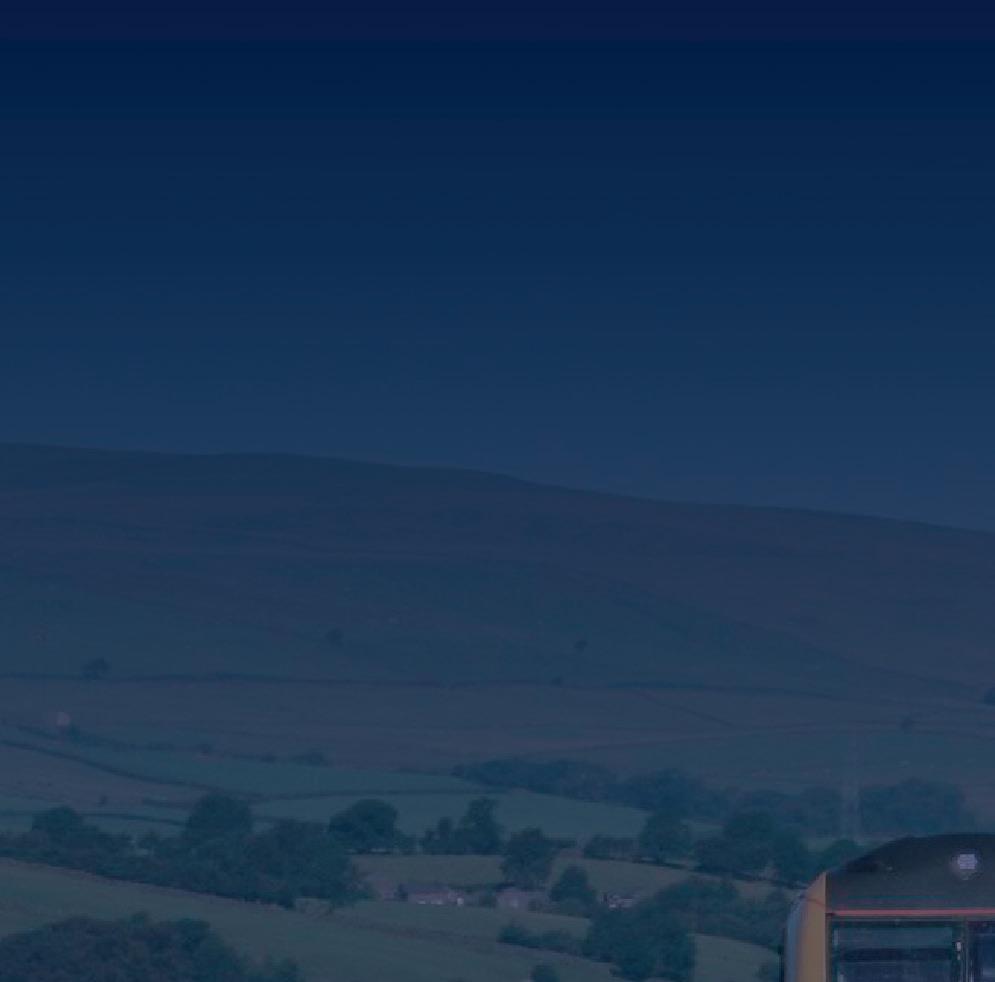


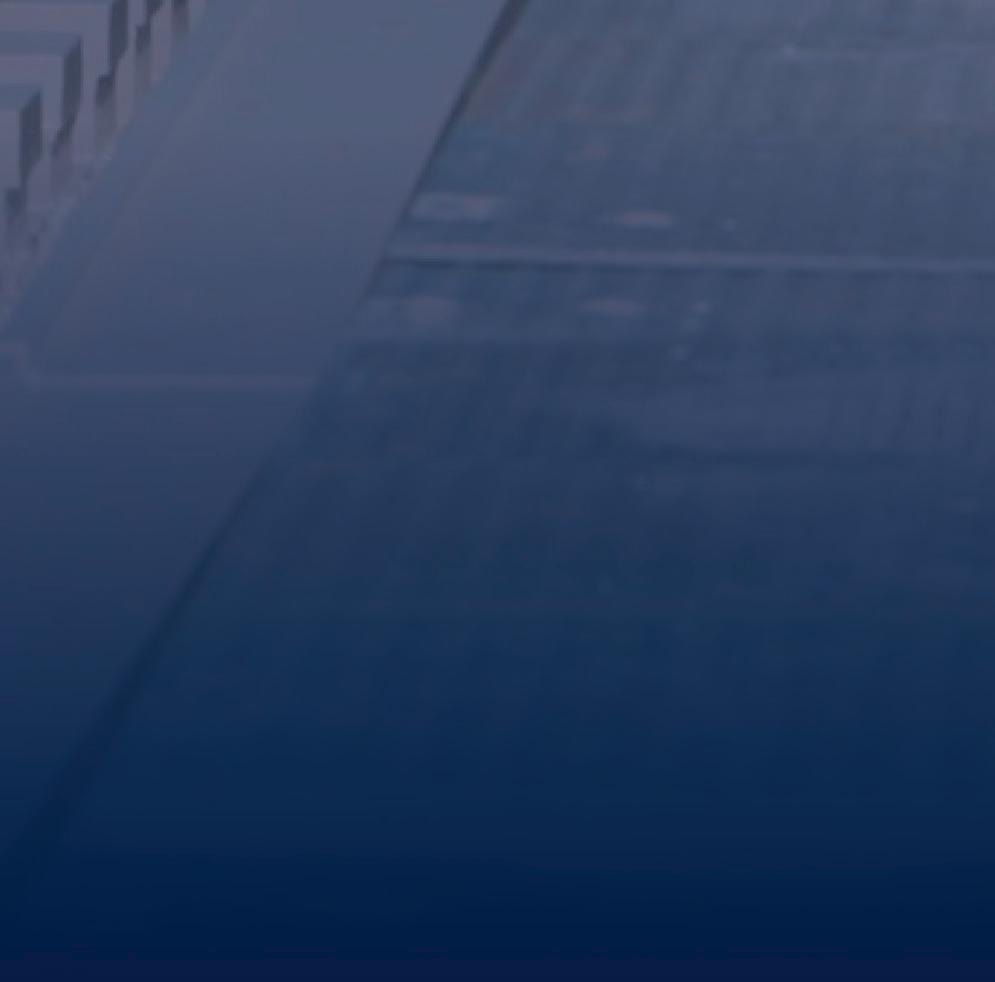


Safely delivering and constructing electrical infrastructure networks across the UK





ukpowernetworksservices.co.uk



We are experts in designing, building, connecting, operating and maintaining complex High Voltage and Extra High Voltage Electrical infrastructure to the highest standards, in the most cost effective and innovative ways.
Scan here to get in touch























































































































































































































































































































 Top: Southall station Image: 4kclips/shutterstock
Middle: Whitechapel station
Image: Nick Turpin/MTR Elizabeth line
Bottom: Heathrow station Image: Craig Russell/shutterstock
Opposite: Paddington station Image: Monika Michalska/MTR Elizabeth line
Top: Southall station Image: 4kclips/shutterstock
Middle: Whitechapel station
Image: Nick Turpin/MTR Elizabeth line
Bottom: Heathrow station Image: Craig Russell/shutterstock
Opposite: Paddington station Image: Monika Michalska/MTR Elizabeth line





























 TfL Performance Manager
TfL Performance Manager













































































































































































































































































































































































